08 May Macro Photography in South Africa 2020

In January and February 2020 I have been back to South Africa and had the opportunity to photograph a couple of species, which I had been looking for for quite some time now.
These included the cryptic and perfectly camouflaged bark spider (Caerostris sexcuspidata), banana stalk flies and a male ant mimicking jumping spider with huge chelicerae, just to mention a few.
While you will find the best photos of these in my galleries, more of them and other species from the trip are collected in this article.
I also met with Norman Larsen, who showed me some nice spots and species, including the nocturnal bark spider.
He is an Honorary Associate Arachnologist at the Iziko South African Museum of Cape Town and member of the African Arachnological Society AFRAS, known for his revision of ‘Filmer’s Spiders: An Identification Guide for Southern Africa’ and for dispelling the myths about cytotoxic spider bites.
The following photos were taken both on field trips during day- and night-time and in suburban areas, like the garden of my house.
It is surprising what kind of insects you can find right at your doorstep, a highlight definitely being the banana stalk flies, that were visiting a rotting trunk of a papaya tree for several days. Praying mantises can be found almost everywhere.
Whenever I found insects that were not too skittish or fast, I put the LAOWA 15mm f/4 macro wide-angle lens to the test.
The wide-angle provides a dramatic effect and lets you include the background and surroundings in the shot, which makes for a nice change to your ‘normal’ macro shots.
It is quite a tricky lens to handle but offers very good quality when you master it and get used to the handling.
You can read more on this lens in my LAOWA 15mm wide-angle lens macro review here.
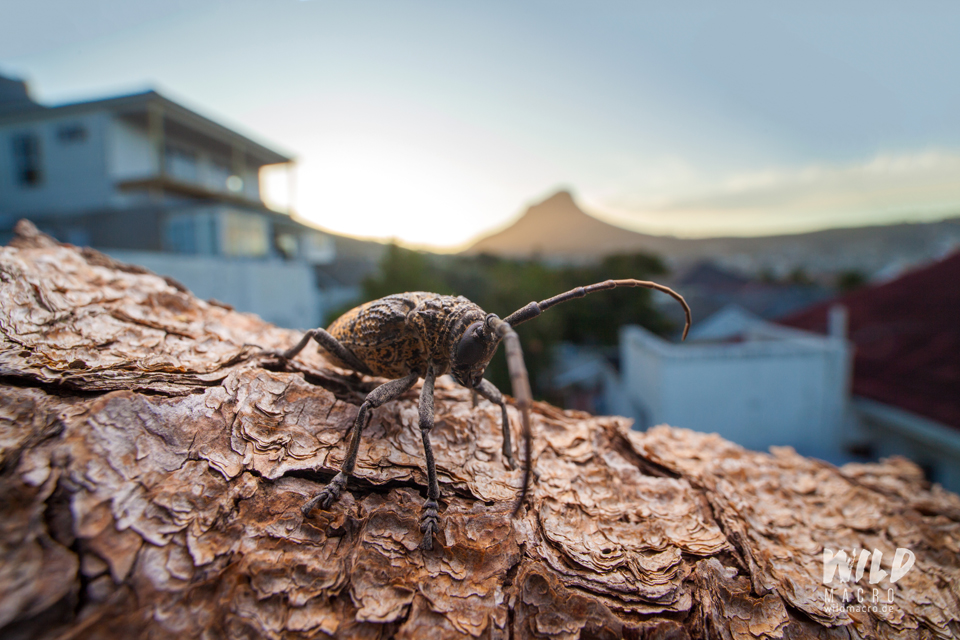
With over 6000 species and 600 genera currently described in the family of Jumping spiders, chances are high to find and photograph a species I have not in my gallery yet, whenever I return to South Africa.
While my focus this year was to photograph a bark spider, I of course found and shot jumping spiders as well.
The following species are primarily found near and in suburban areas and often directly linked and bound to human settlements.
Hasarius adansoni and Menemerus bivitattus for example are some of the most common spiders you will come across, no matter where in the world you are.
Hasarius adansoni female
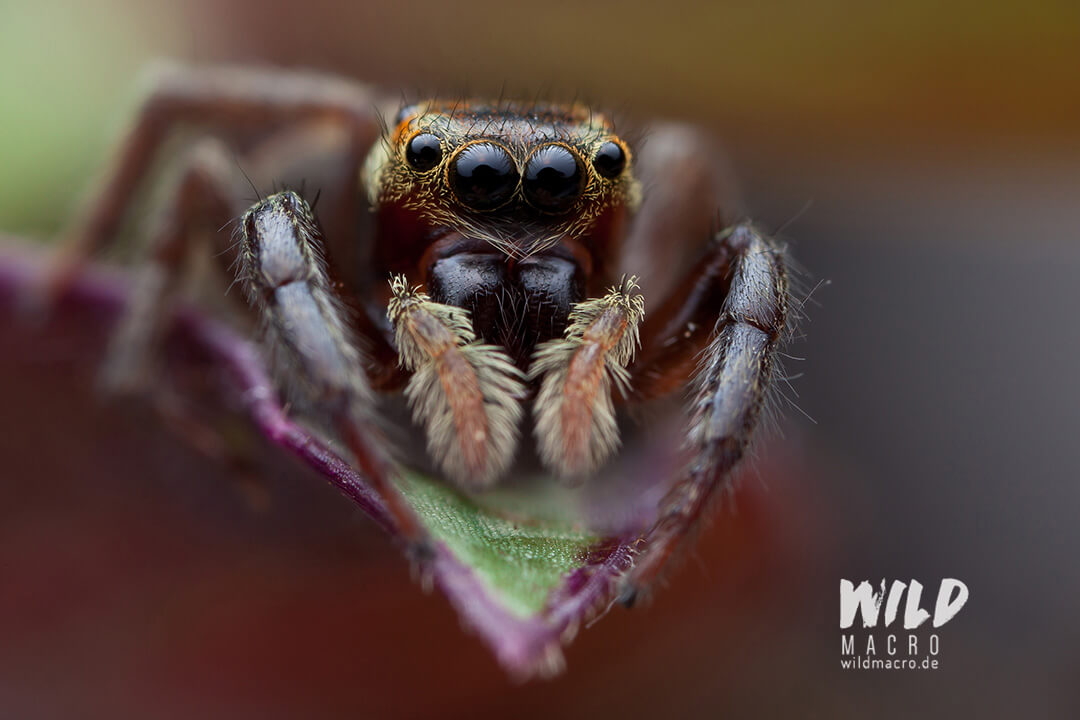
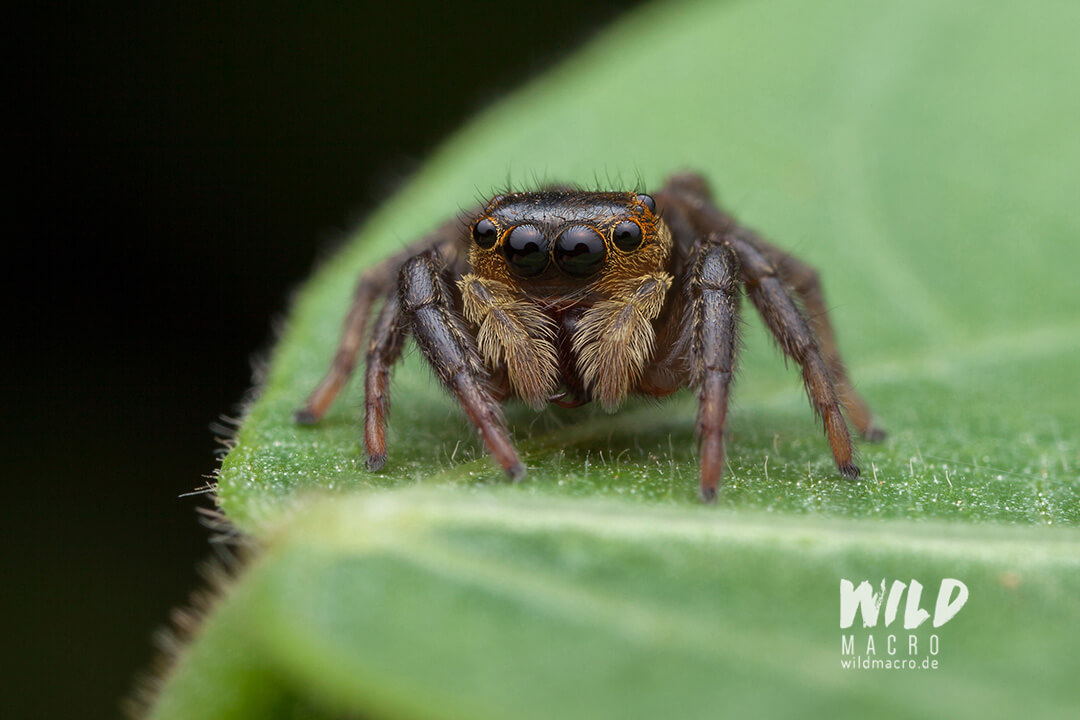
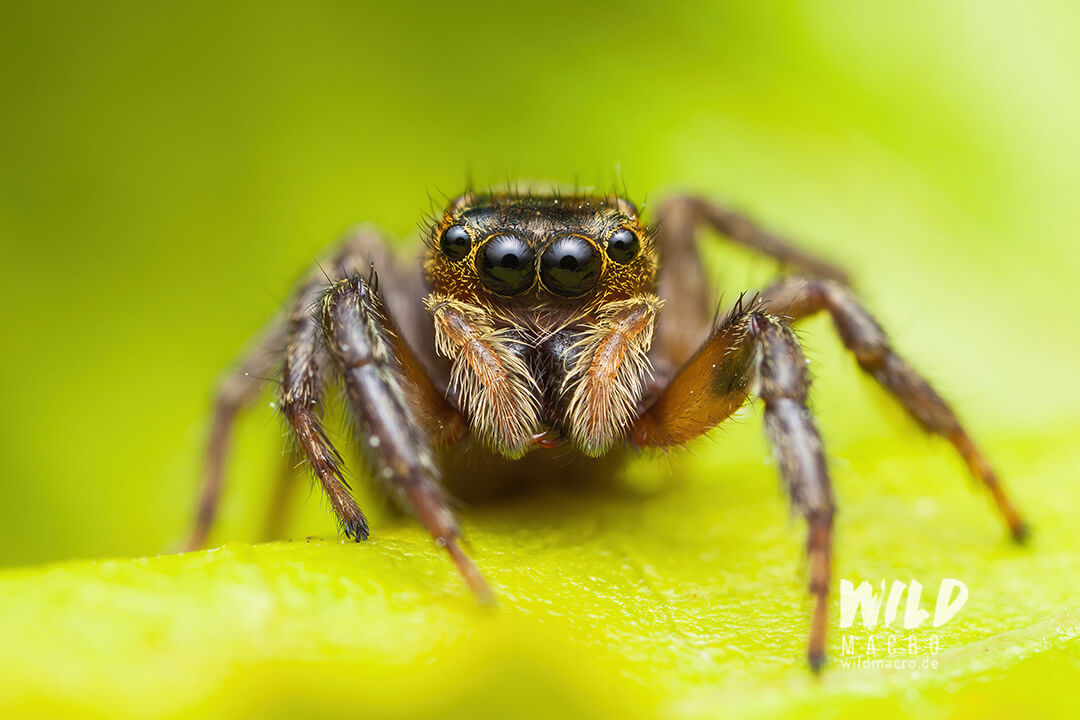
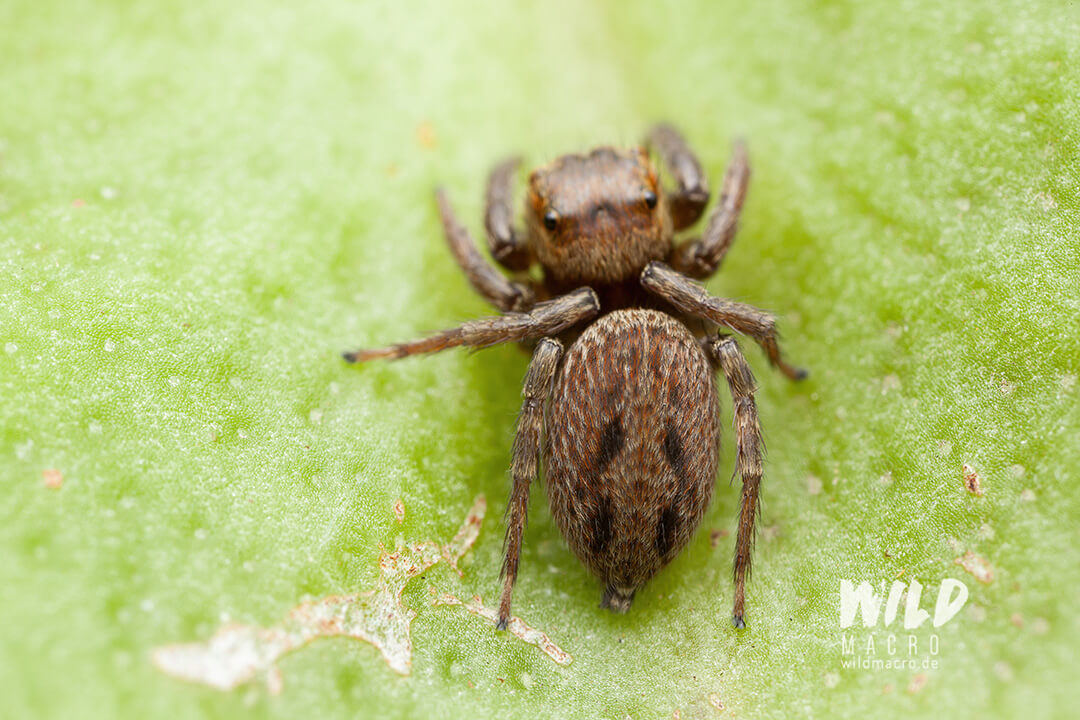
Hasarius adansoni male
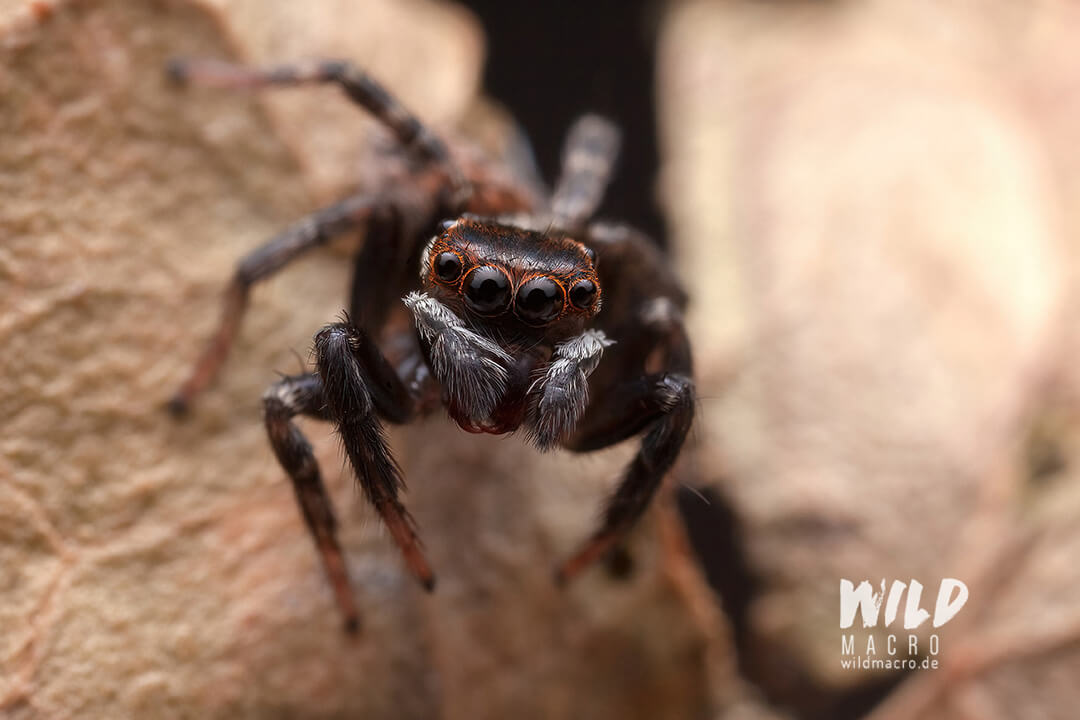
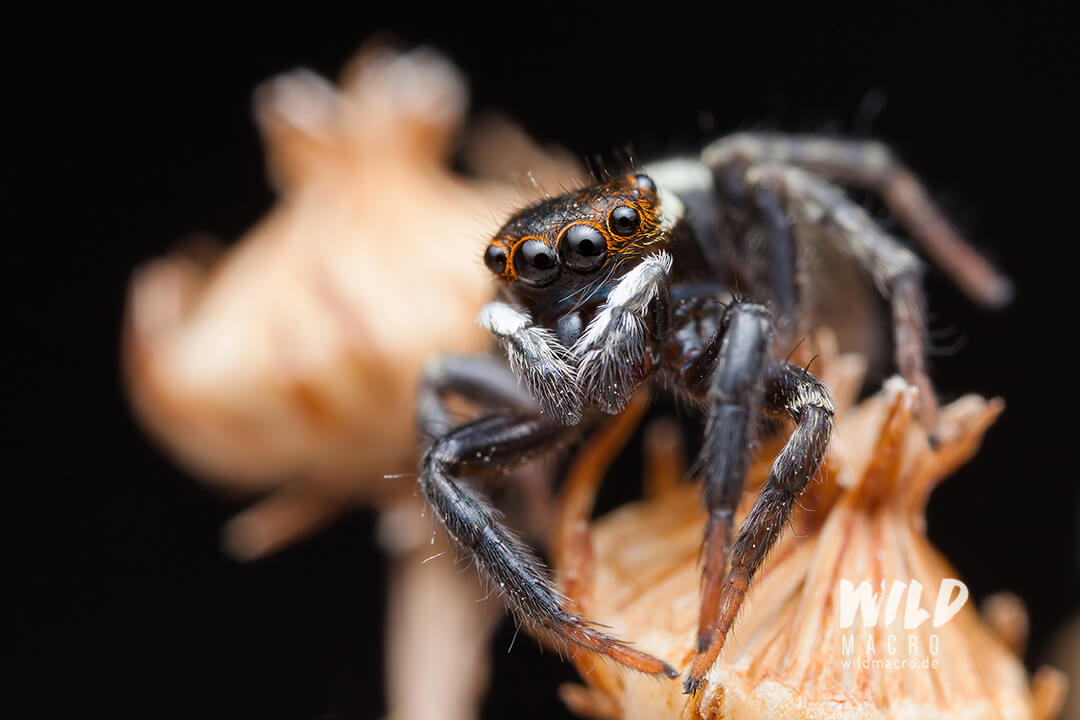
Menerus bivittatus male
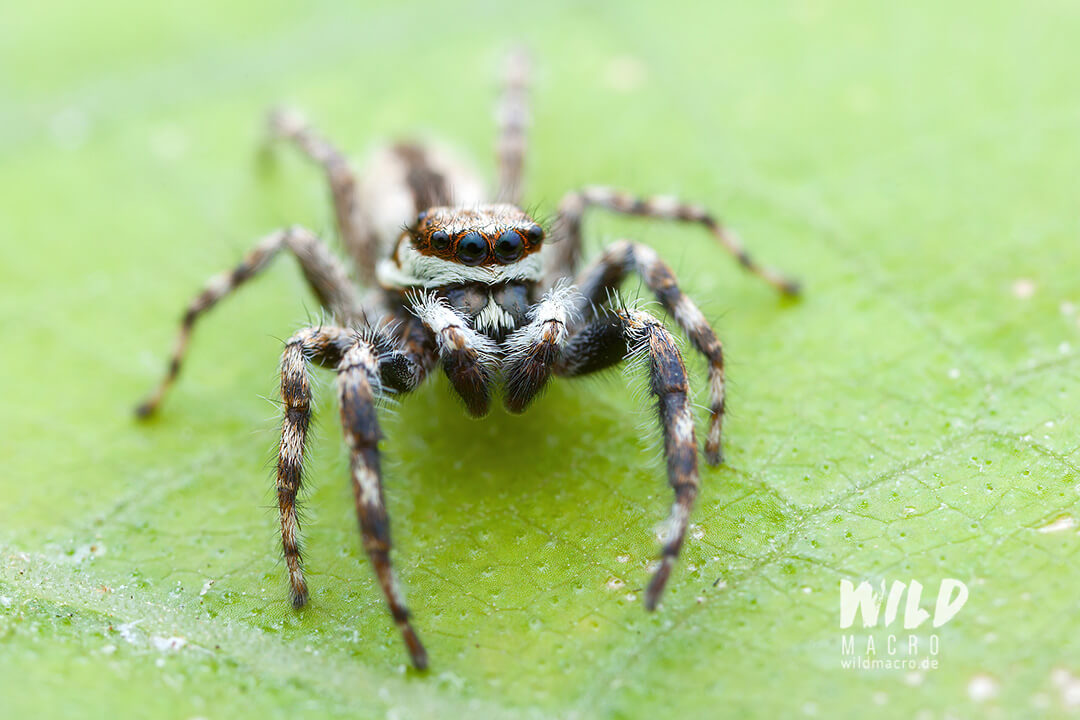
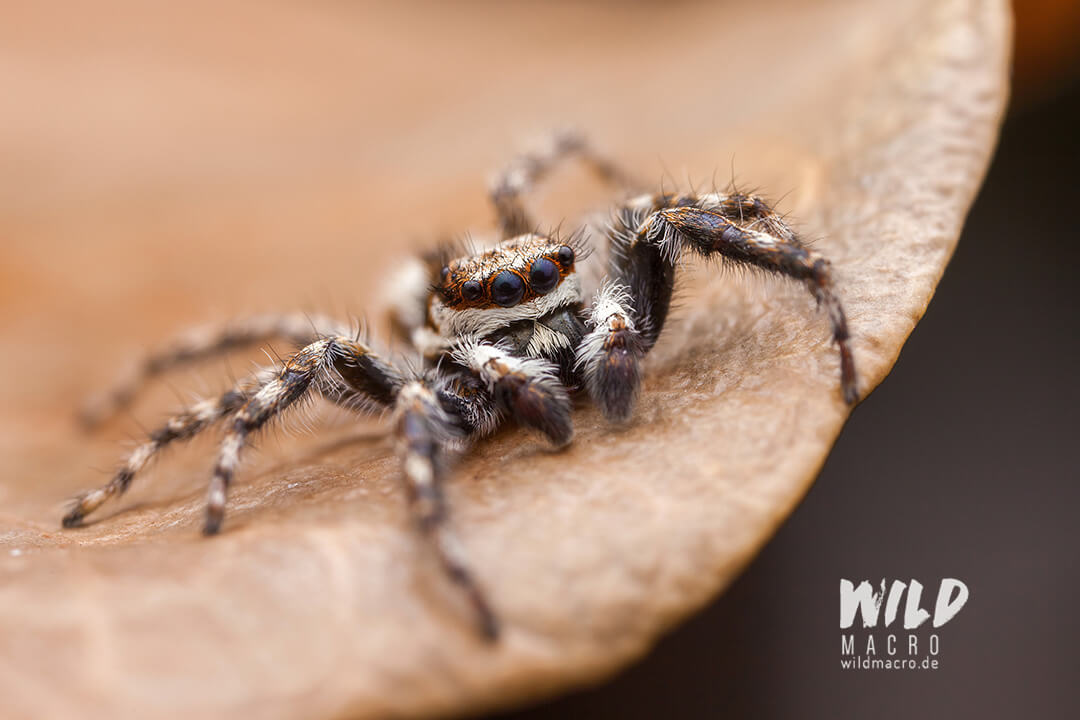
Jumping spiders from South Africa
Myrmarachne marshalli male
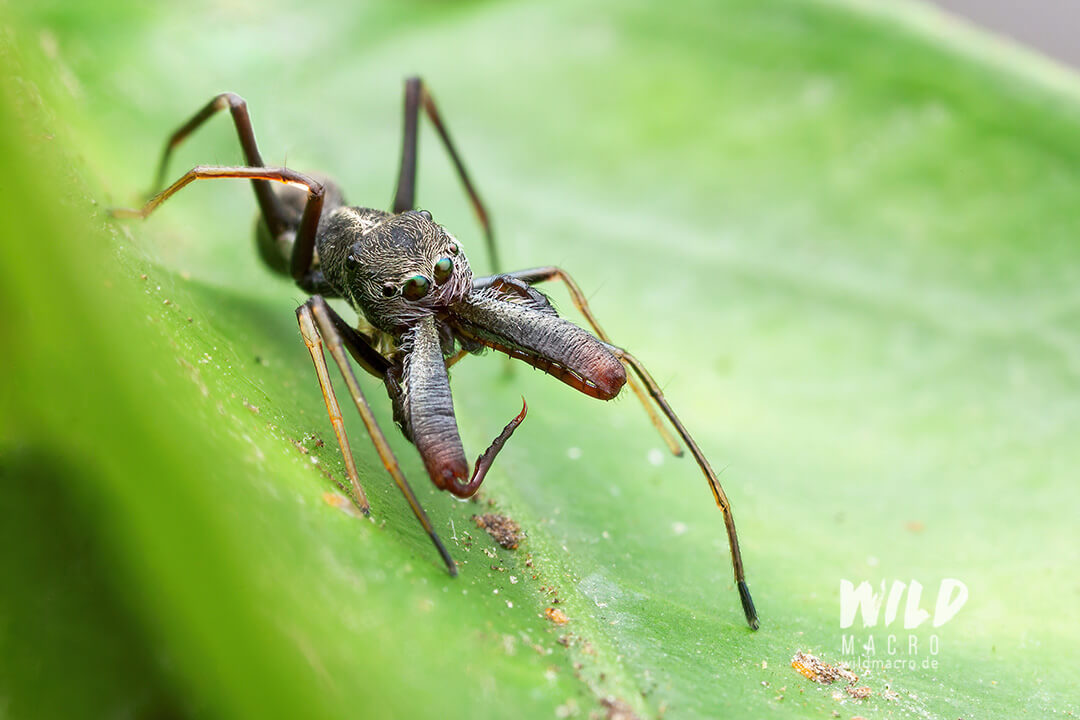

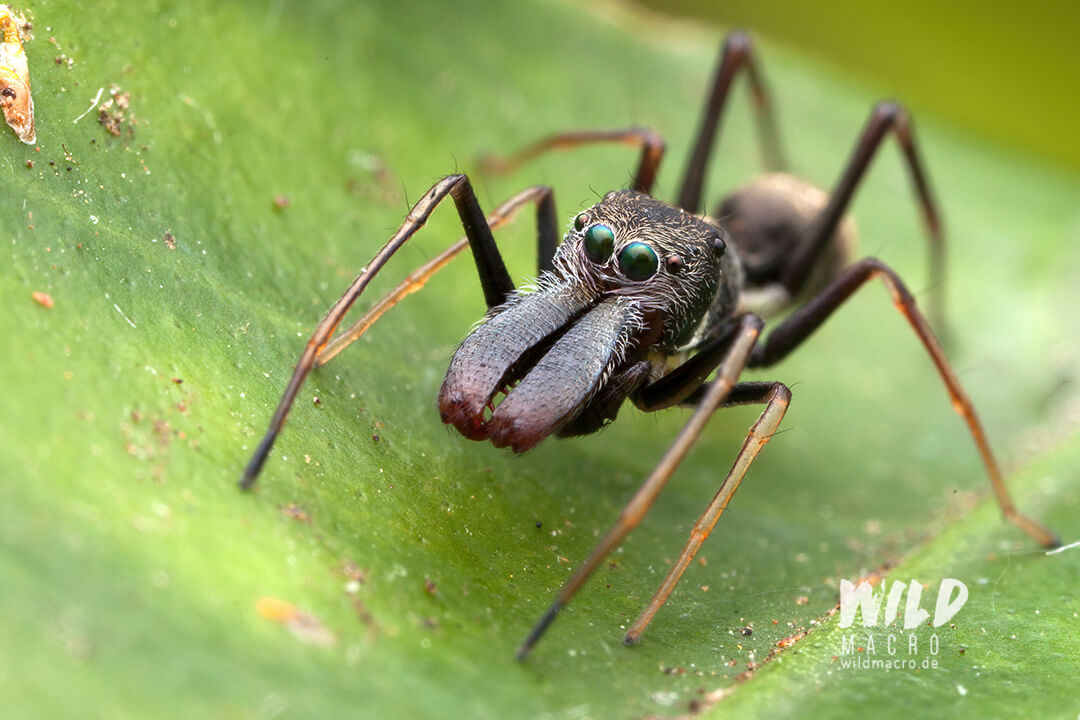
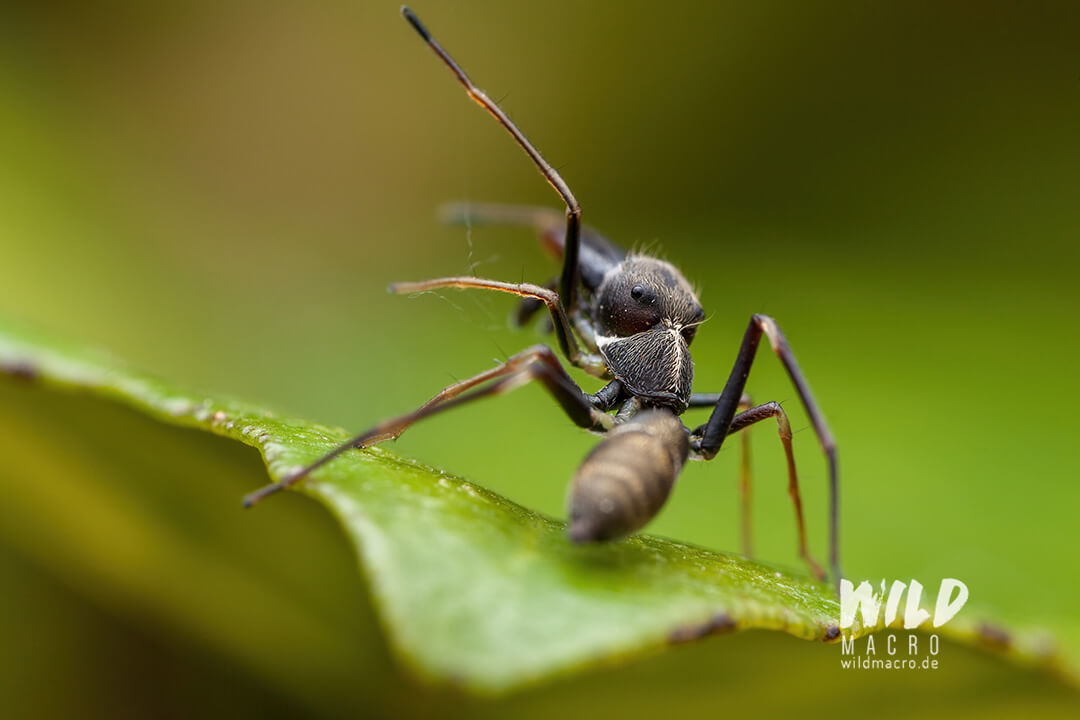
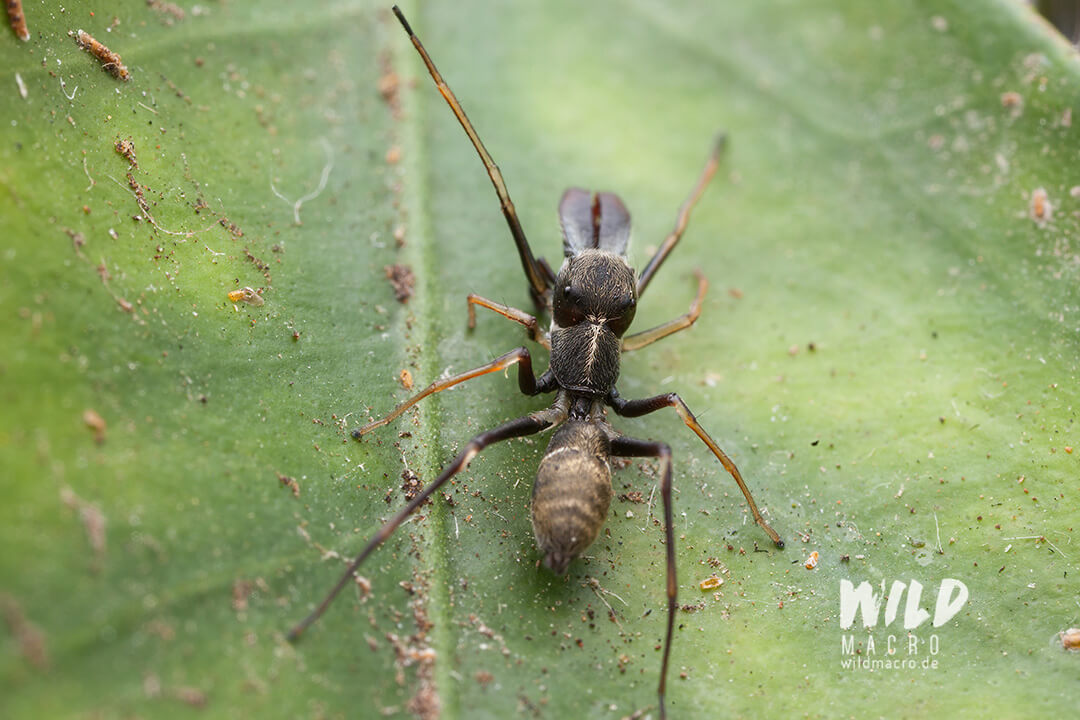
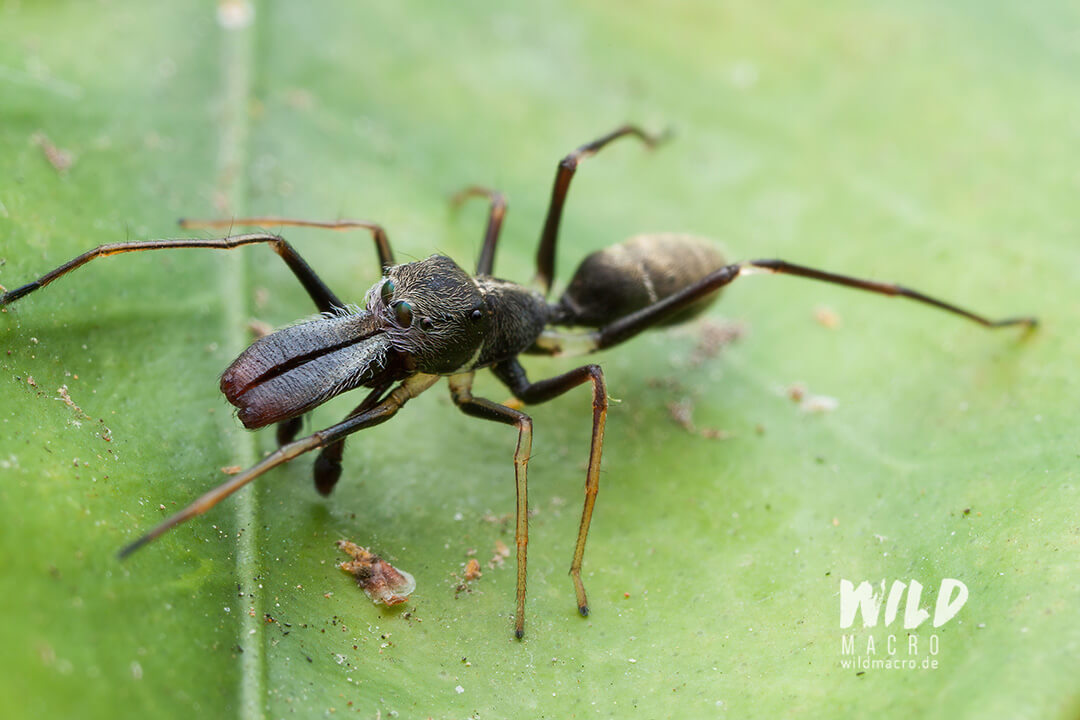
Evarcha prosimilis
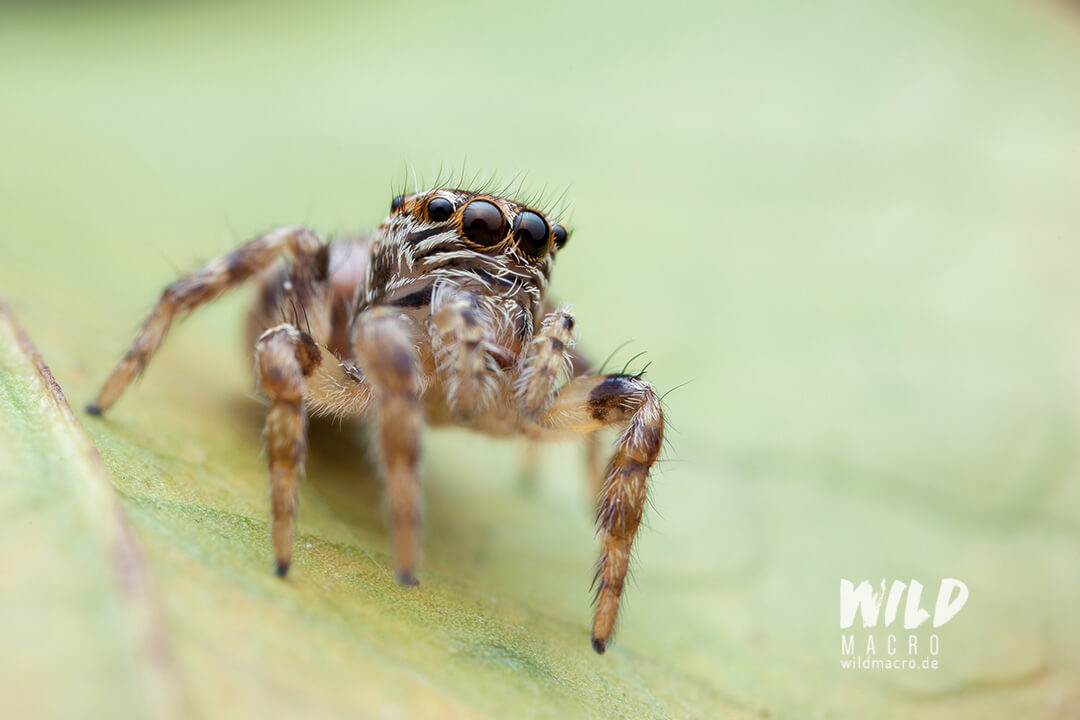
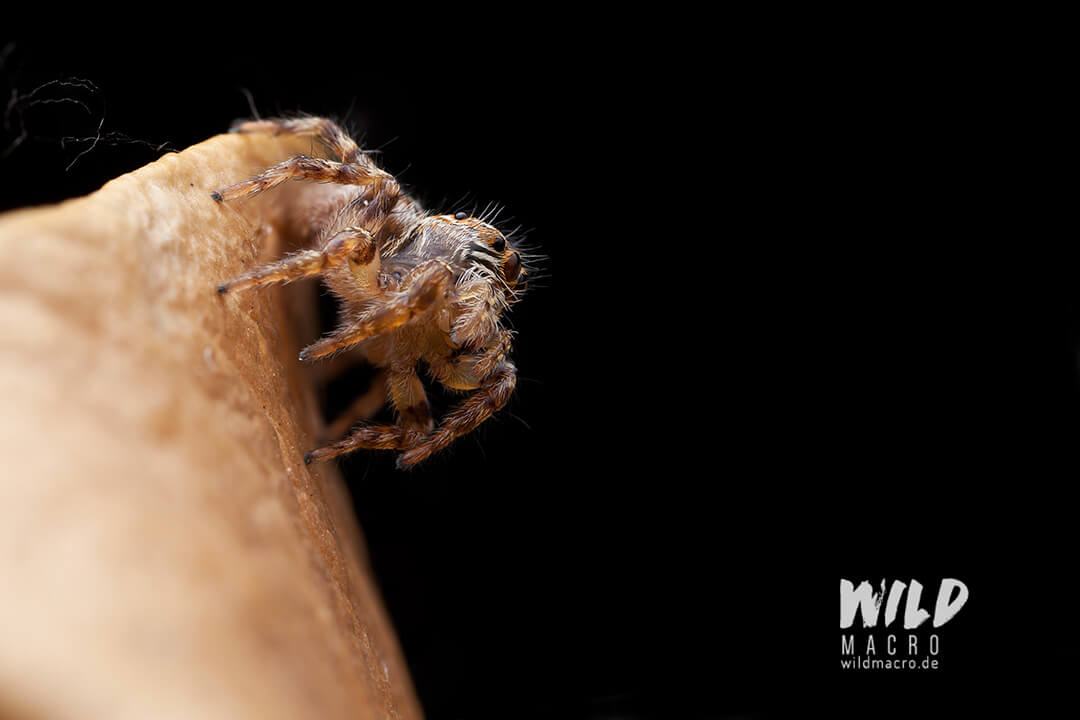
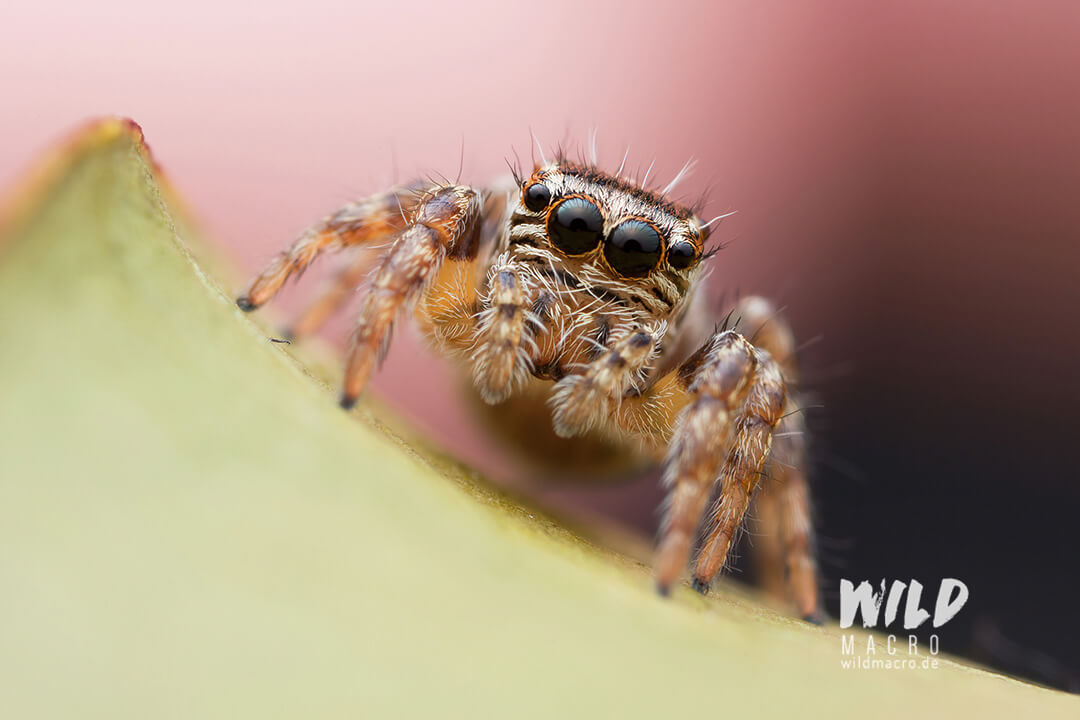
Rumburak sp.
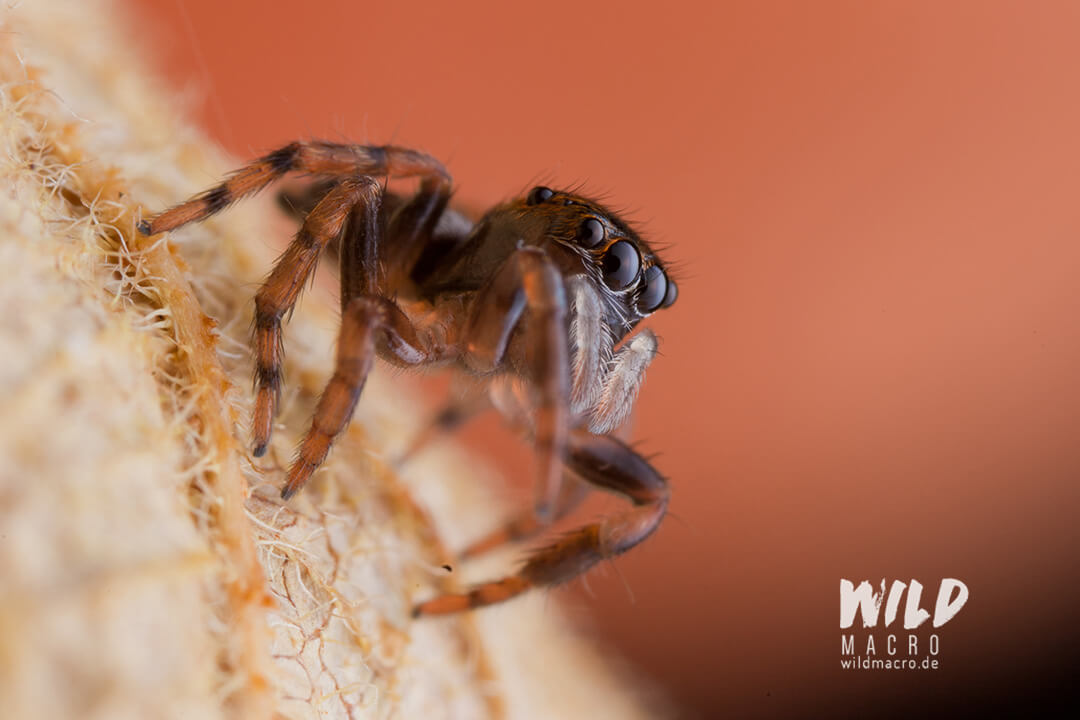
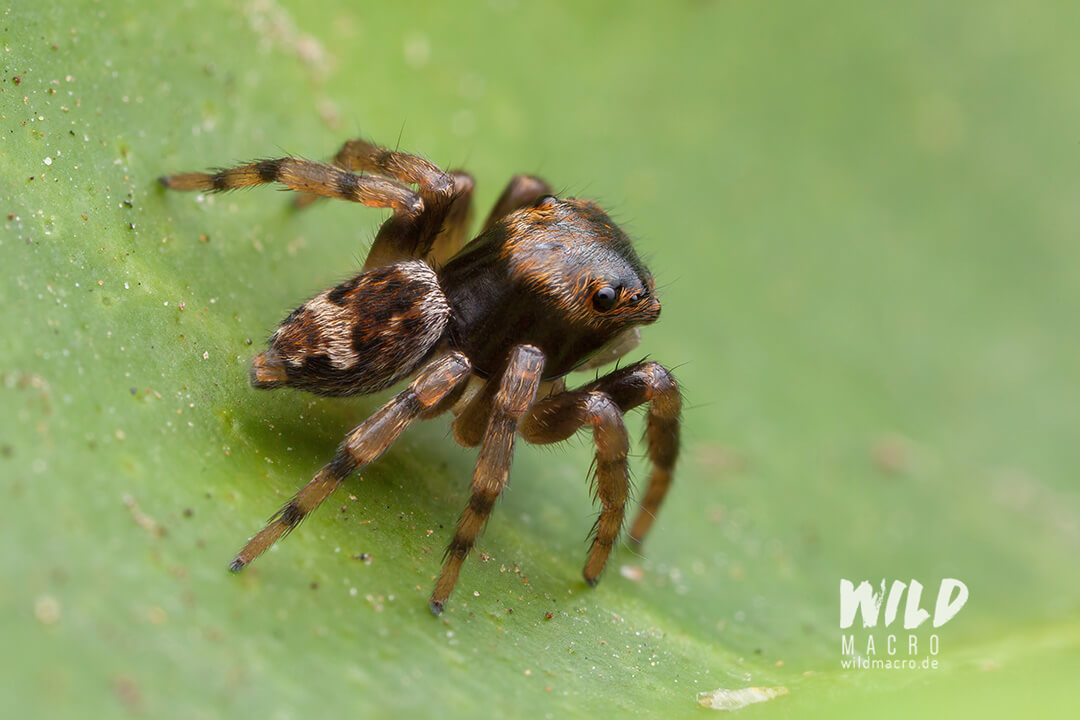
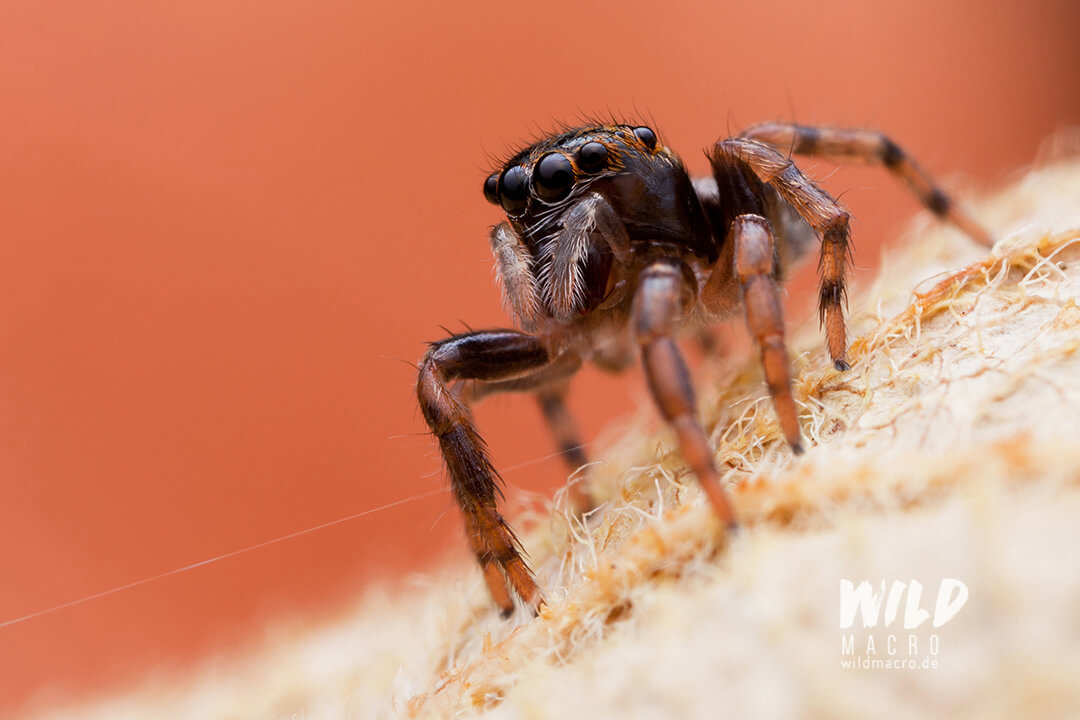
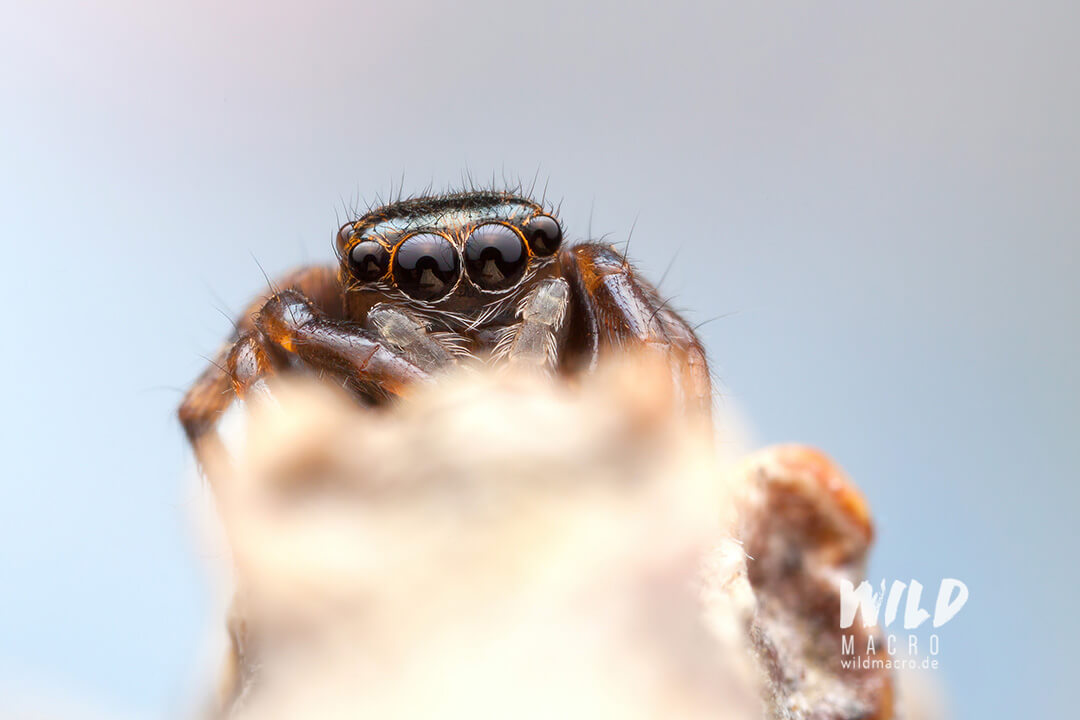

Thyene sp. female
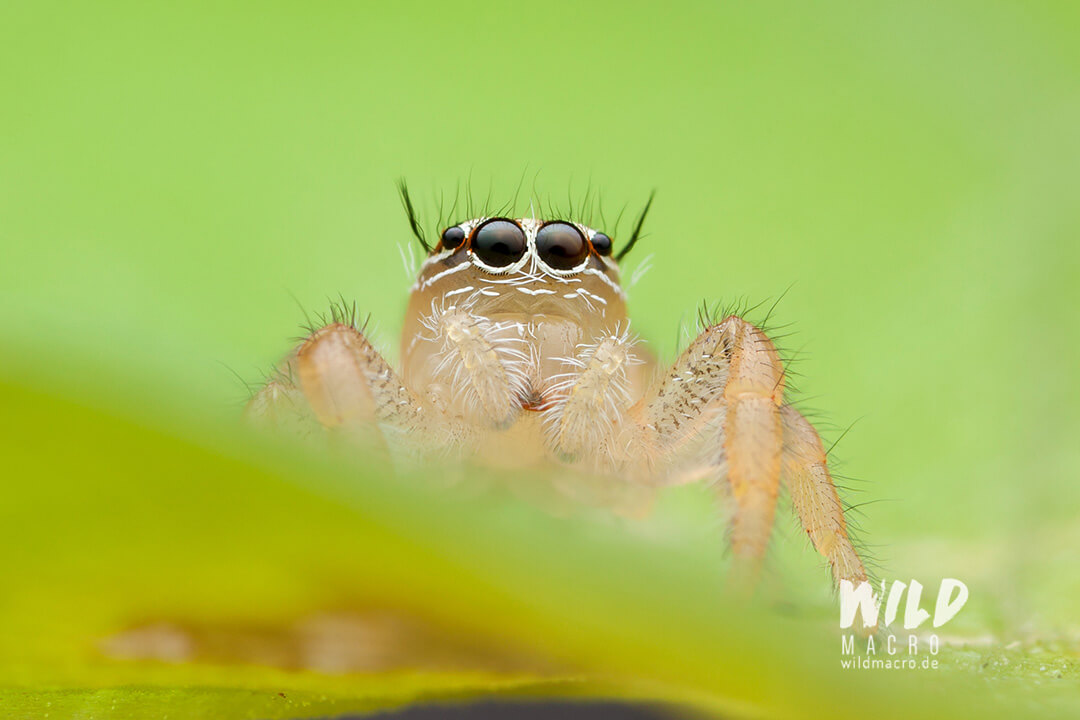
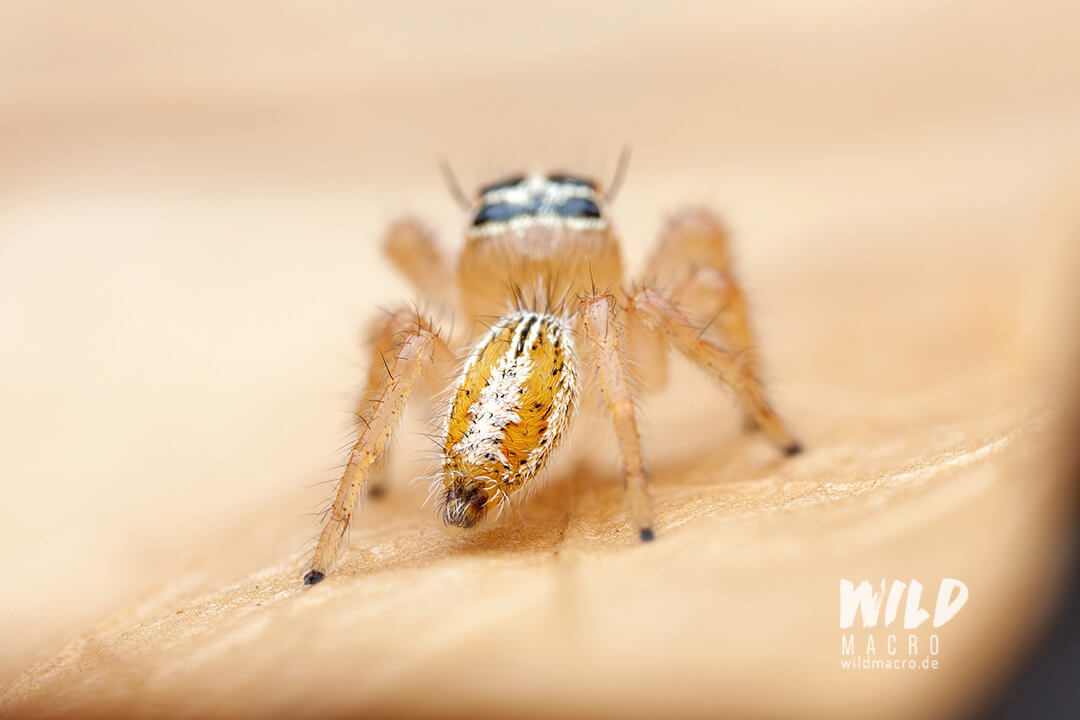
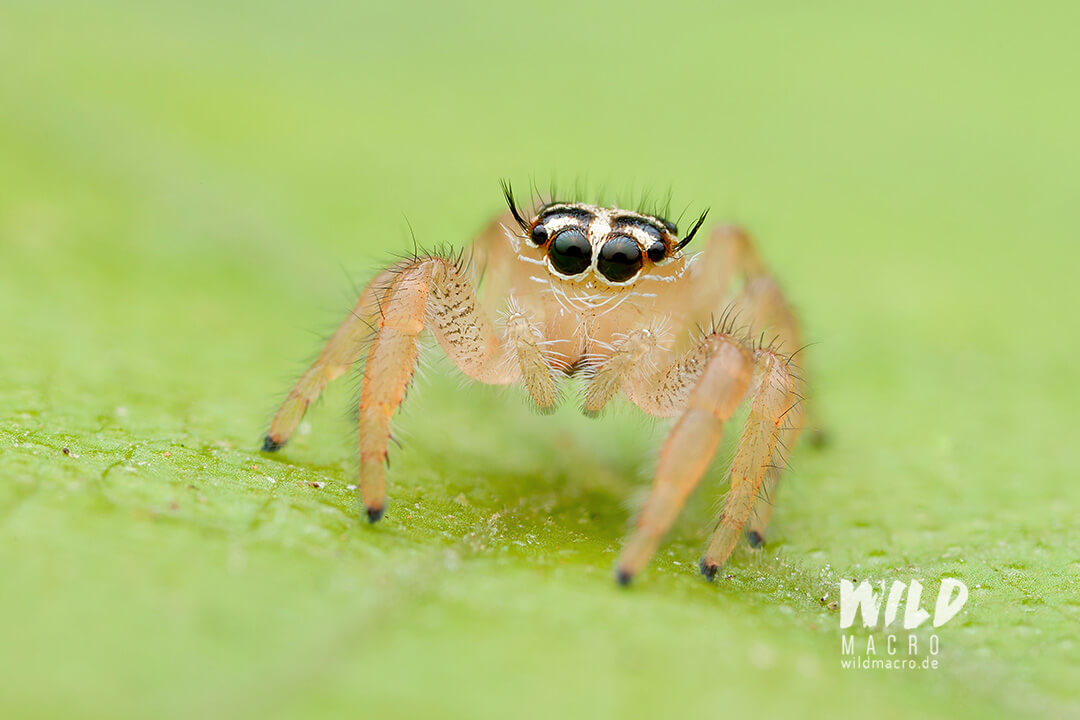
Thyenula sp. male
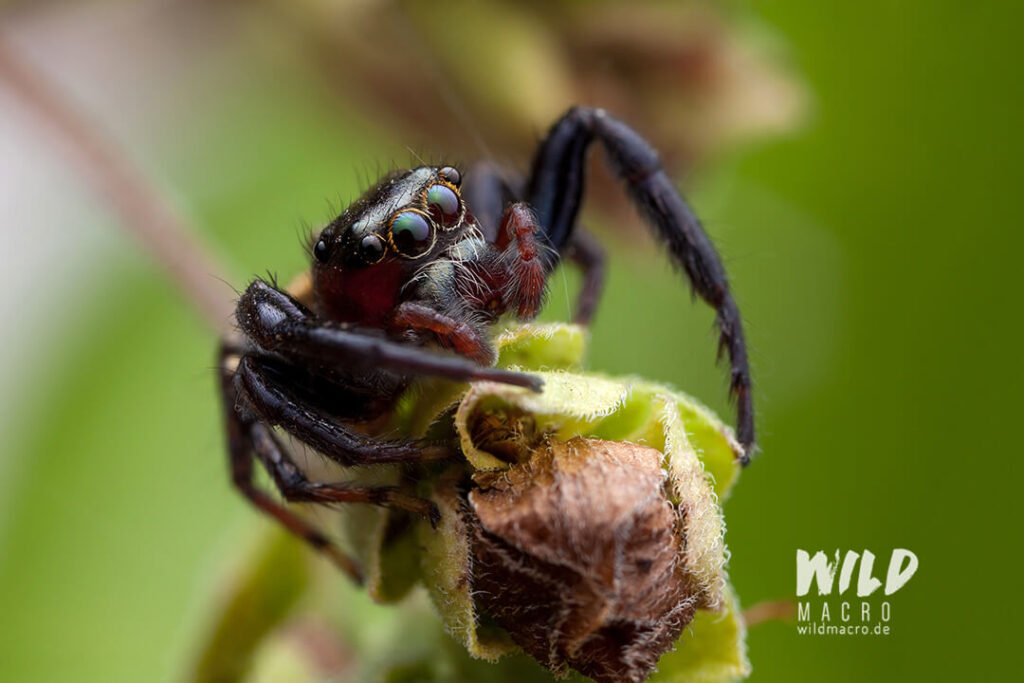
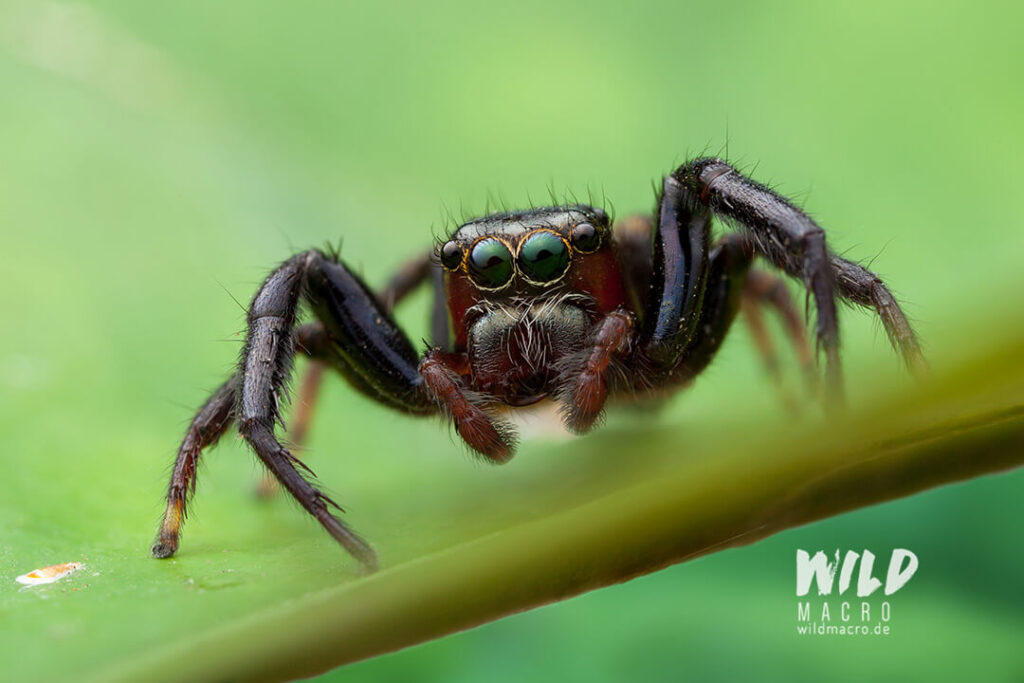
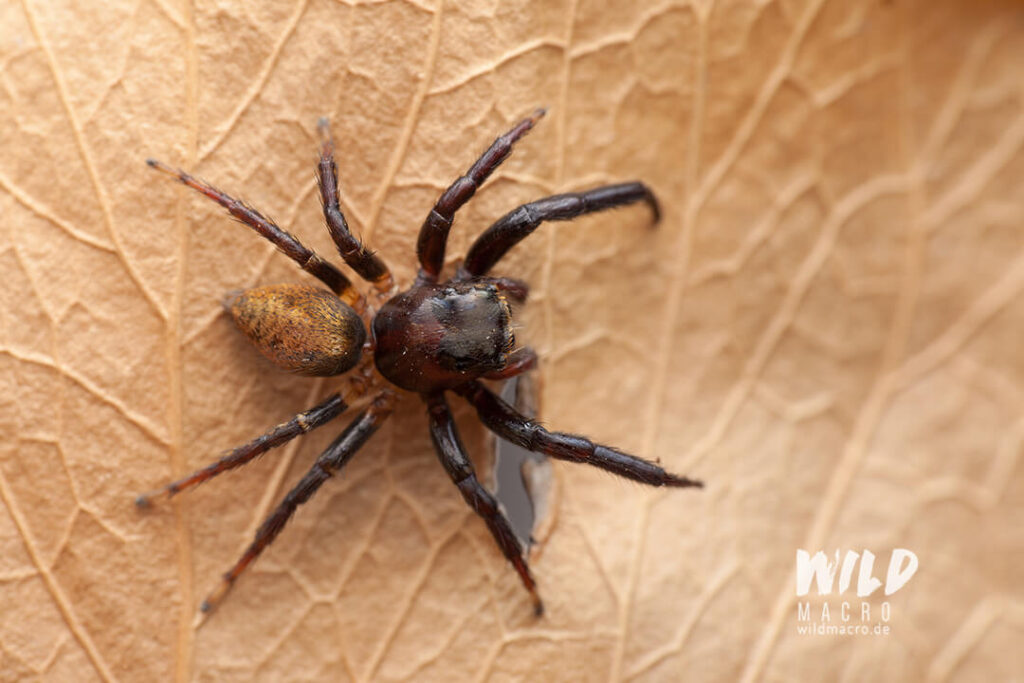
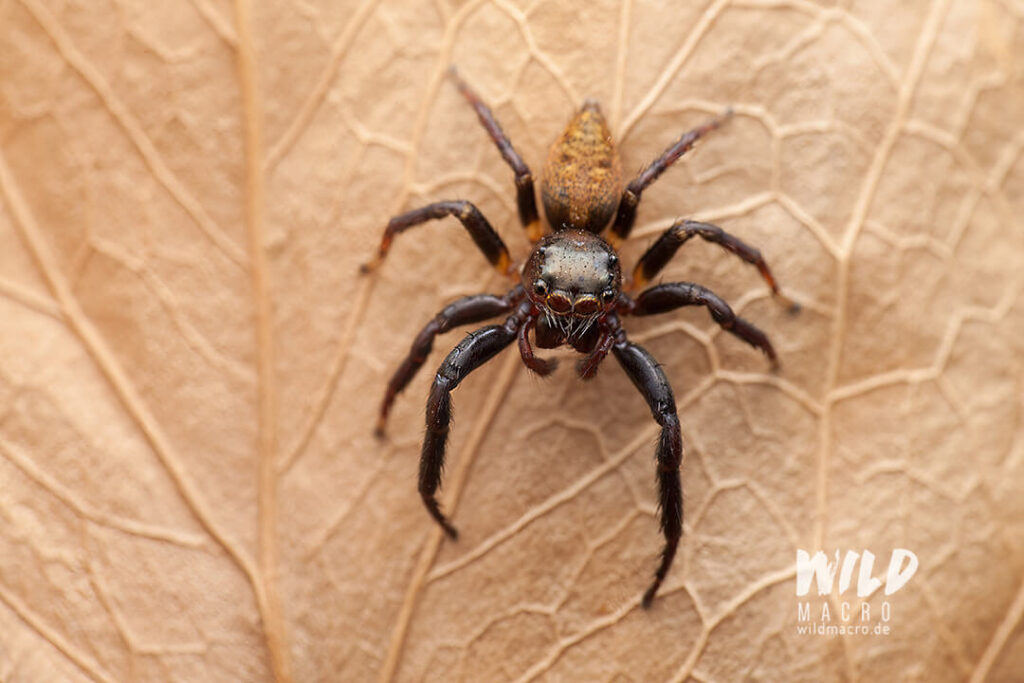
Thyenula sp. female
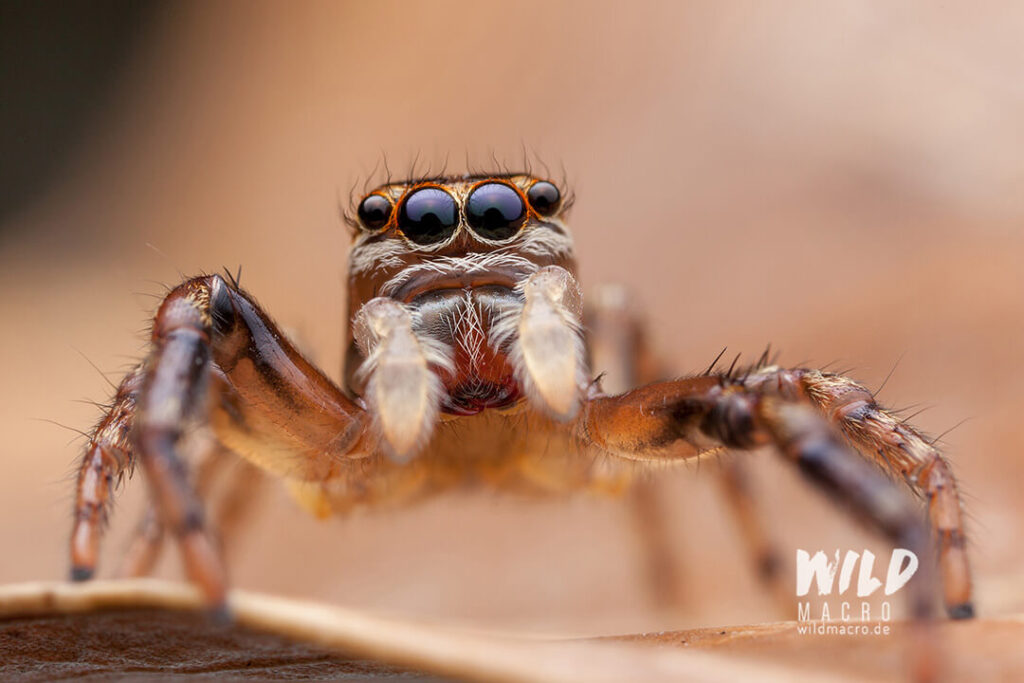
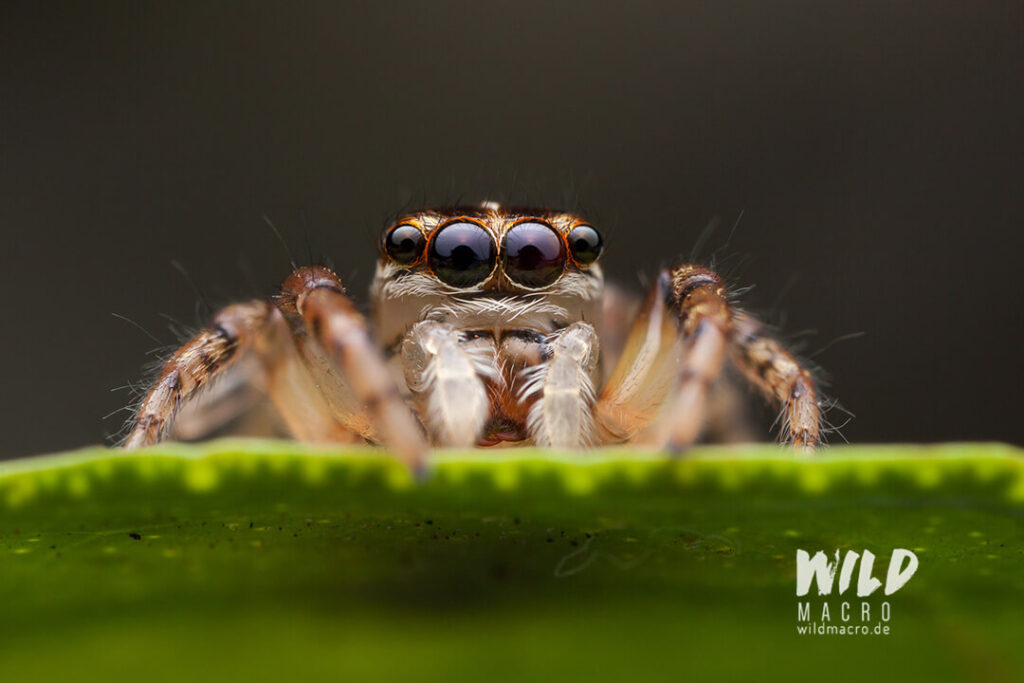
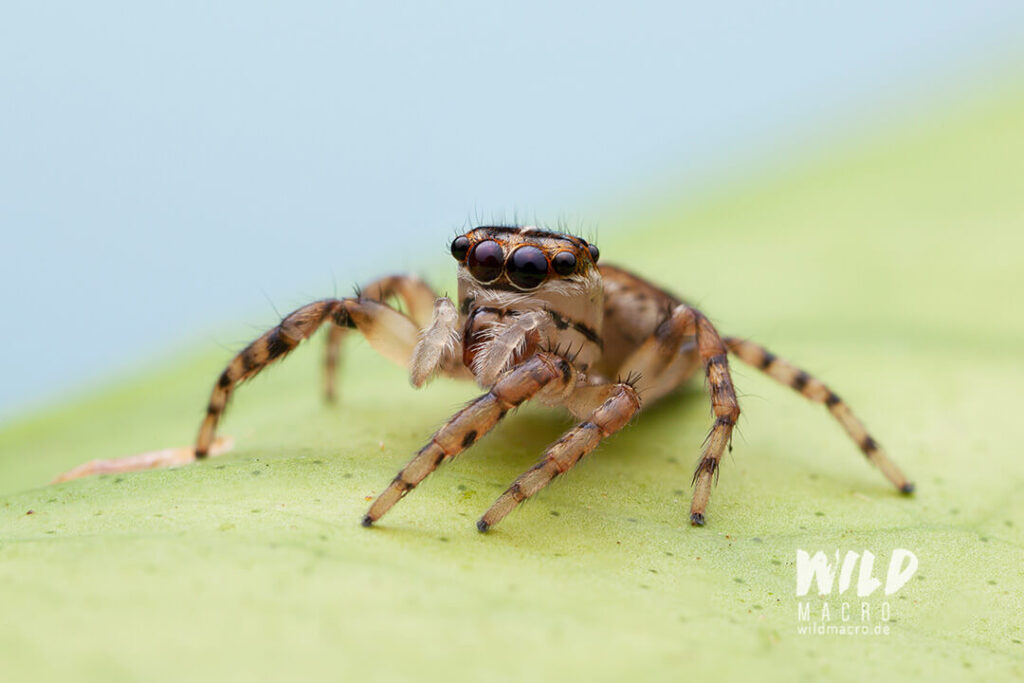
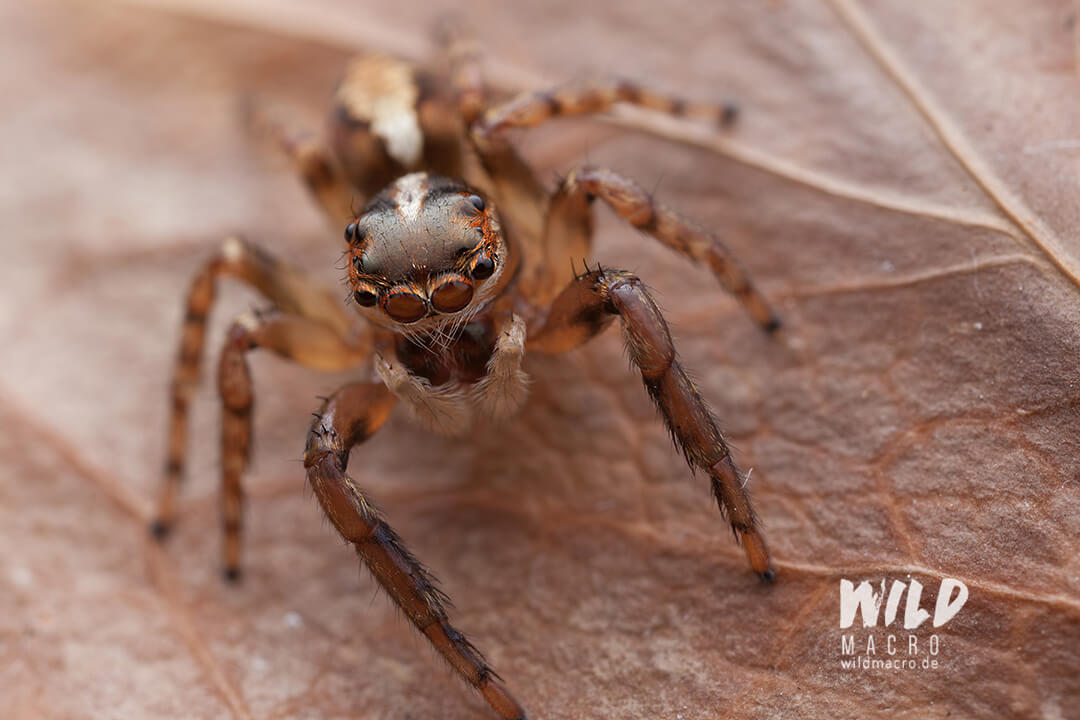
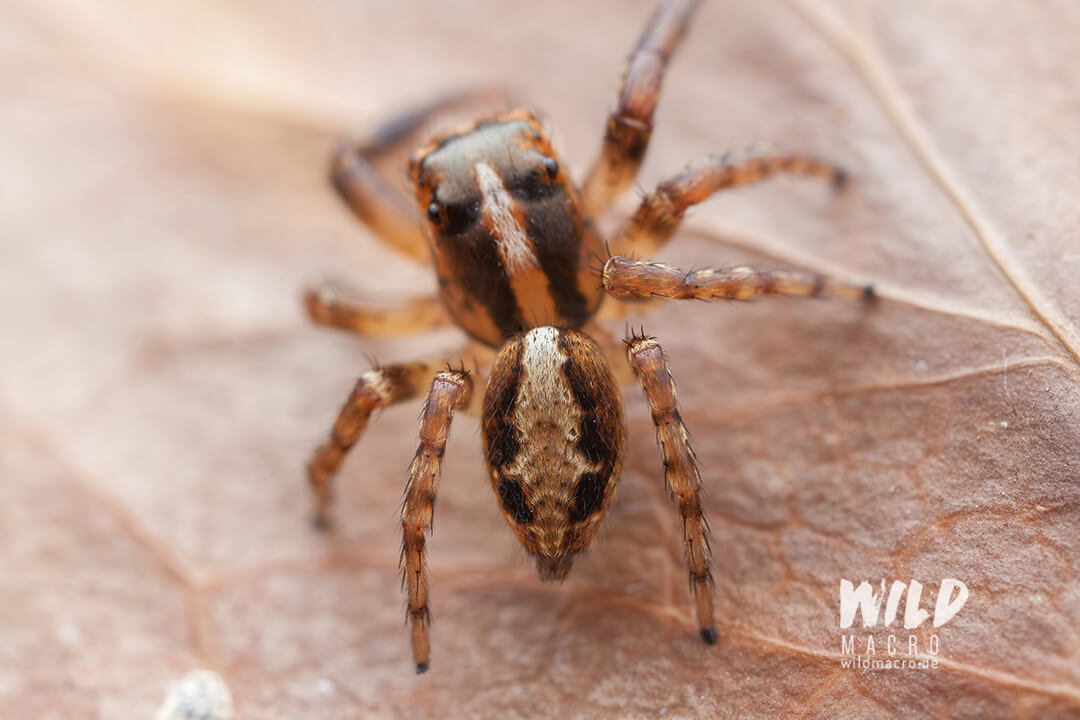
Baryphas ahenus juvenile male
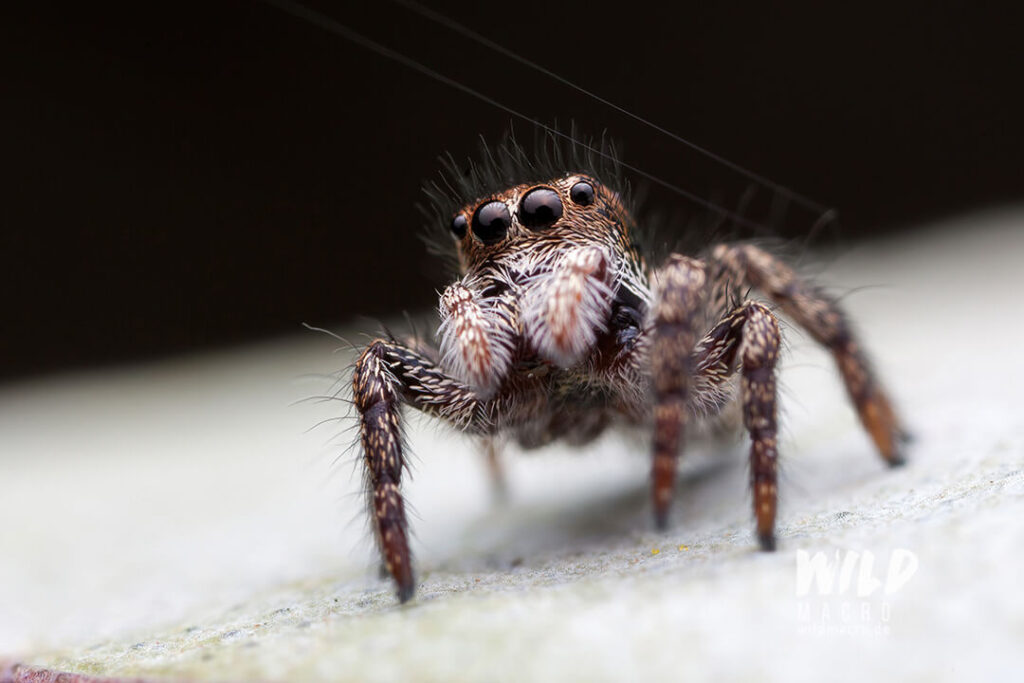
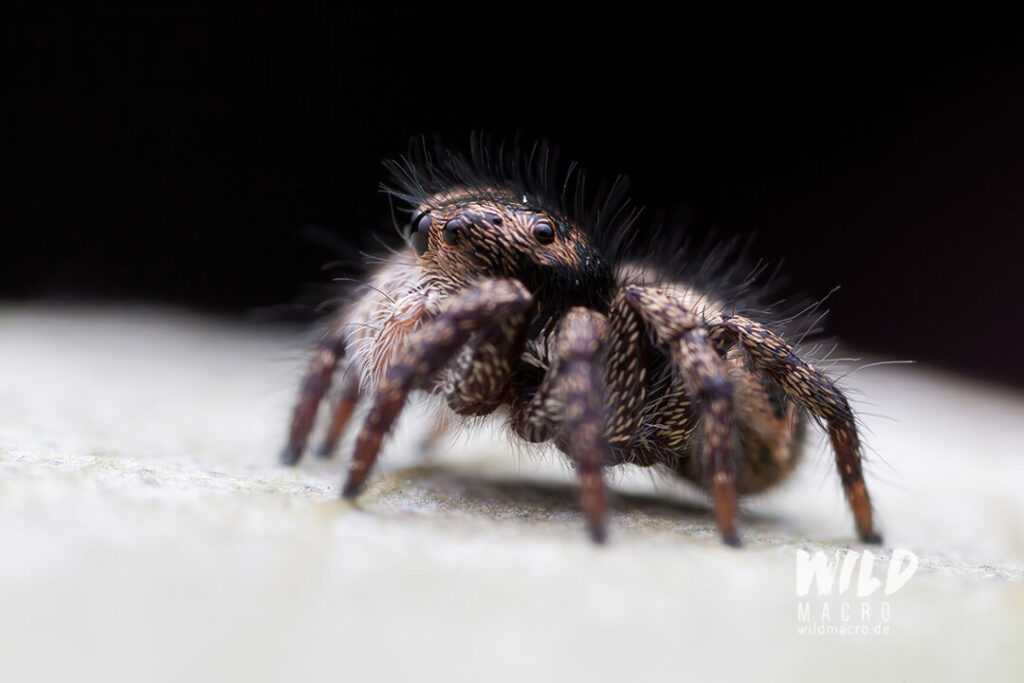
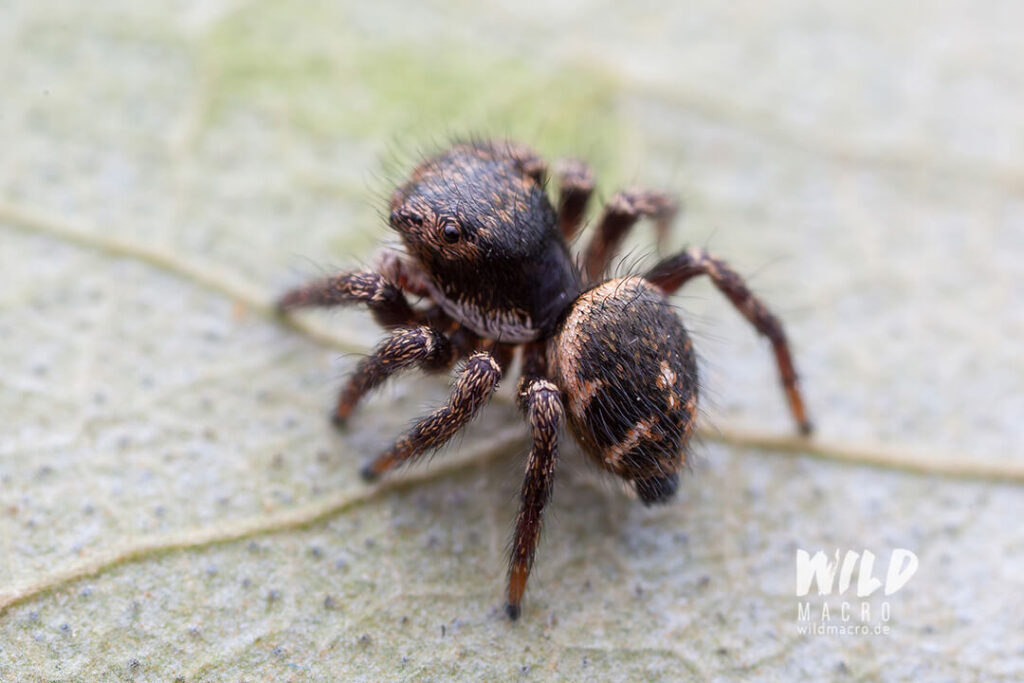
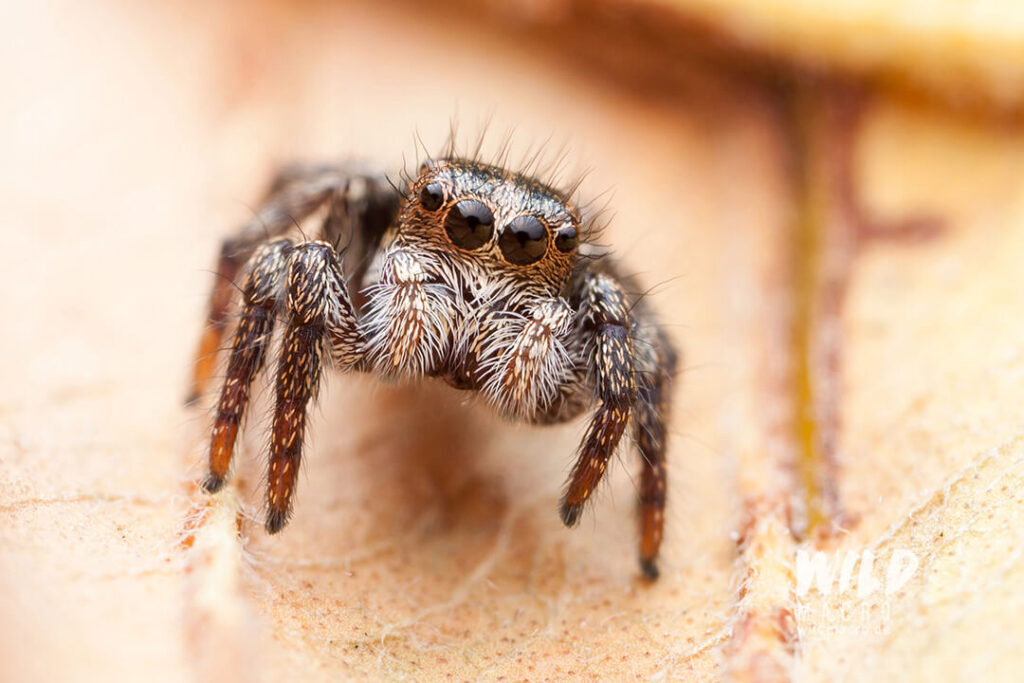
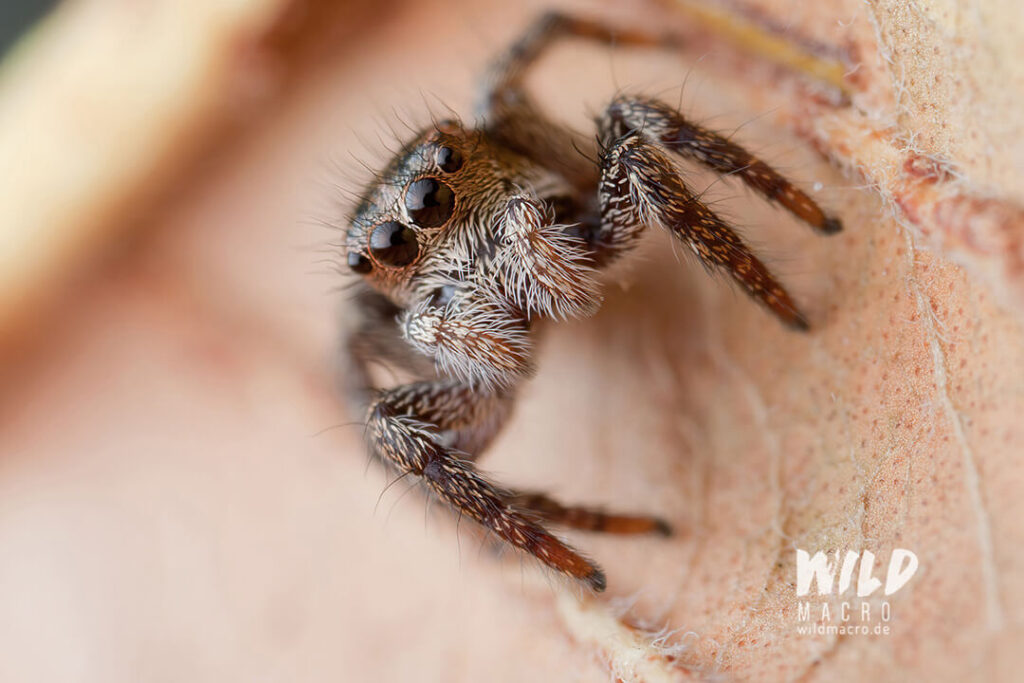
Tusitala sp.
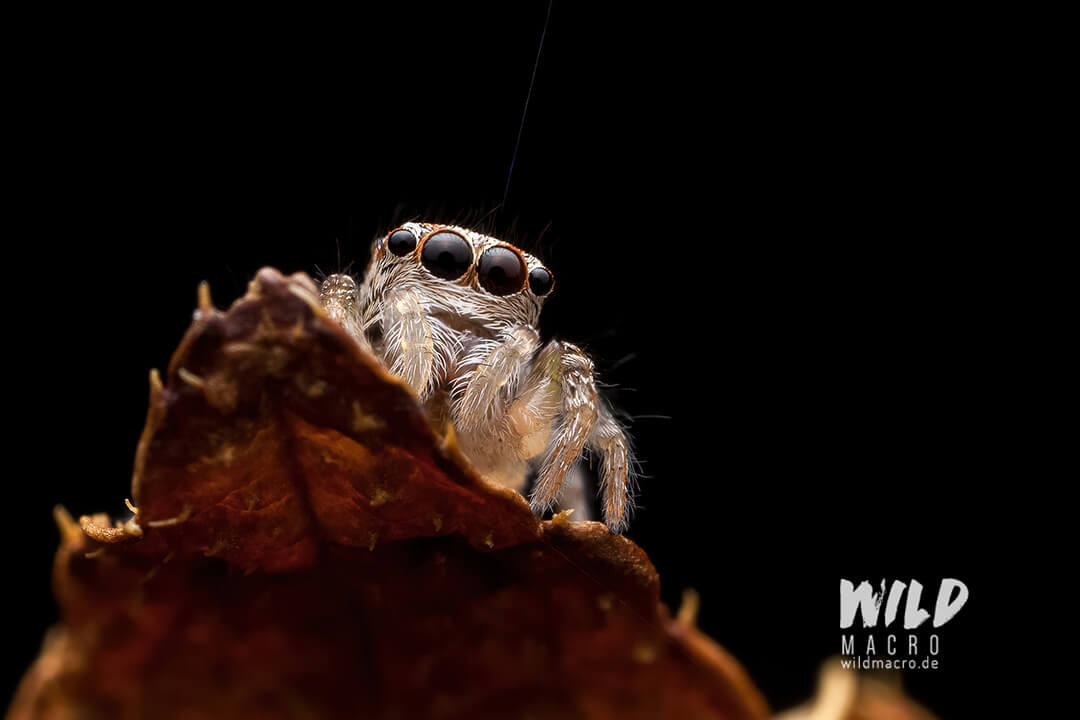
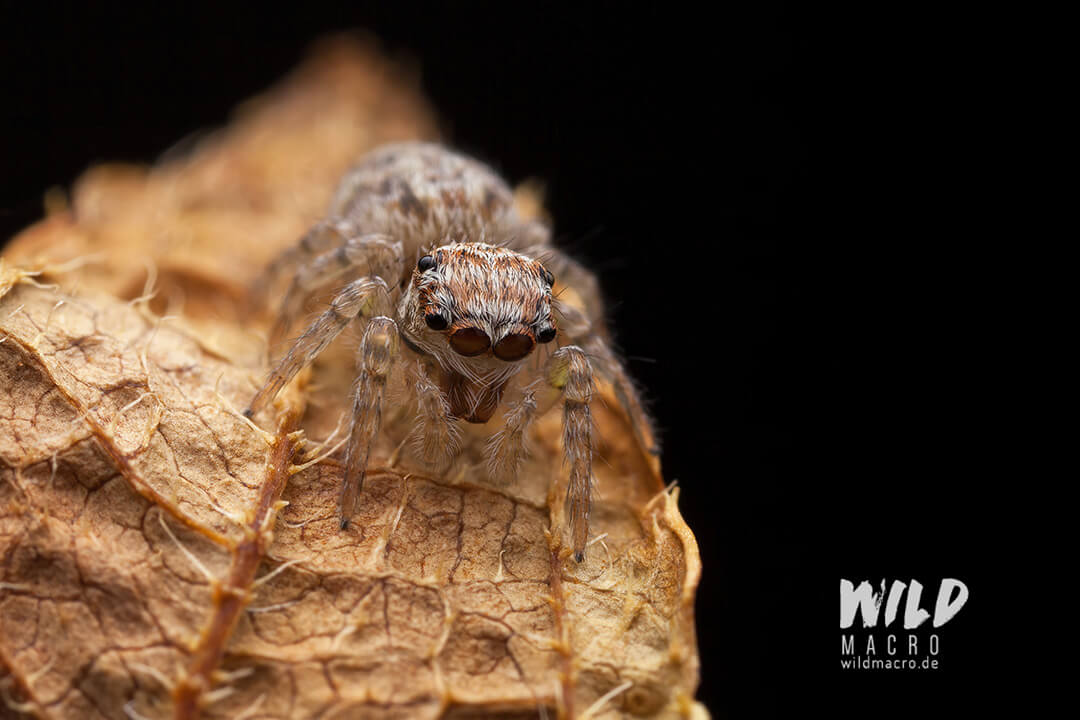
Bark spider (Caerostris sexcuspidata)
The nocturnal Caerostris sexcuspidata can be found in Southern Africa and East Coast islands like Madagascar.
The females of this species build some of the biggest webs in the world at night and also have the strongest silk of all arachnids.
During daylight they dismantle them and often there is only one or two threads of silk giving their position away, while they hide on branches and twigs nearby.
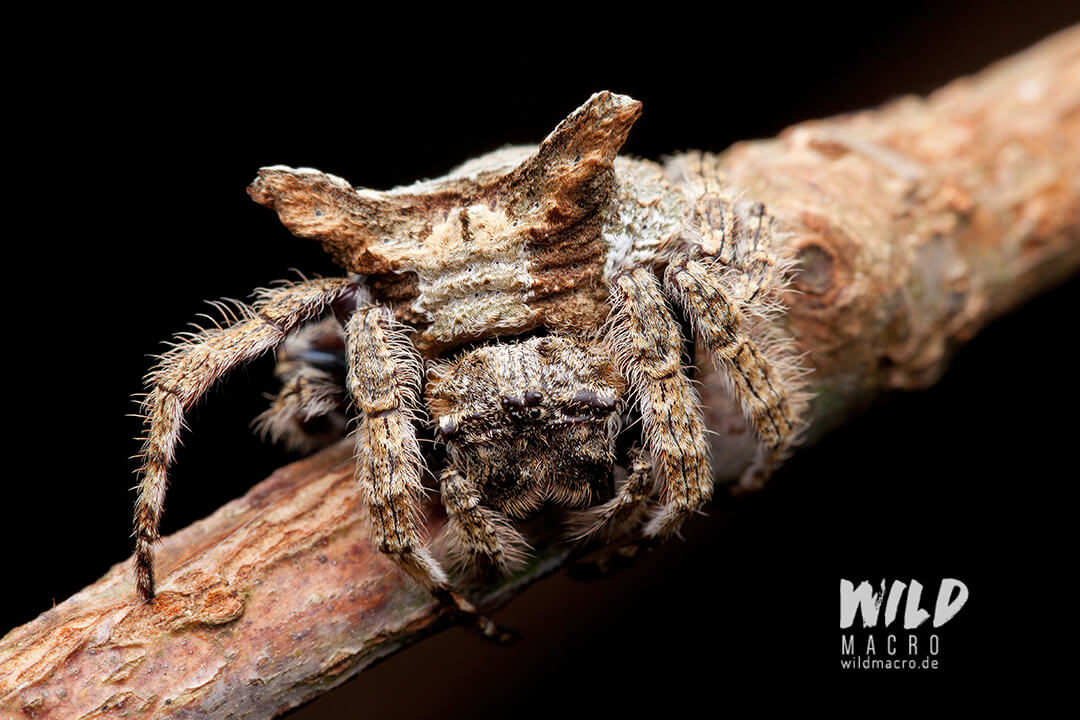
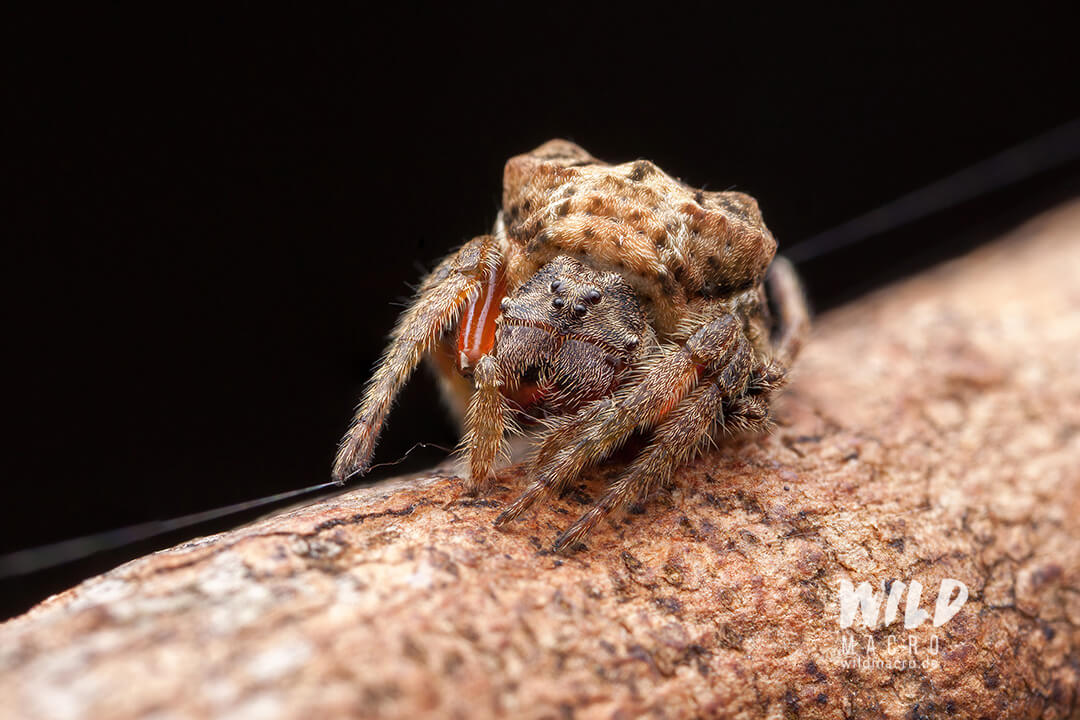
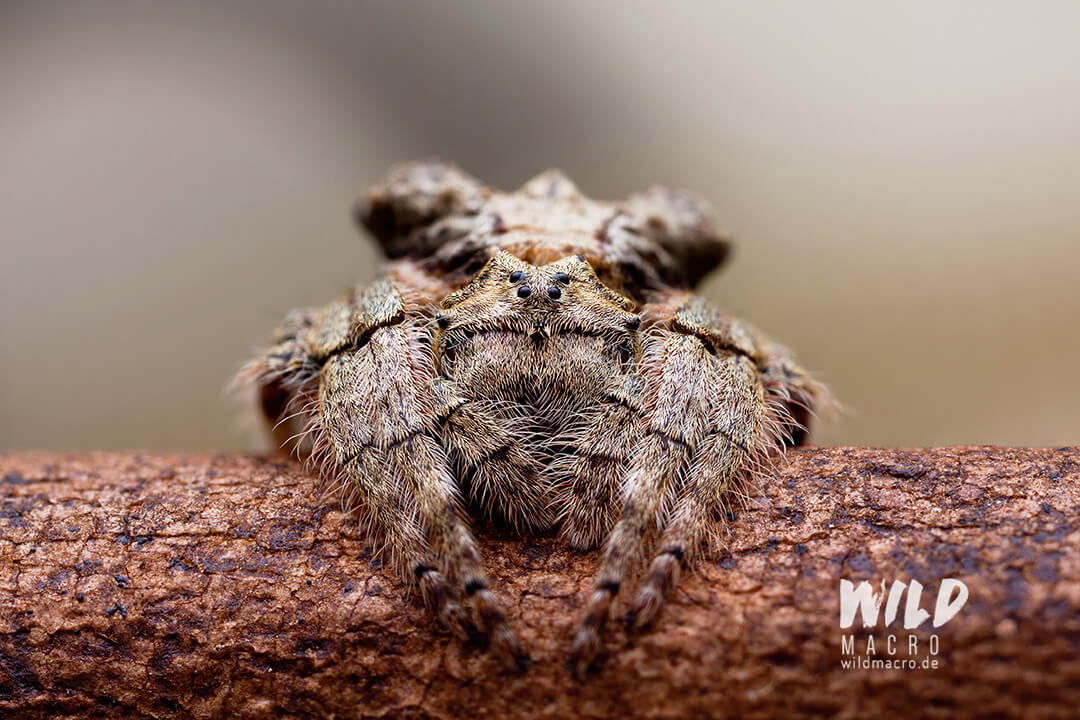
Their cryptic appearance makes it easy for them to blend in with the bark as they wrap themselves around it.
Horny projections on their abdomen resemble growth bulges and perfect their camouflage.
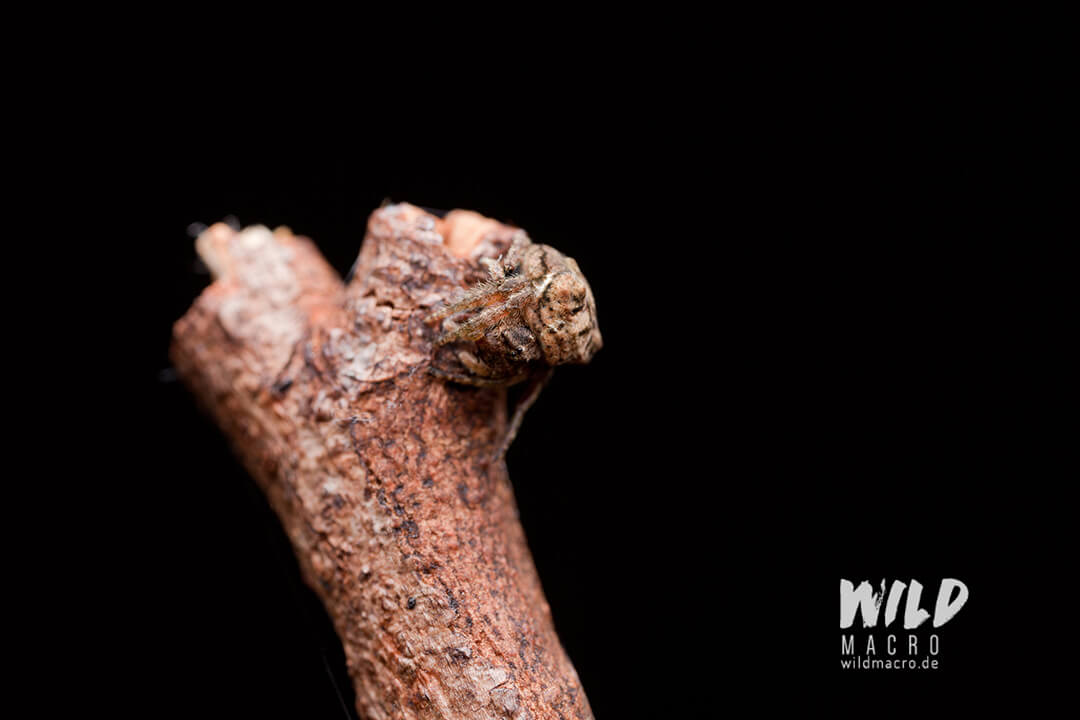
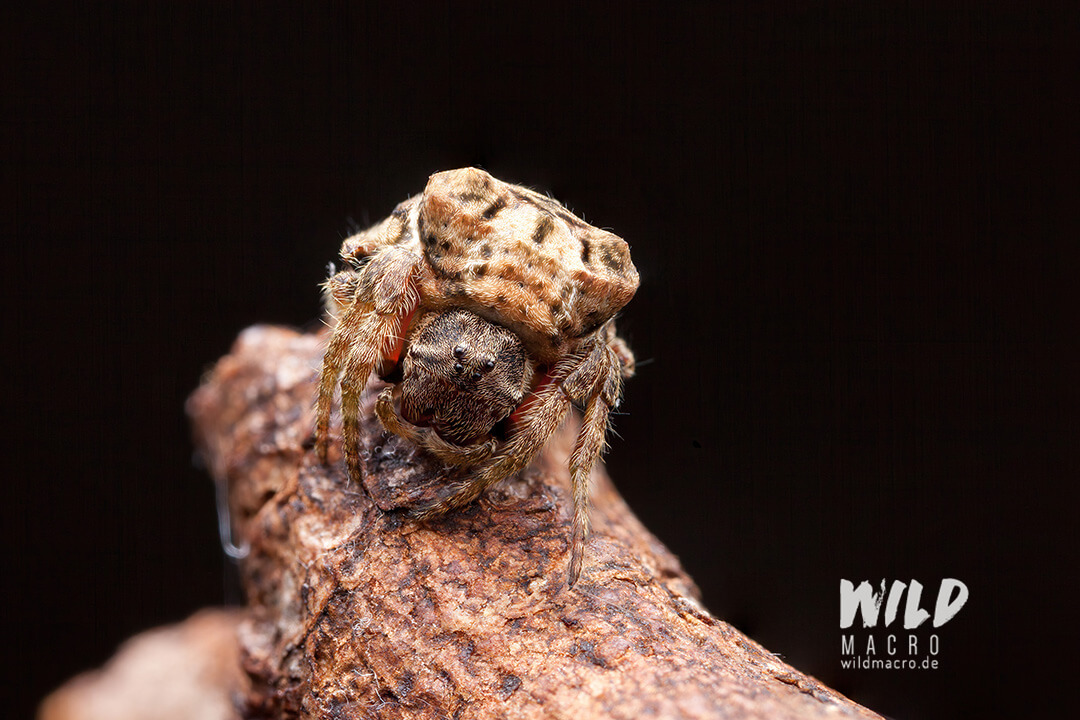
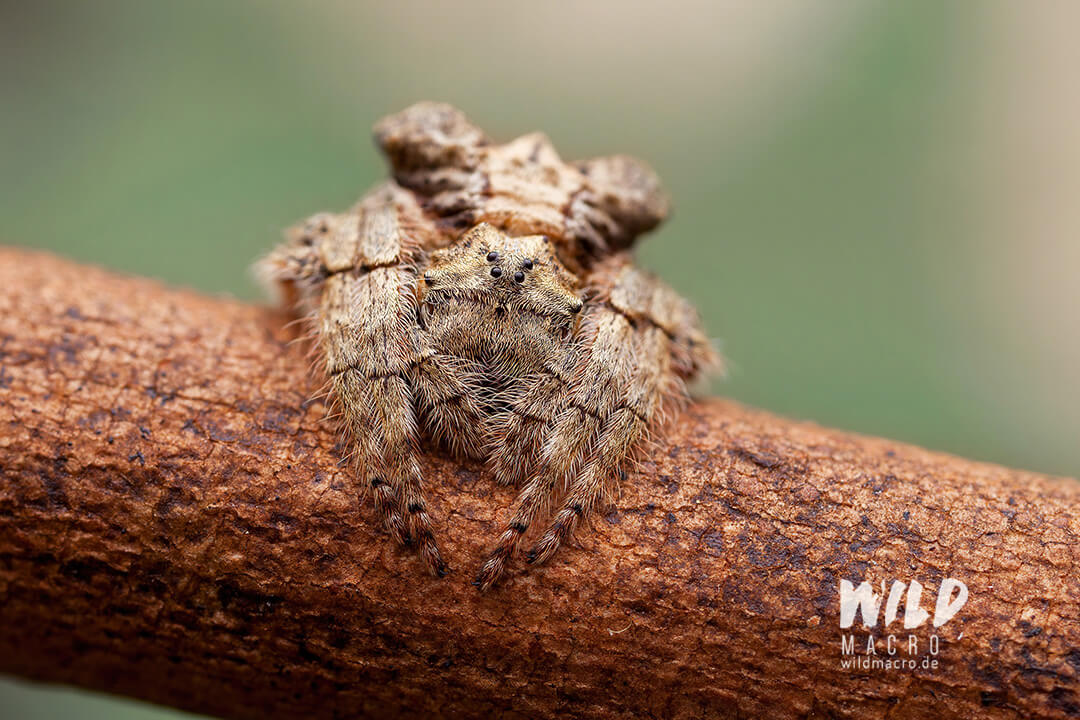
While they are drably colored from above, their underside shows a stunning zebra pattern on their legs and orange spots on the underside of the abdomen.
Info: bark spiders often construct their webs spanning over streams, to increase chances to catch water-bound insects, like mosquitoes.
Banana stalk fly (Glyphidops sp., Neriidae)
These fascinating true flies (Diptera) are definitely not easy to photograph.
Although they are quite large with about 7mm body length, they will circle around the branches or twigs they sit on, as soon as they see someone approaching to close.
They will hide exactly behind the branch on the other side.
This game is being repeated again and again instead of just flying away.
The rotten trunk of a papaya tree in the garden gave me the opportunity to observe several of them, while they were busy sucking the sap.
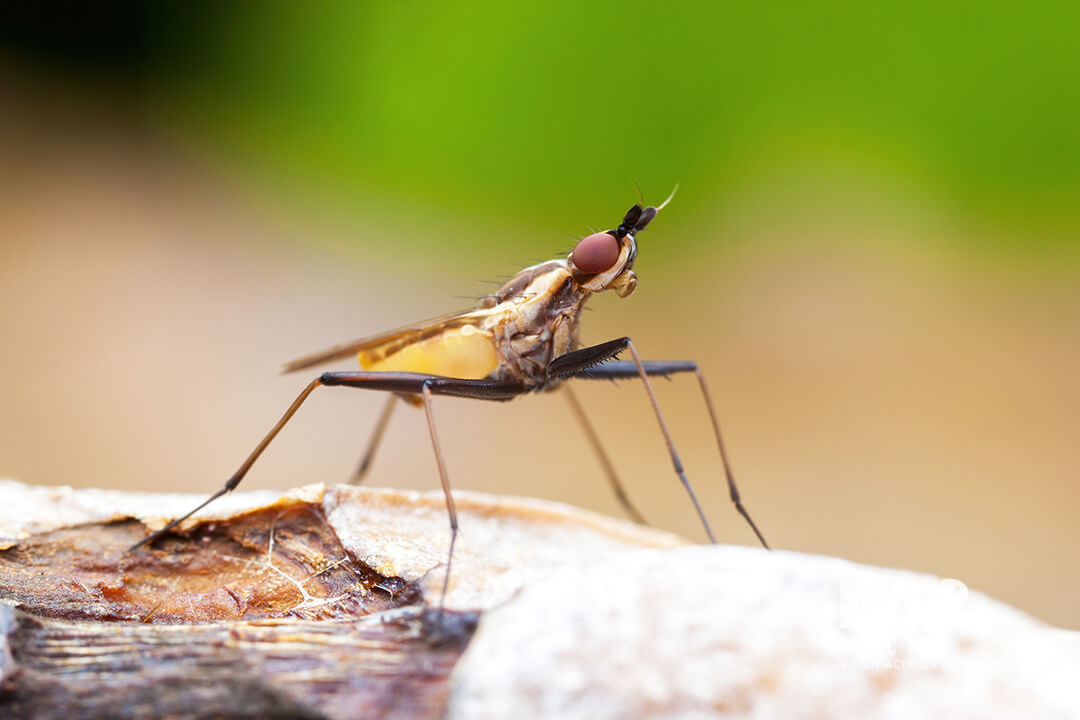
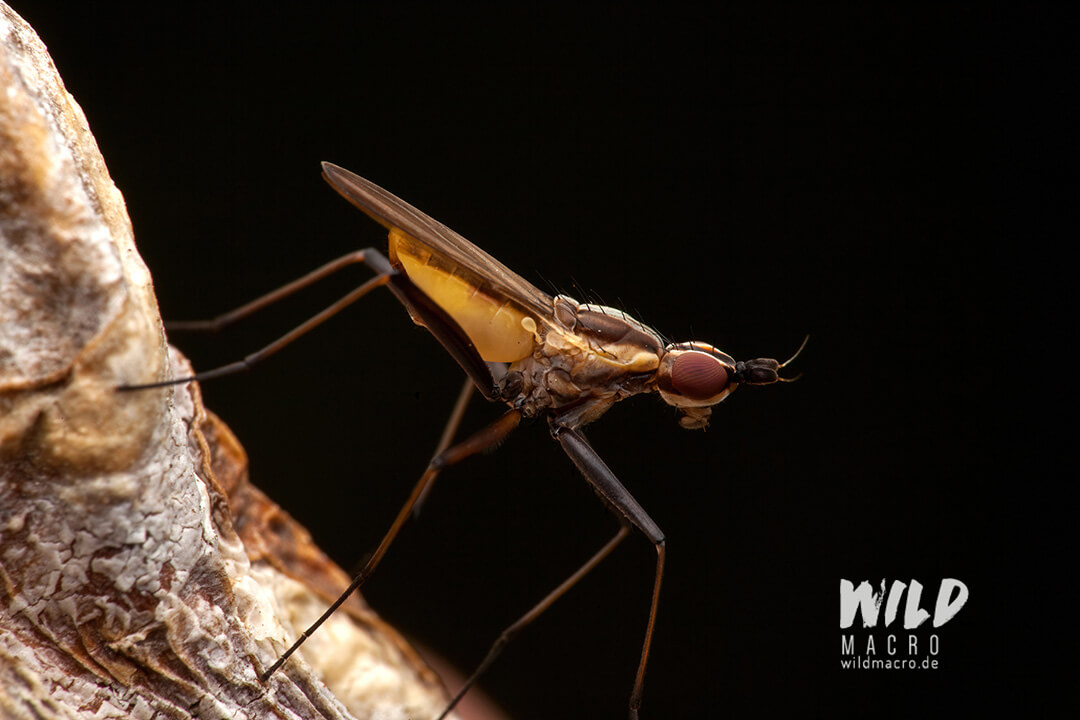
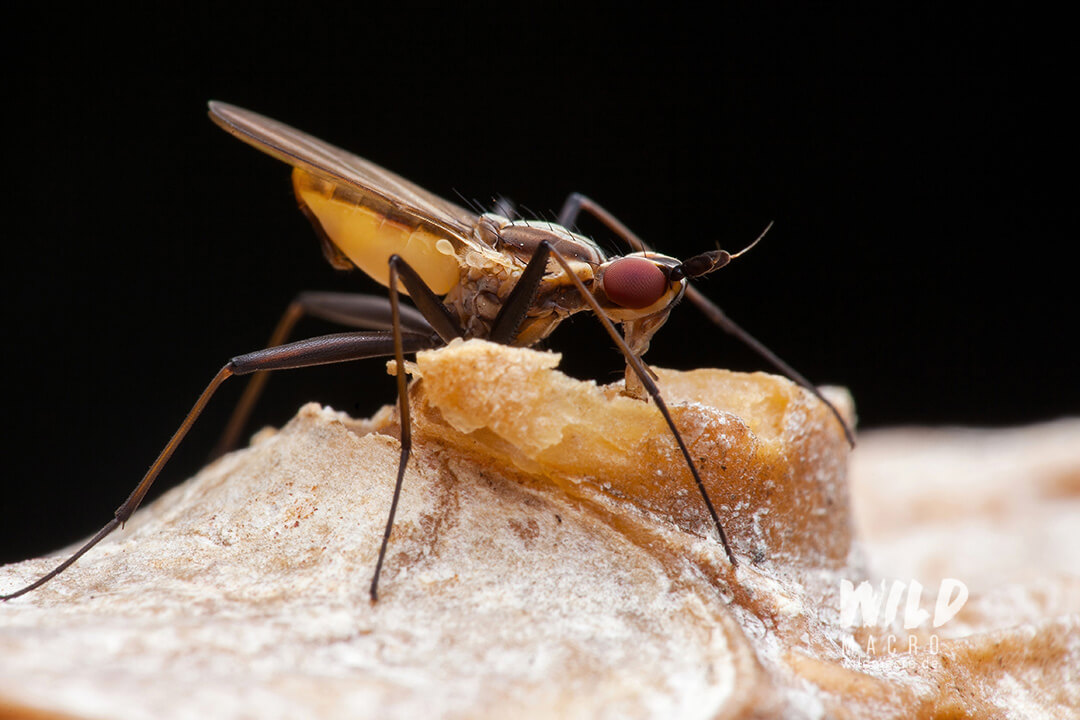
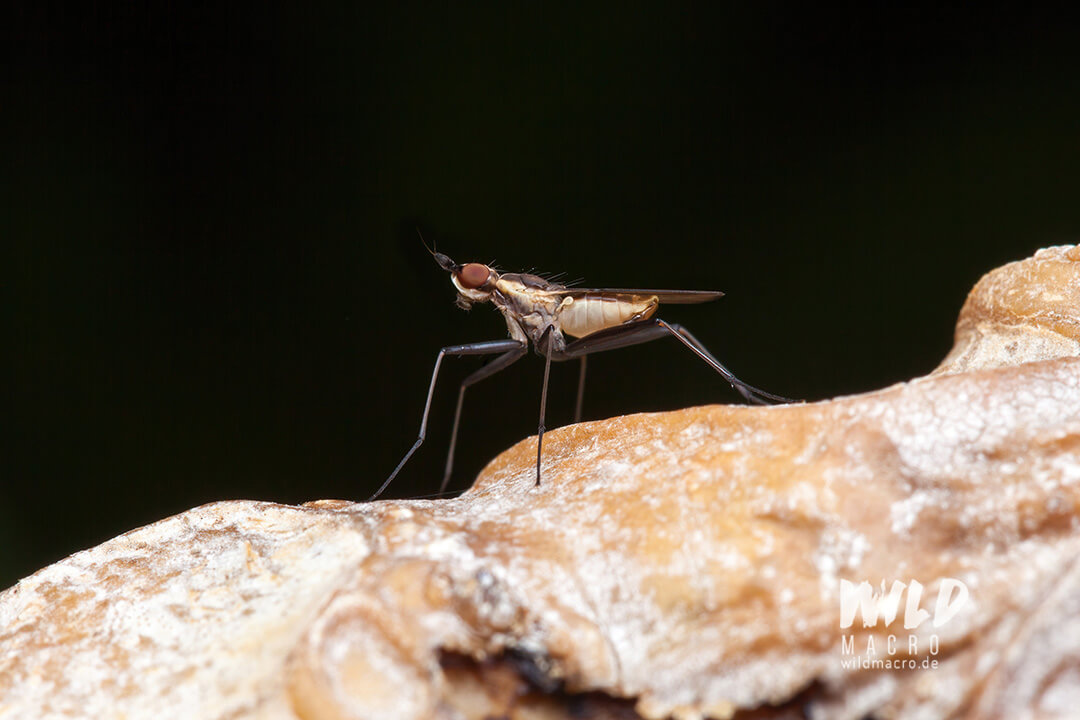
Flower crab spider (Thomisus sp.)
This is such a fascinating crab spider with an interesting ability: it can literally change its color to adapt to different flowers, where it sits and waits to ambush prey.
Three forms can be observed: a plain white form, a plain yellow form, and the most spectacular form with a pink and white striped pattern.
Changing between these colors can take between one to several days.
There are rumors, that changing back from the pink form might not be possible but I have observed a couple specimens and I am sure that this is not the case.
Often, several of these spiders can be found in a suitable habitat.
I have found a flower field where almost every flower had a juvenile specimen sitting underneath or on top of the petals.
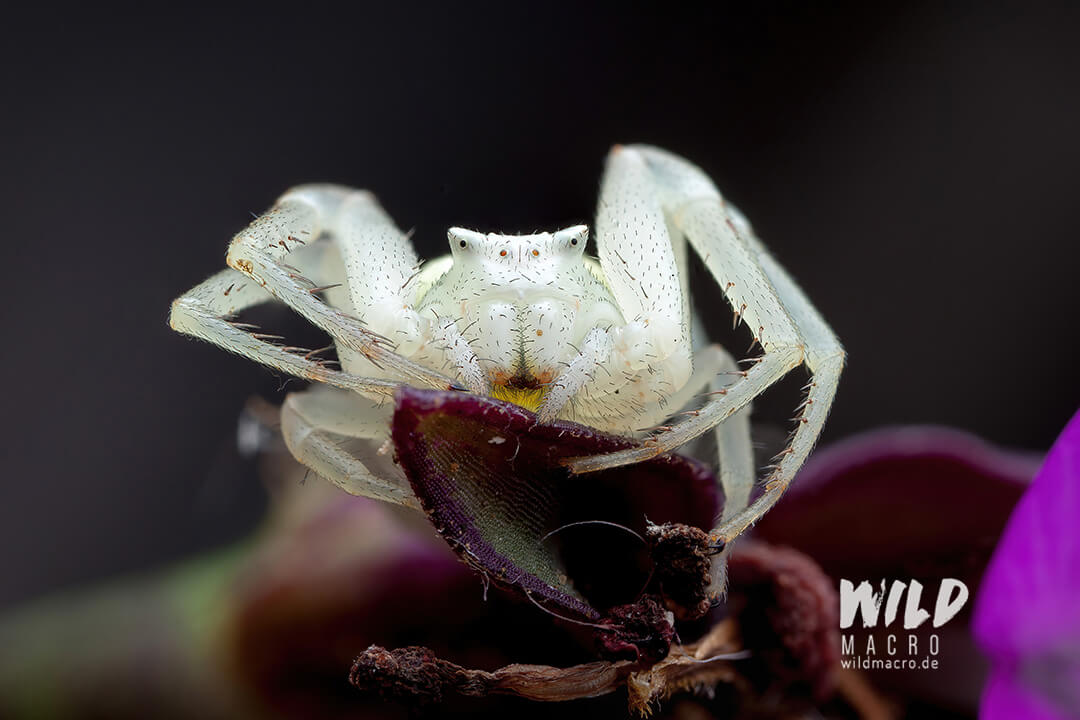
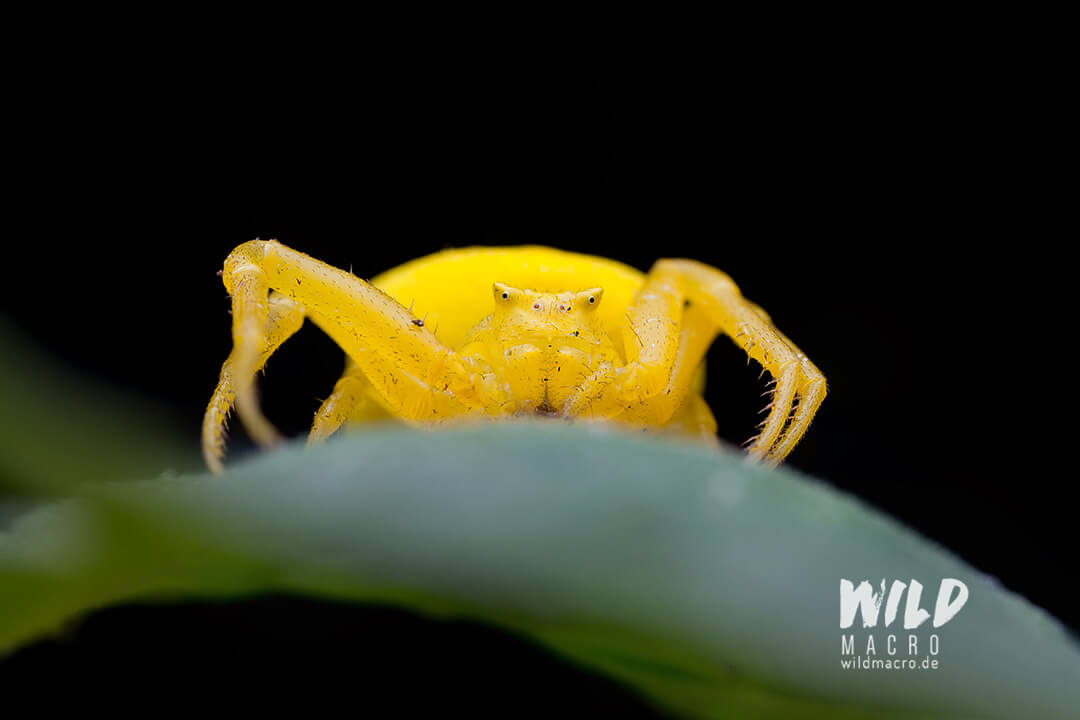
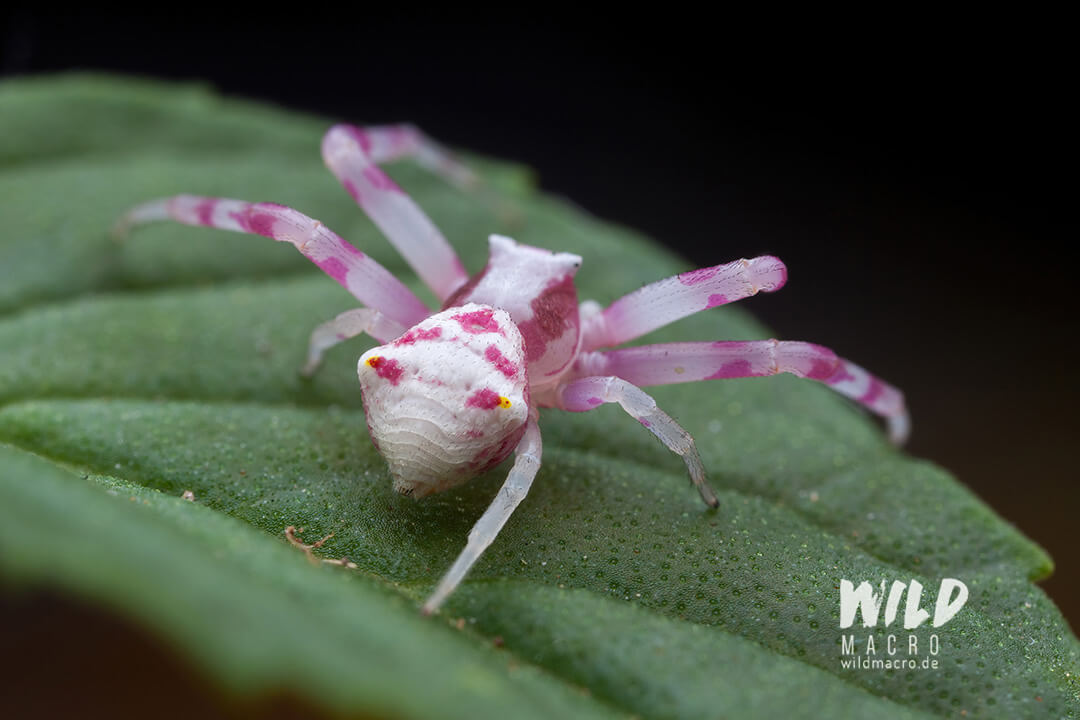
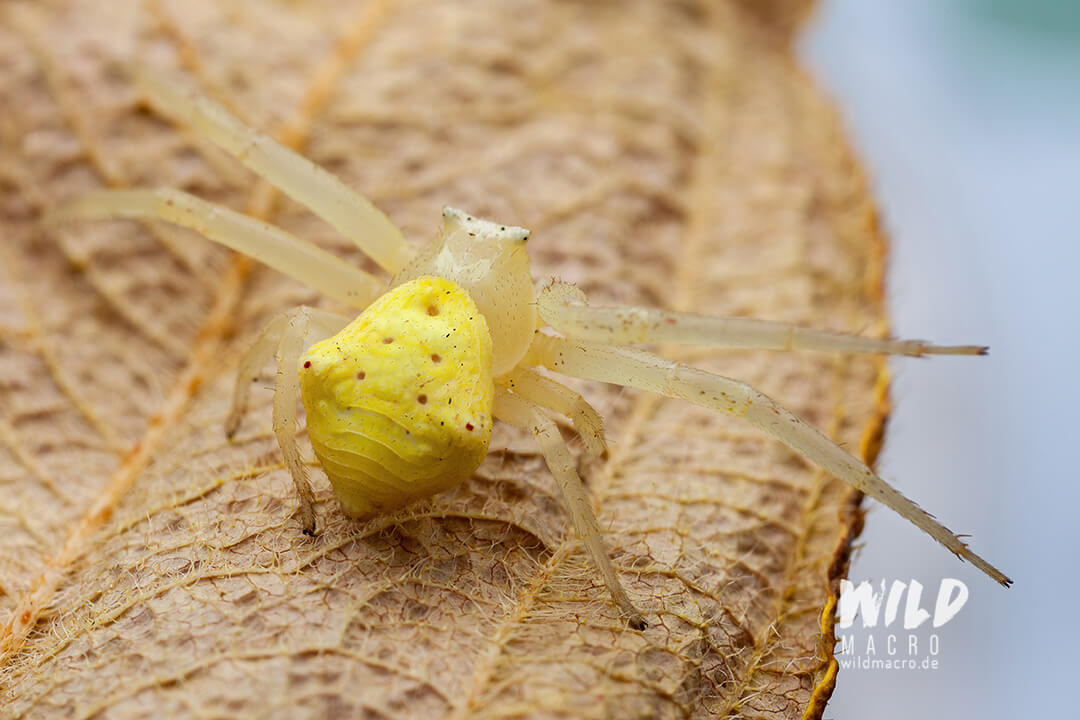
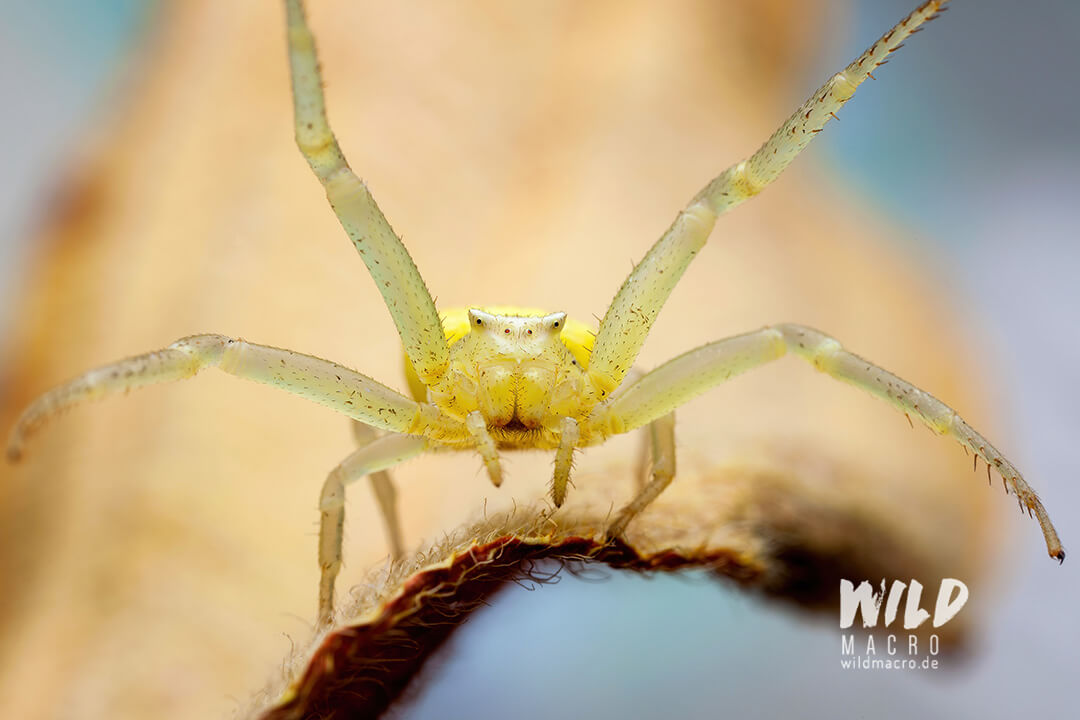
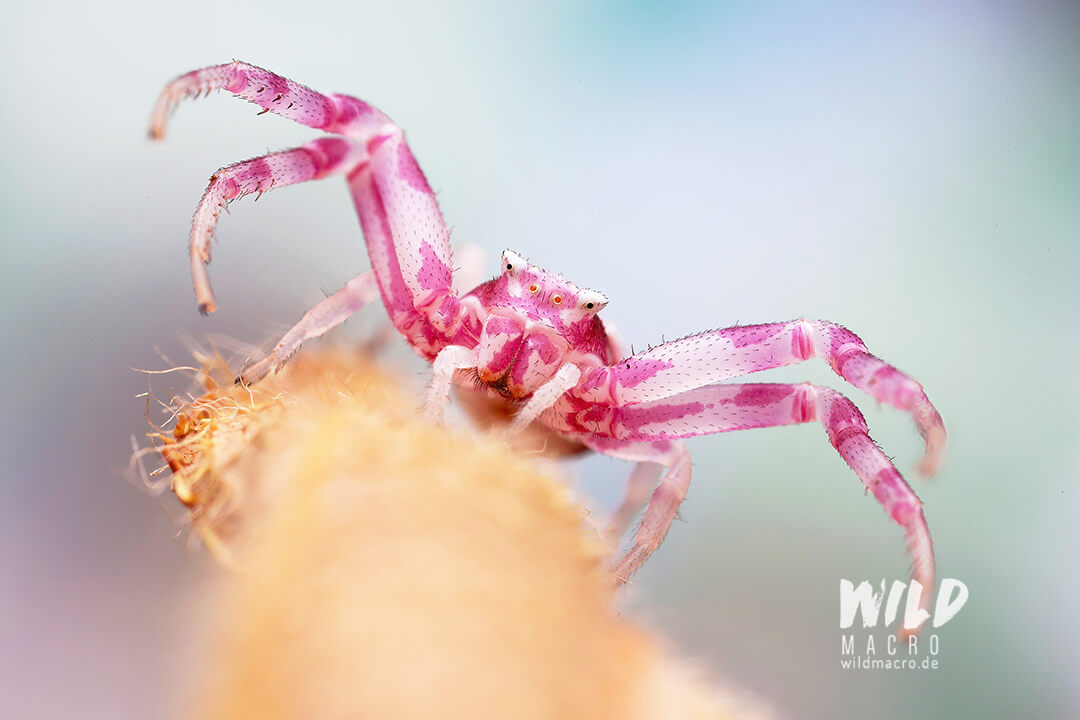
Ant Rodeo
This was an absolute spectacle, even though playing out on the smalest scale and easily to be overlooked.
At one time there was a second ant assisting in wrestling the larva, that was desperately fighting for its life after sticking out its head out of a hole in the papaya tree at the worst time possible.
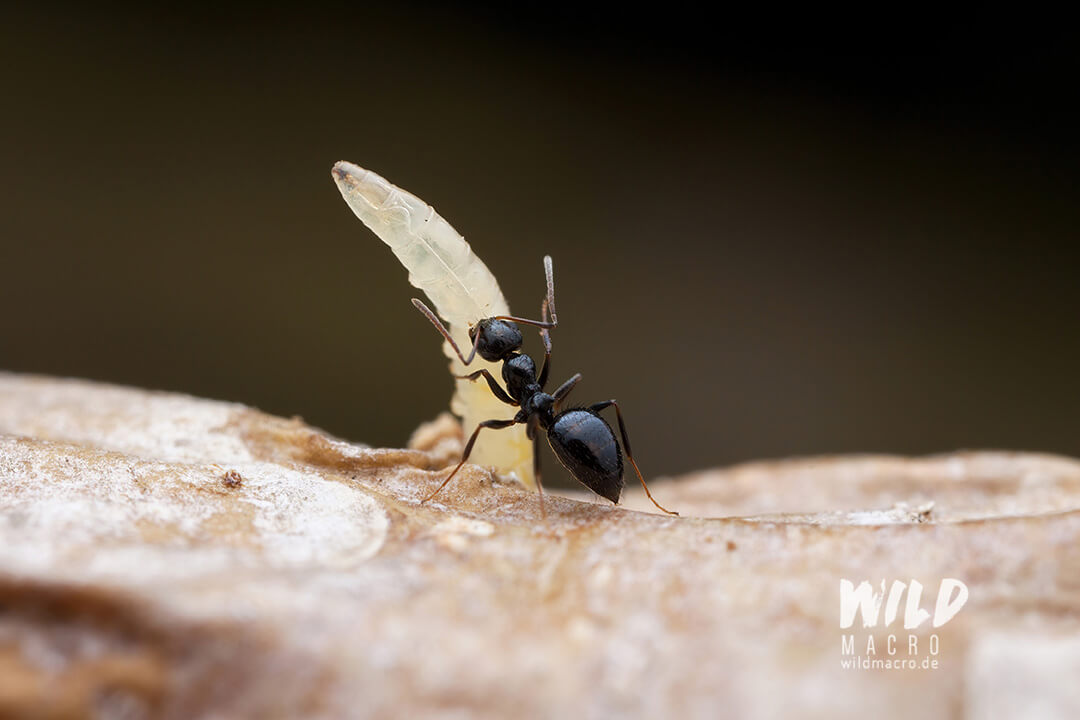
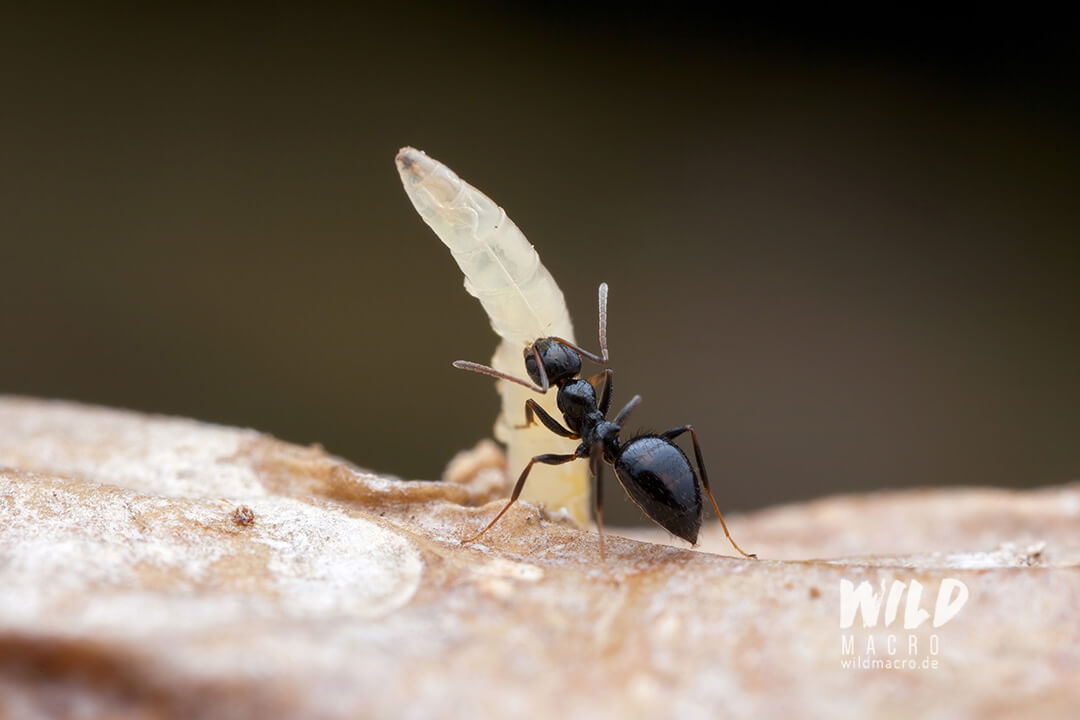
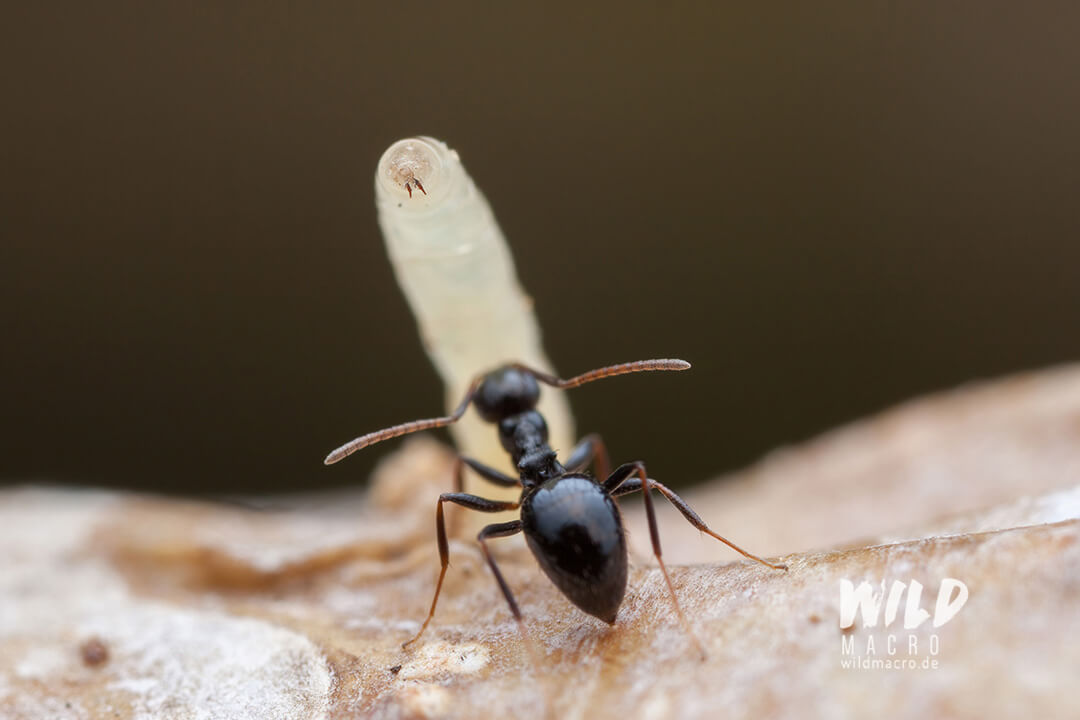
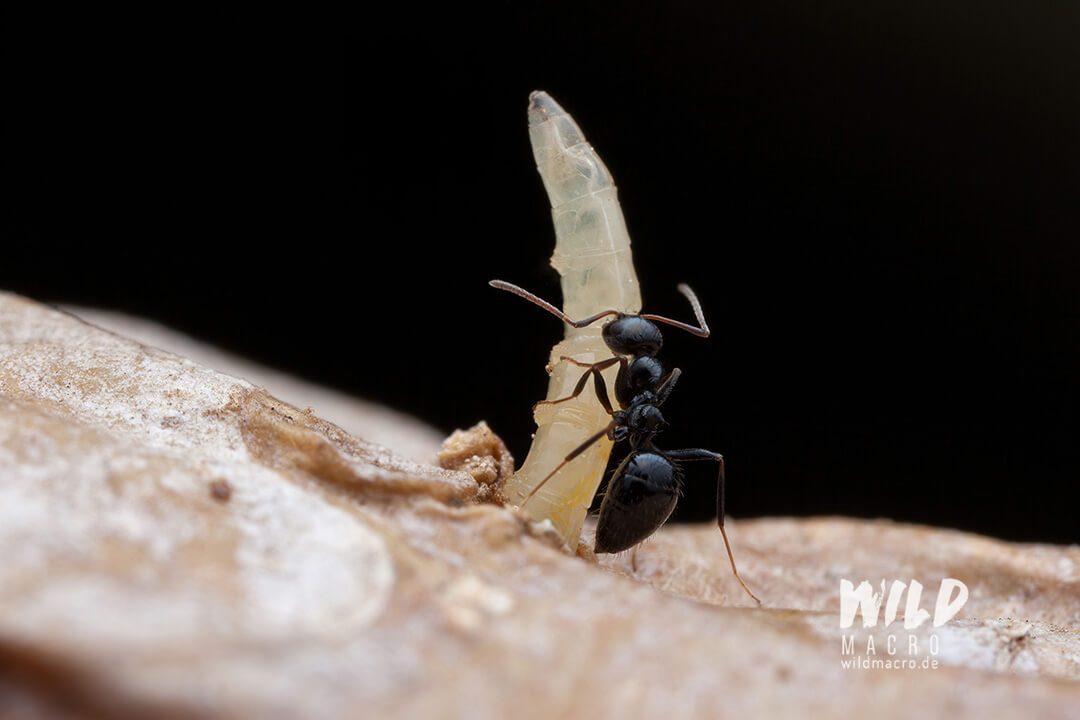
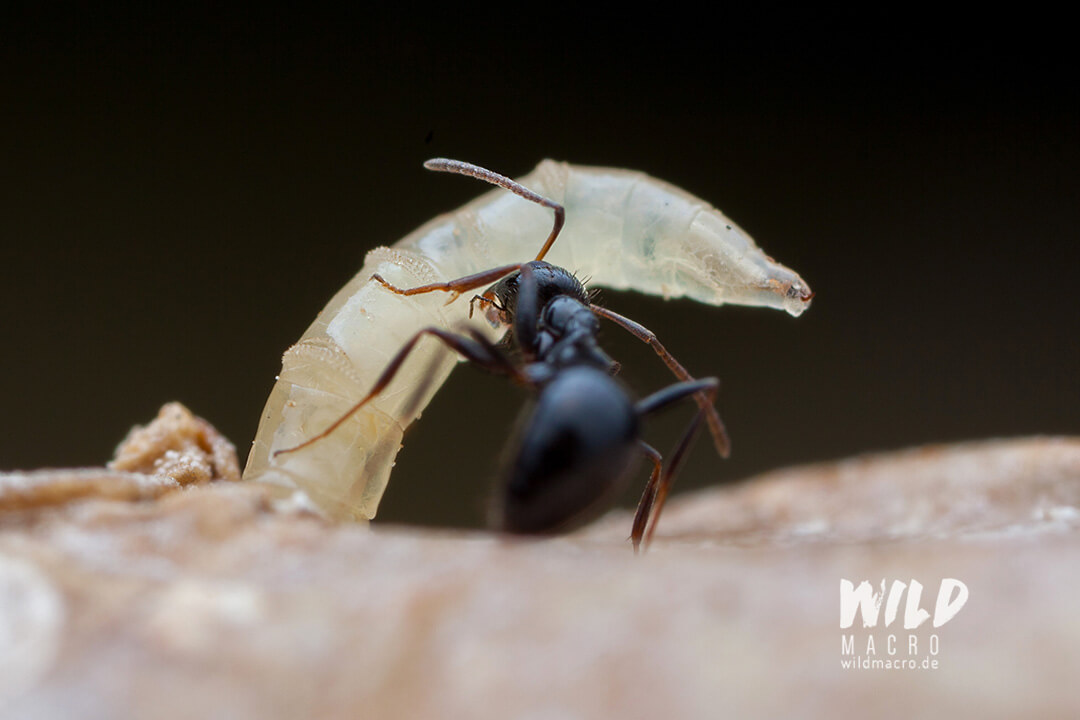
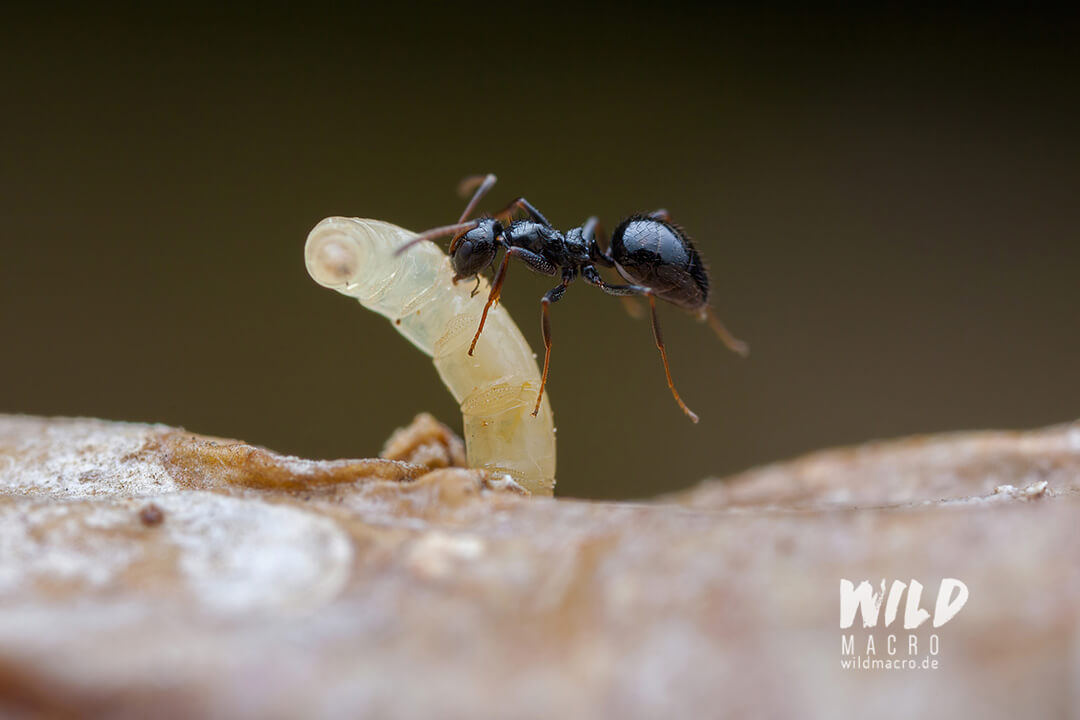
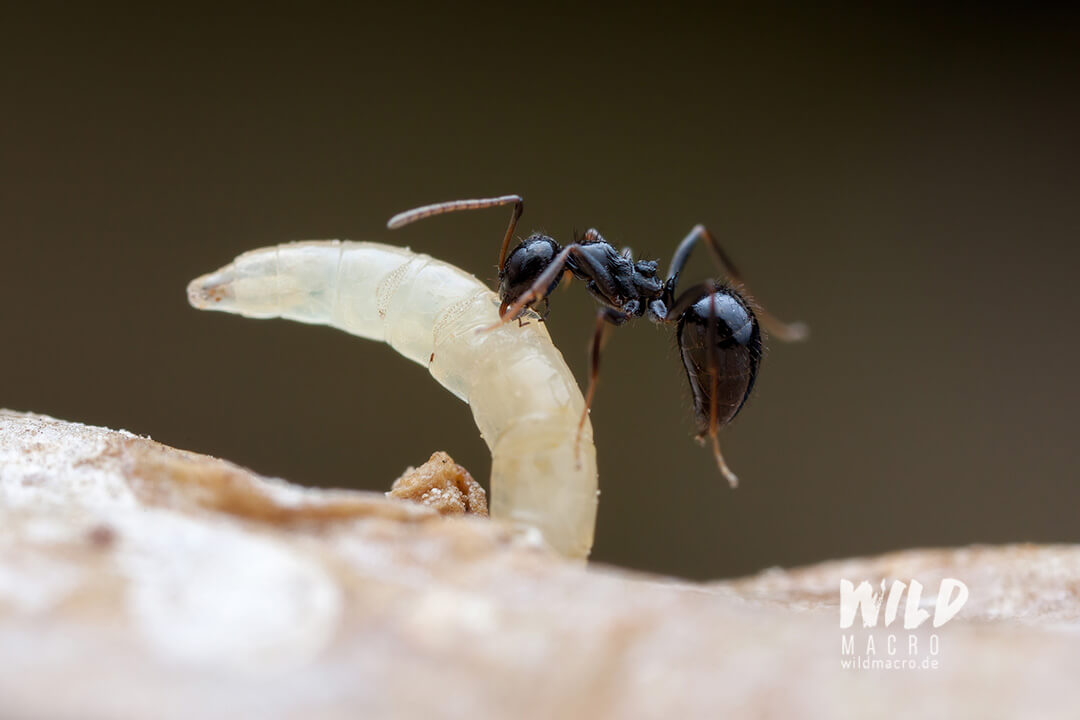

Ants at work
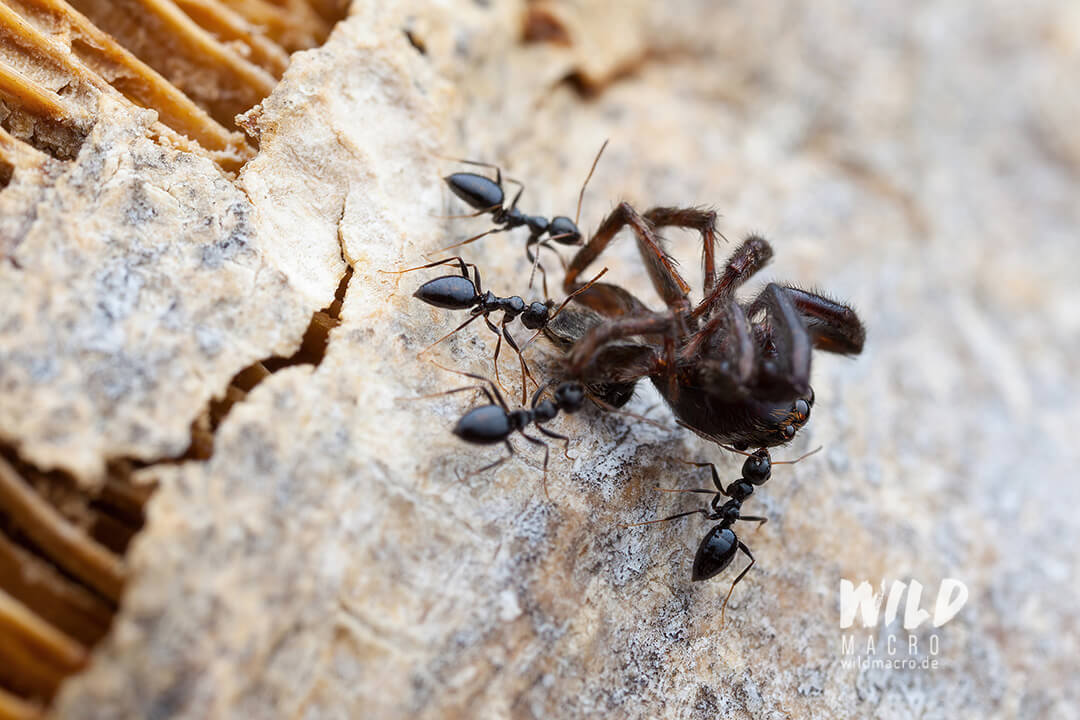
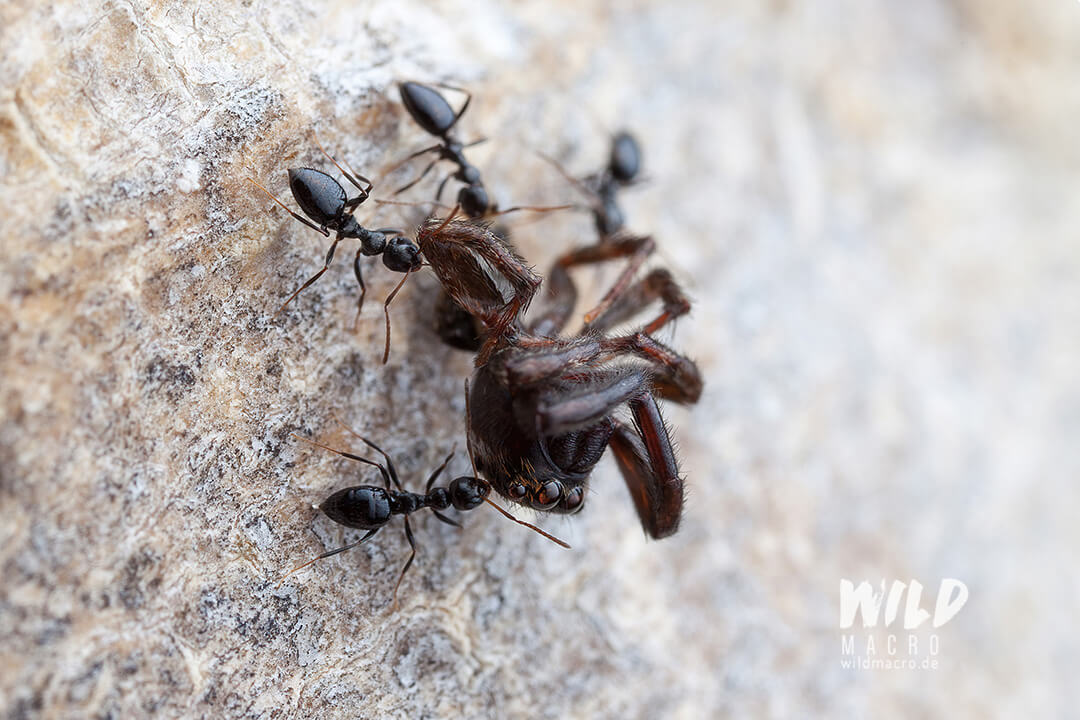
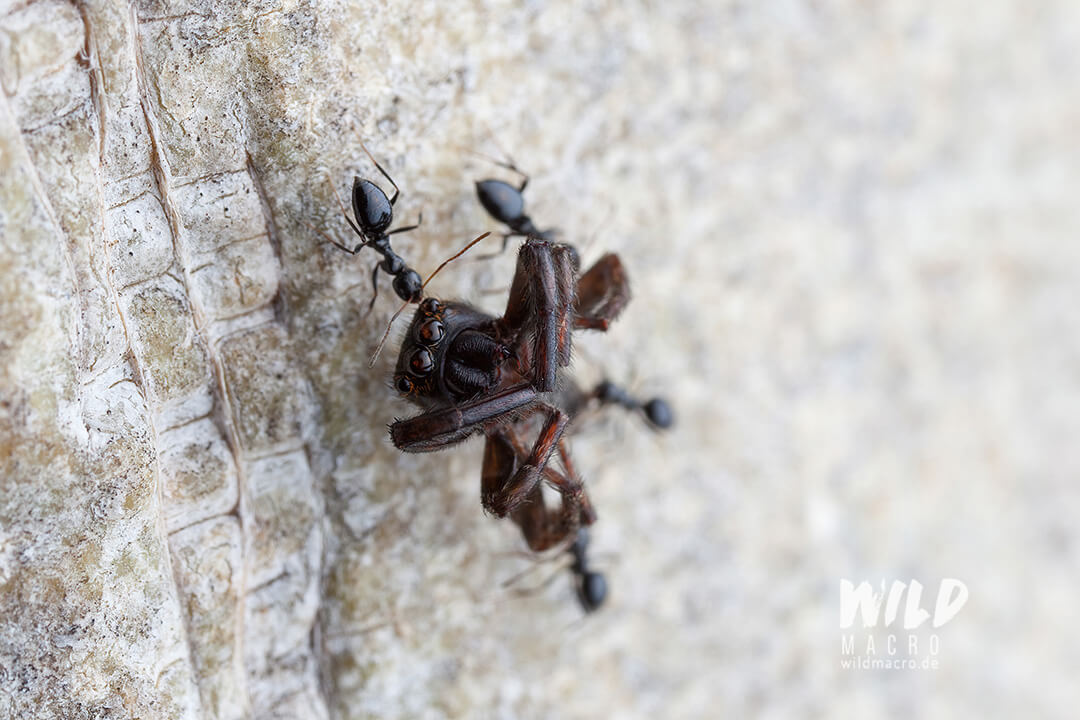
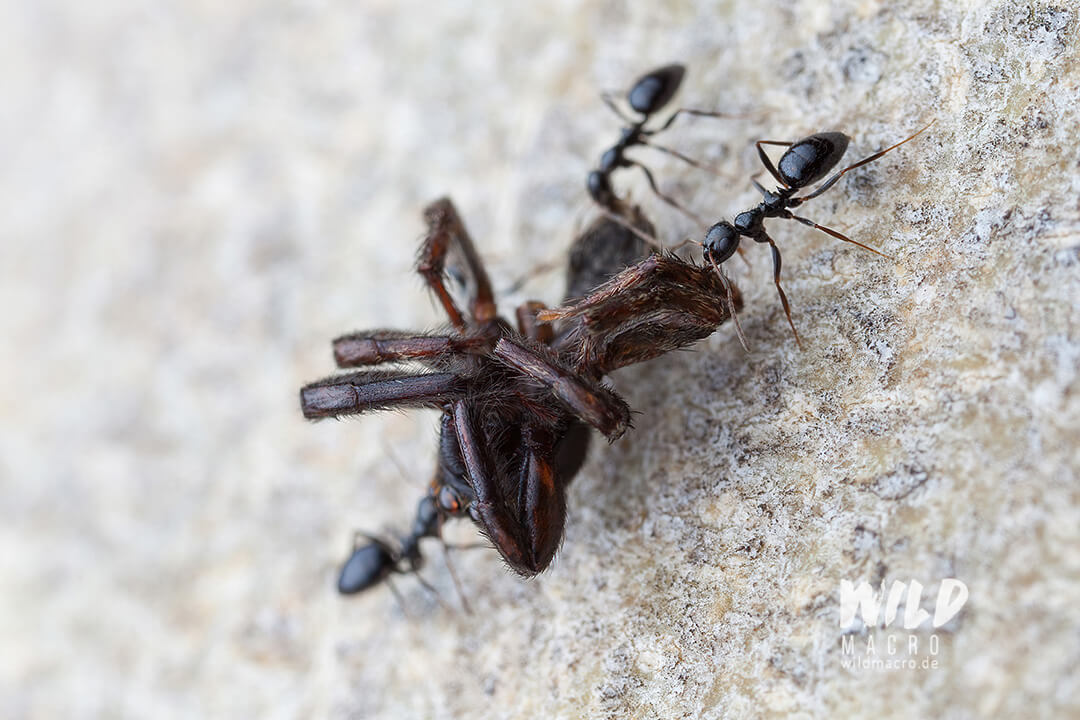
A mite-infested fly laying eggs
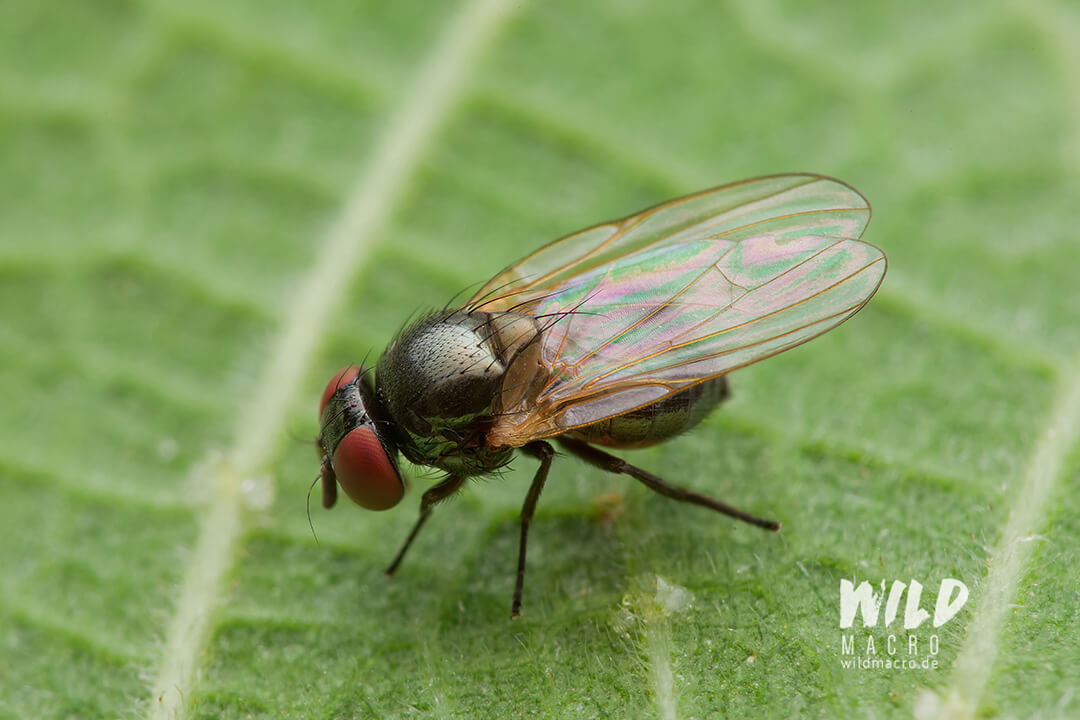
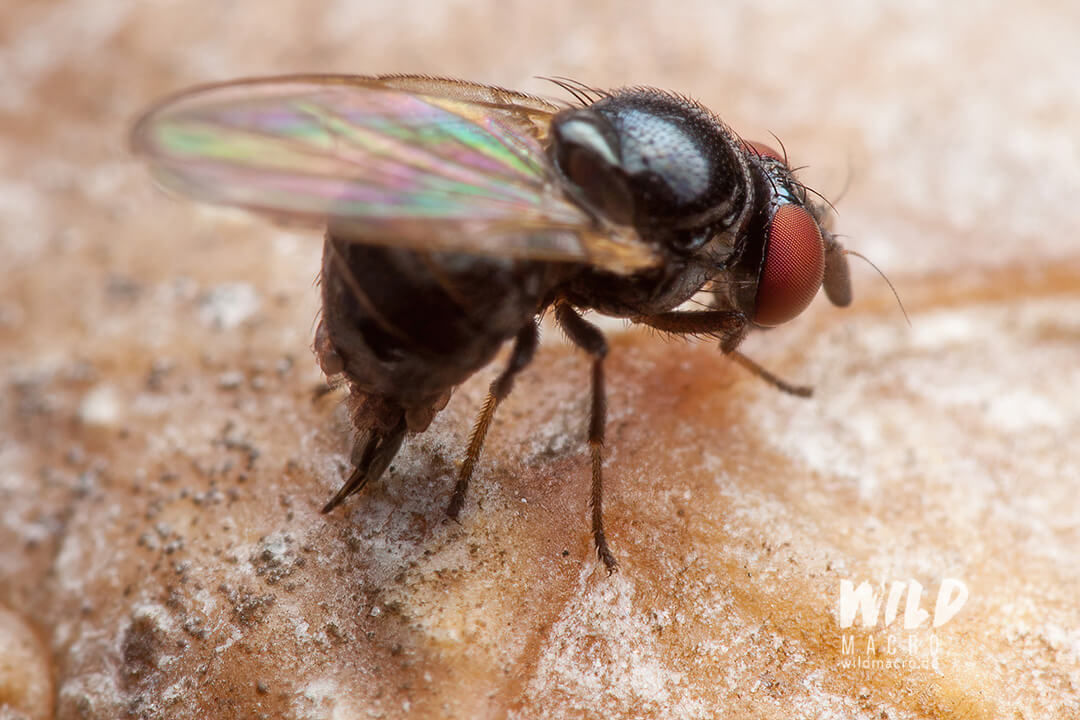
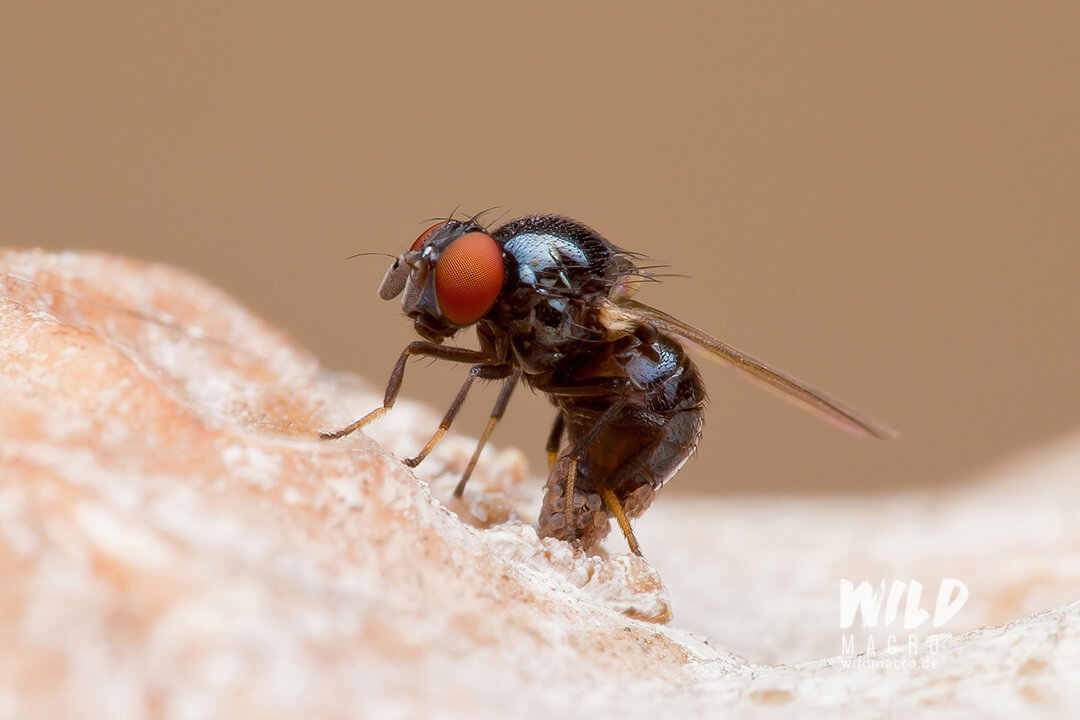
Praying Mantids
Praying mantises are a group of insects that, very much like Jumping spiders, seem to connect to us humans on a certain level: they seem to have some kind of personality and often interact with the beholder in a very direct manner.
This effect gets intensified by their characteristic eyes.
Although they have compound eyes, their so called pseudo pupil gives them the appearance of an actual eye with a moving pupil.
This is just a mere illusion but a praying mantis always seems to follow objects with their eyes.
There is definitely no staring contest a Praying mantis would not win!
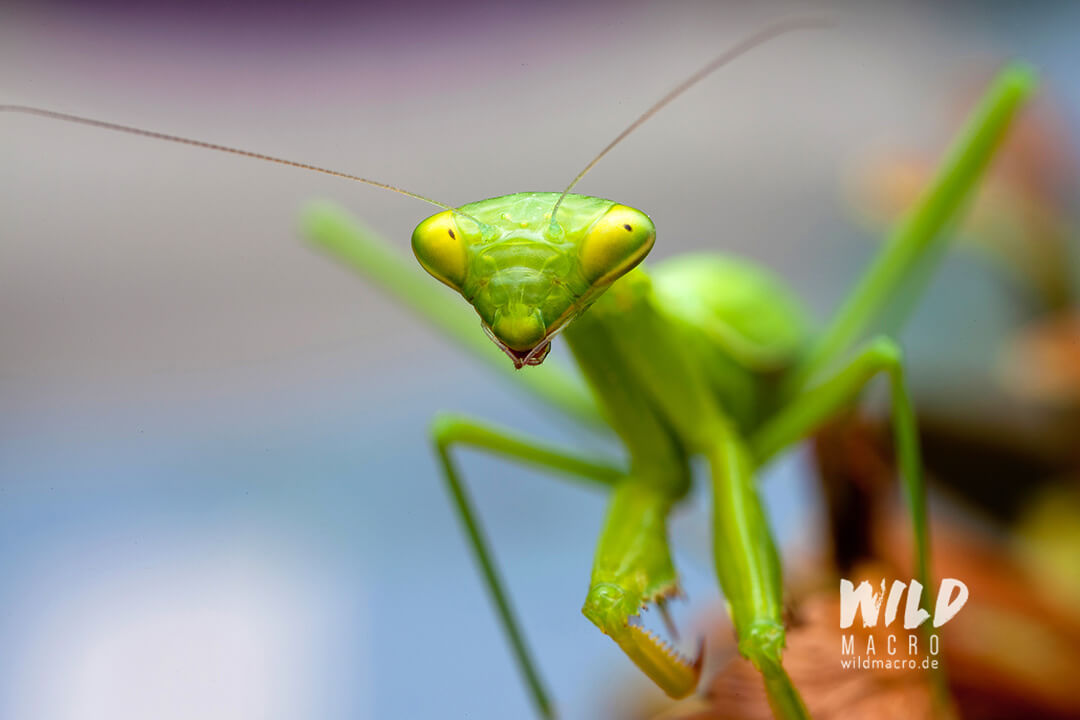
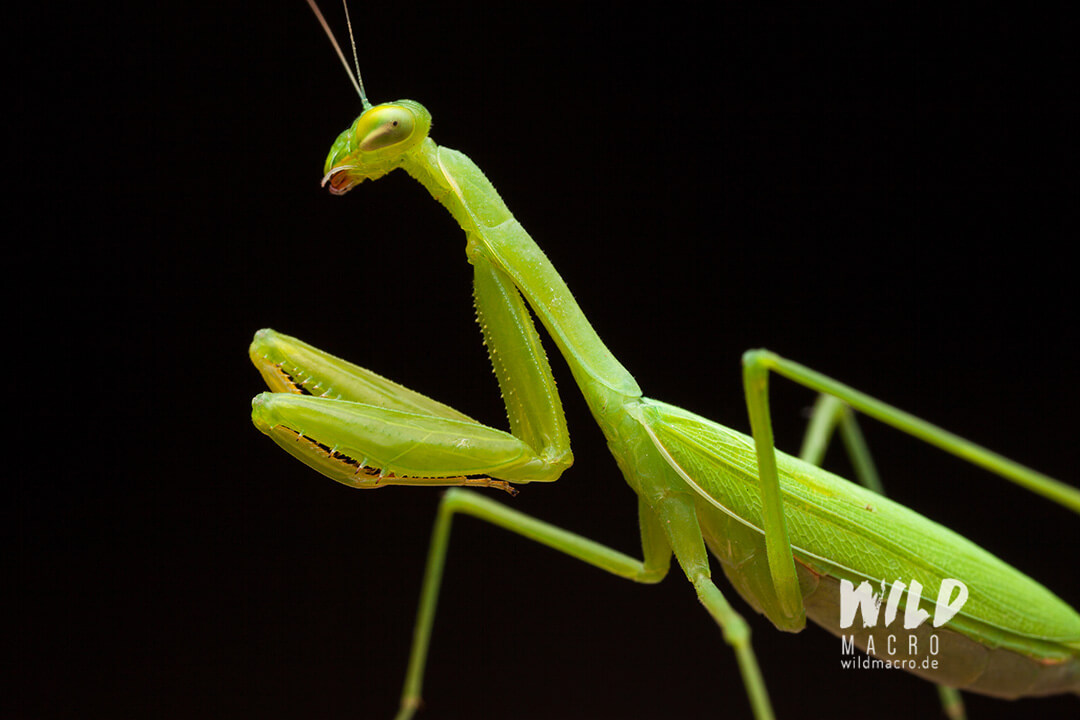
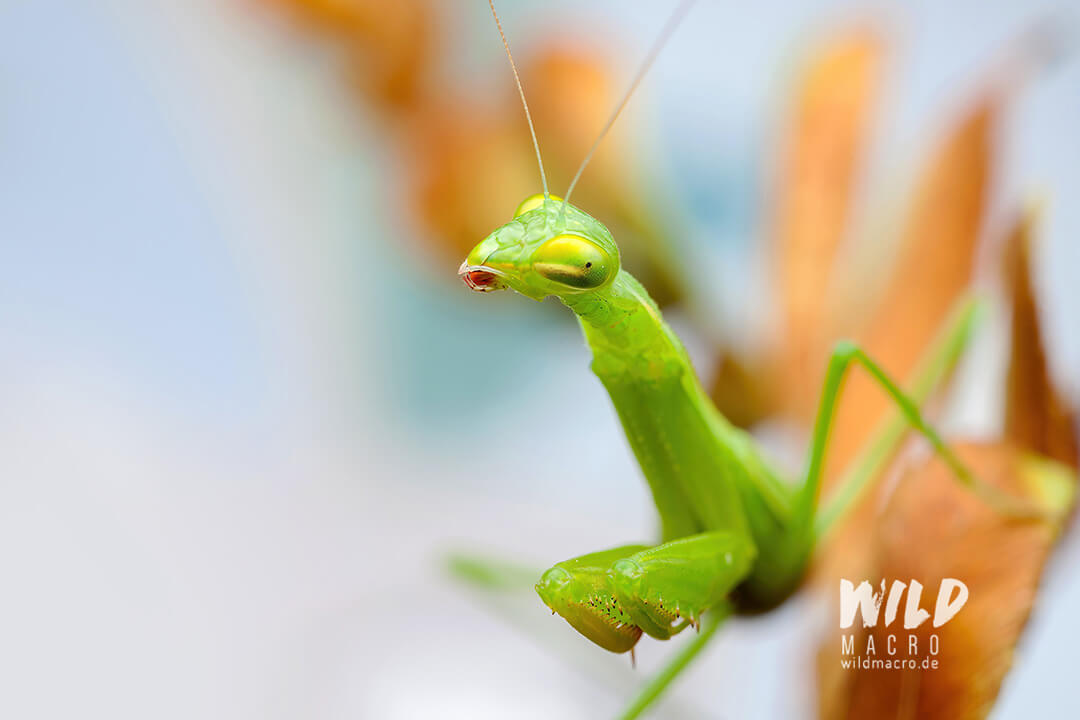
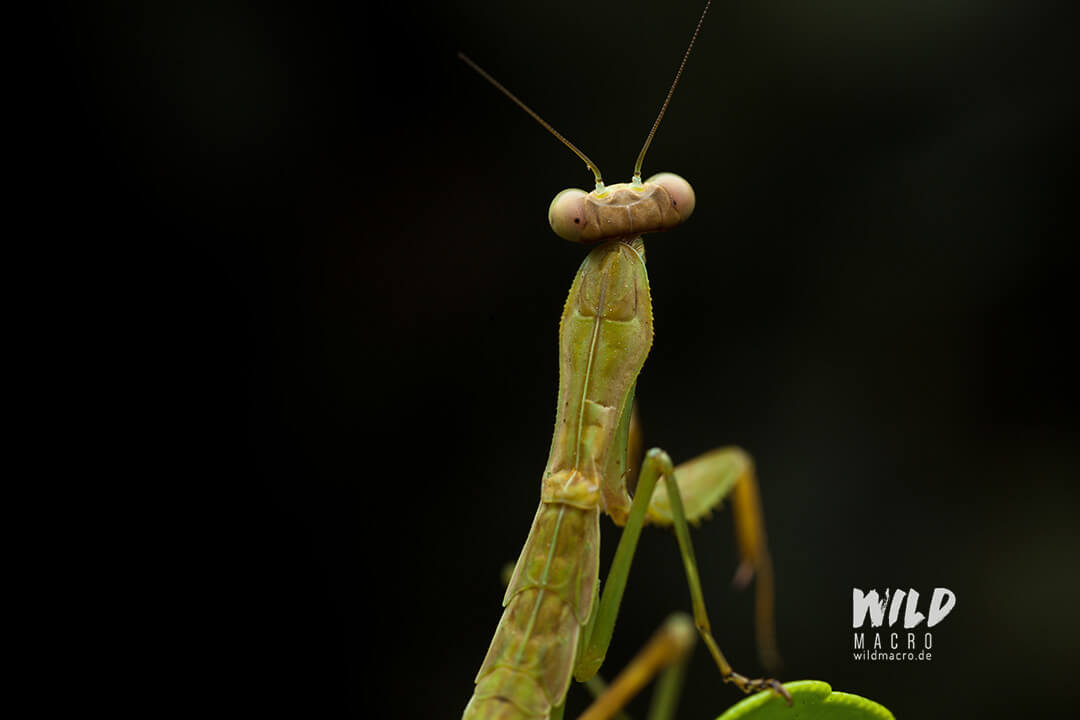
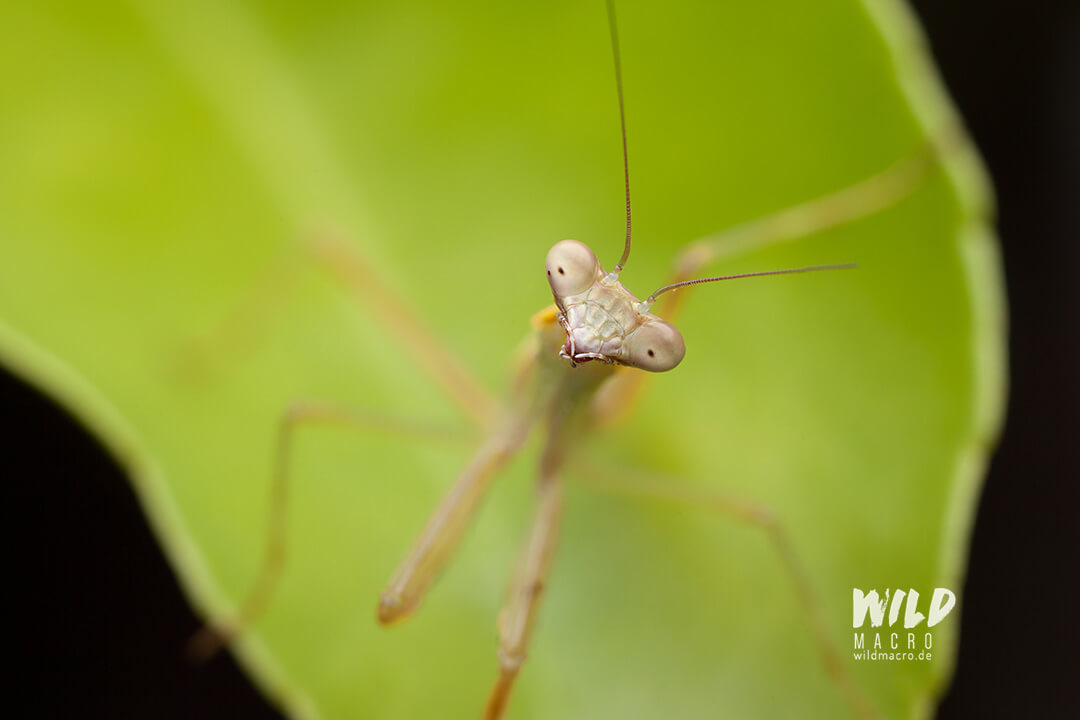
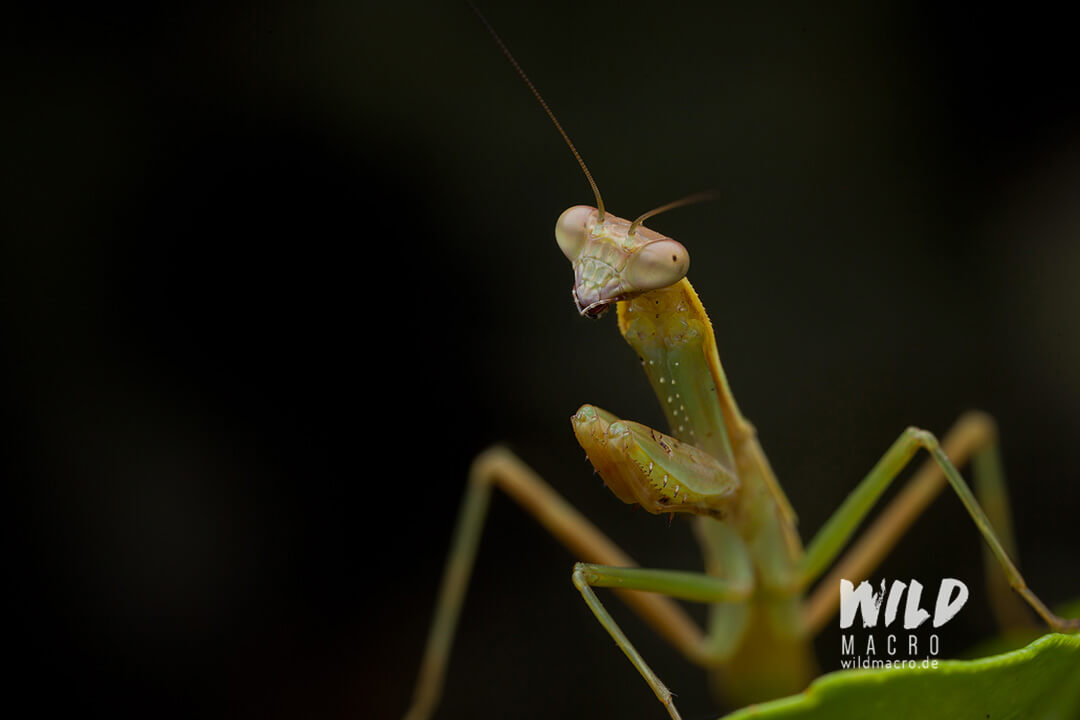
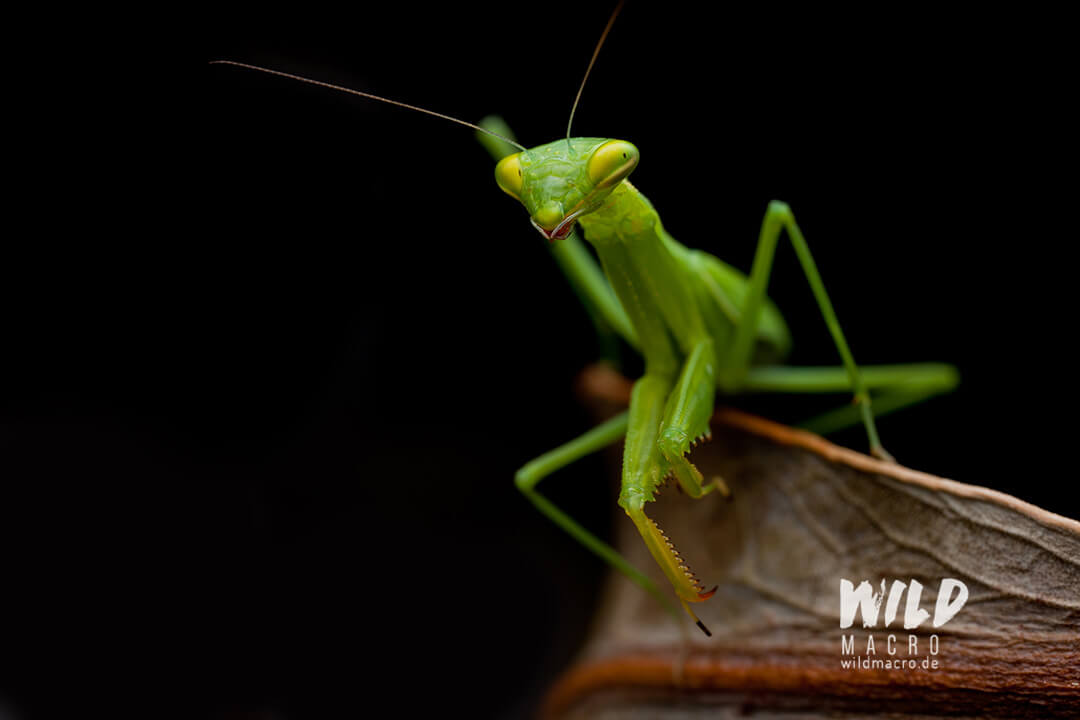
Other spiders (Araneae)
Bum-eyed spider (Araneus legonensis)
While the name-giving eye pattern on the abdomen remind me of jumping spider eyes indeed, some also see the mascot of the stackable chips pringles logo.
The american snack food company actually tried to use the spiders resemblance to the brand´s logo for marketing purposes, and started a campaign/petition to rename an asian relative of the spider depicted here, the so called “kidney garden spider (Araneus mitificus)”, to “Pringles spider”.
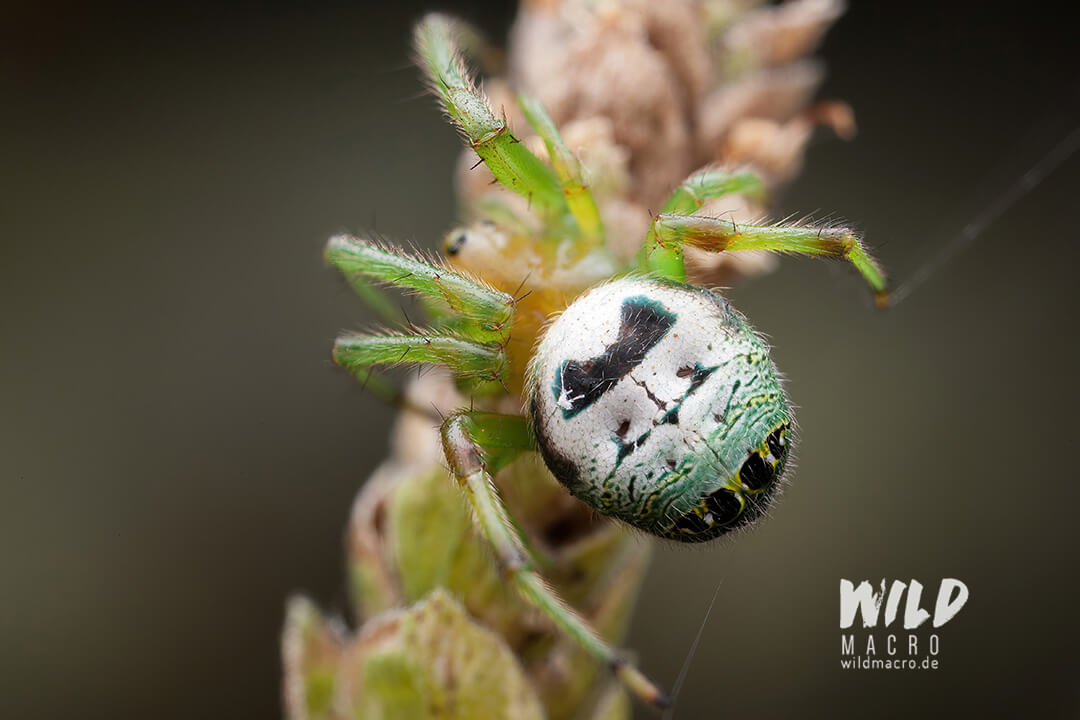
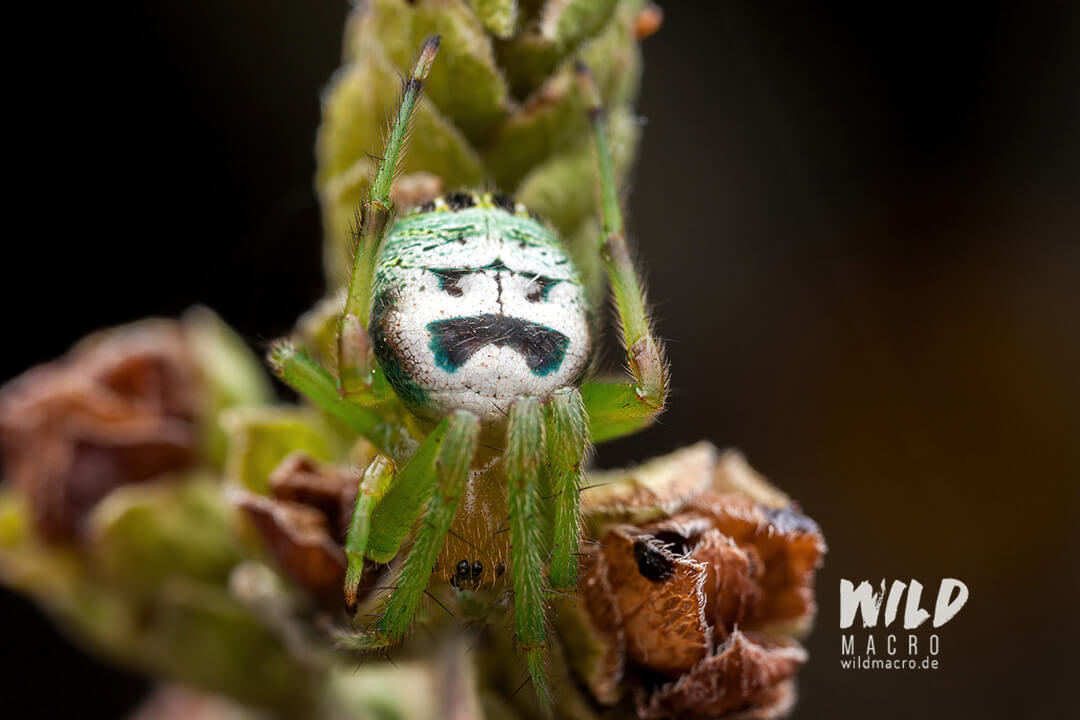
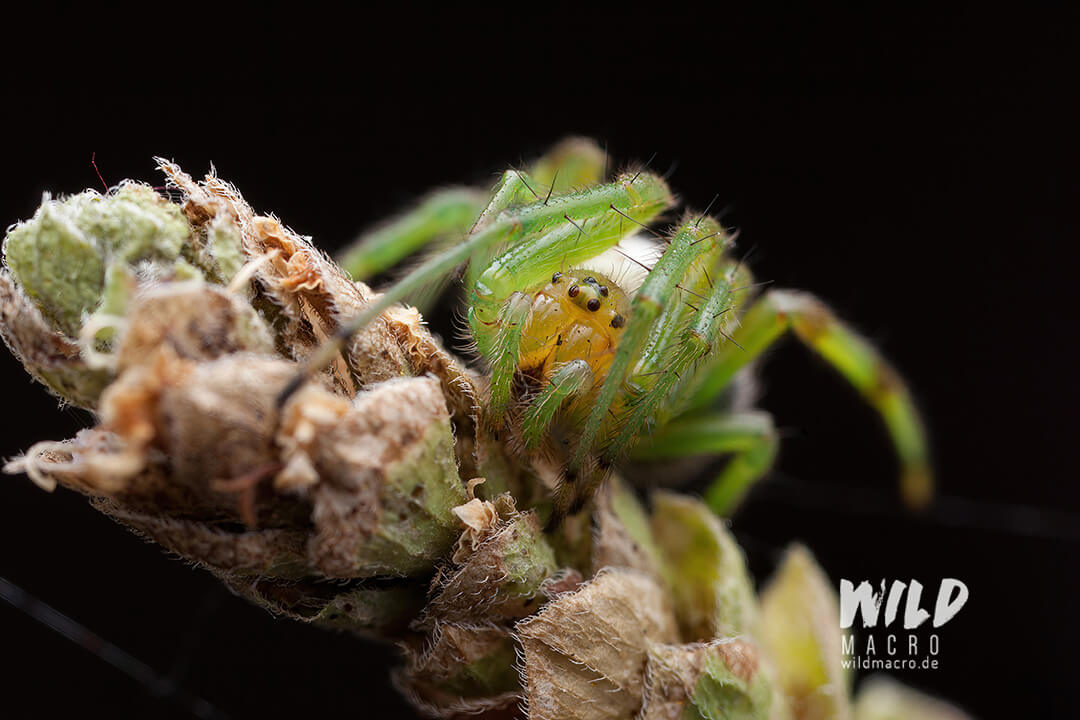
Long-spinnered bark spider (Hersilia sp.)
These tree trunk spiders (also known as two-tailed spiders) can easily be recognized by their enlarged and elongated spinnerets, which also give them their common name.
Their ability to blend in with their surroundings and the surface they sit on is phenomenal, thanks to their cryptic colouration.
Discovering a specimen that is hiding on bark, can sometimes be extremely difficult.
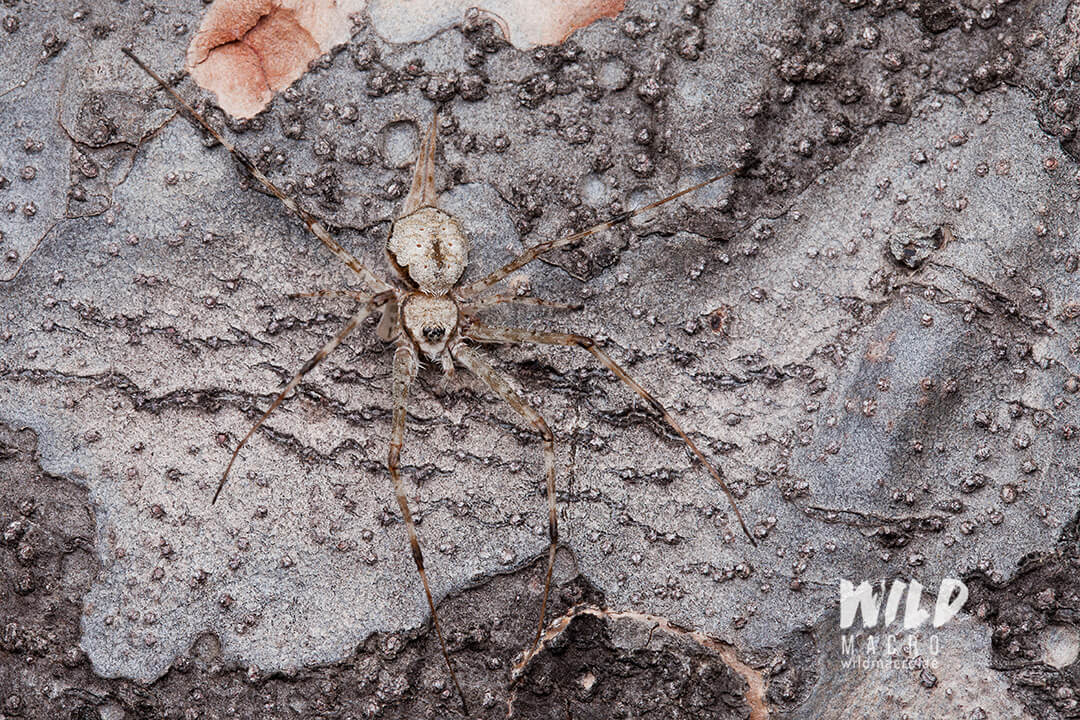
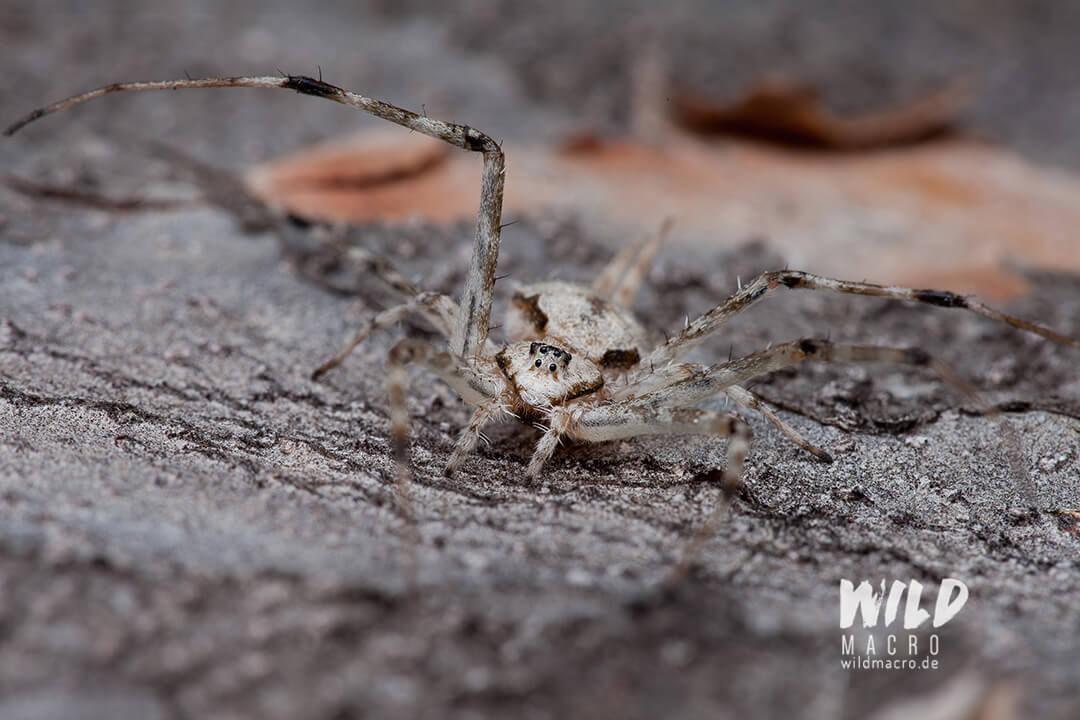
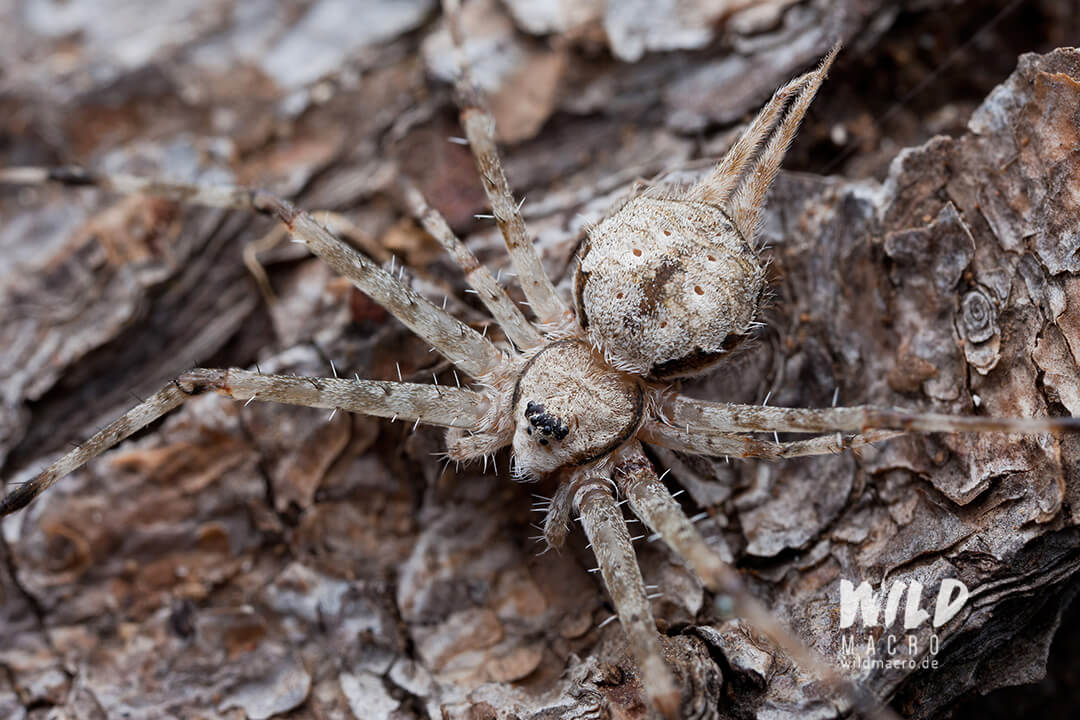
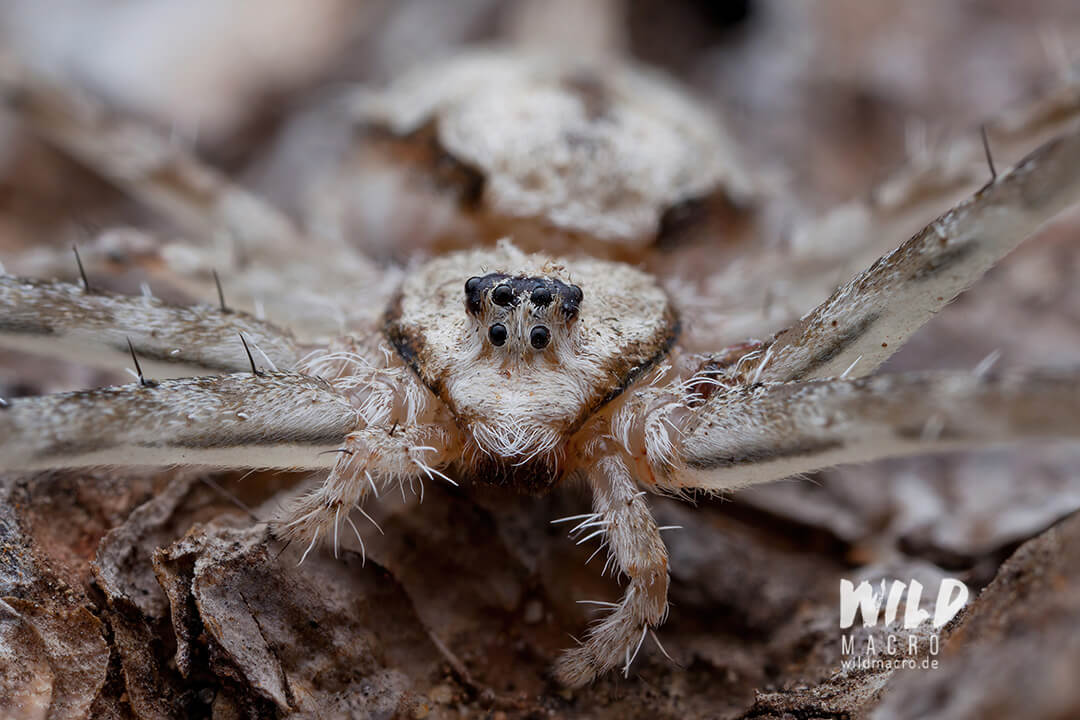
The depicted specimen was about 1cm in (body)size.
My guess from the appearance alone, would be Hersilia arborea or H. sericea.
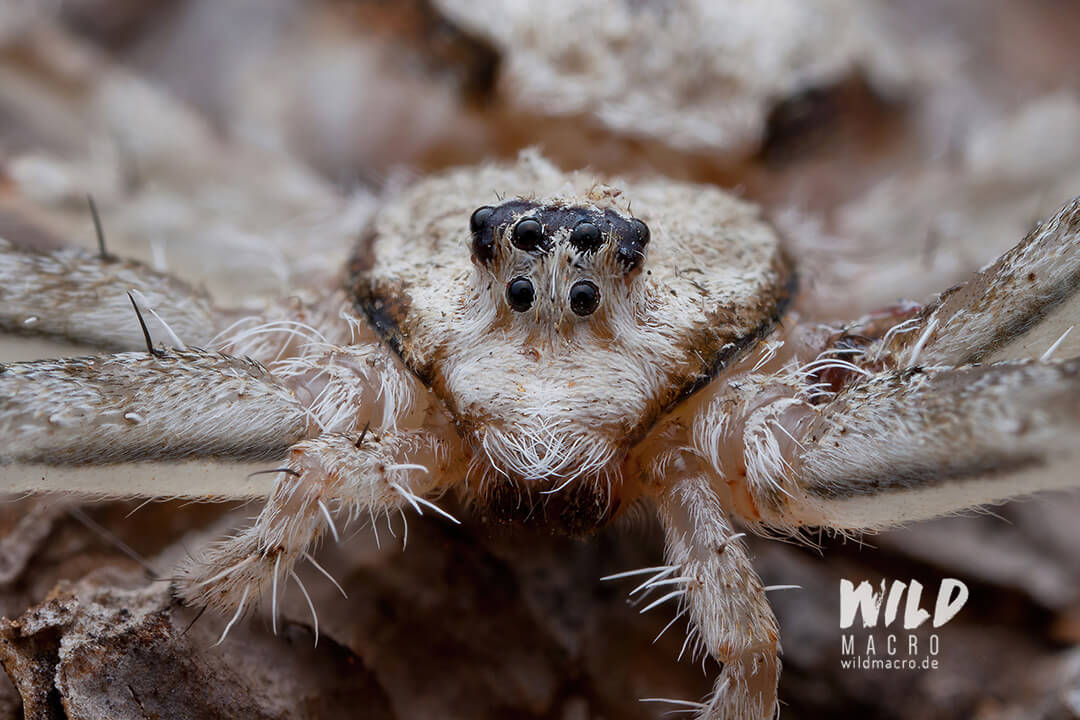
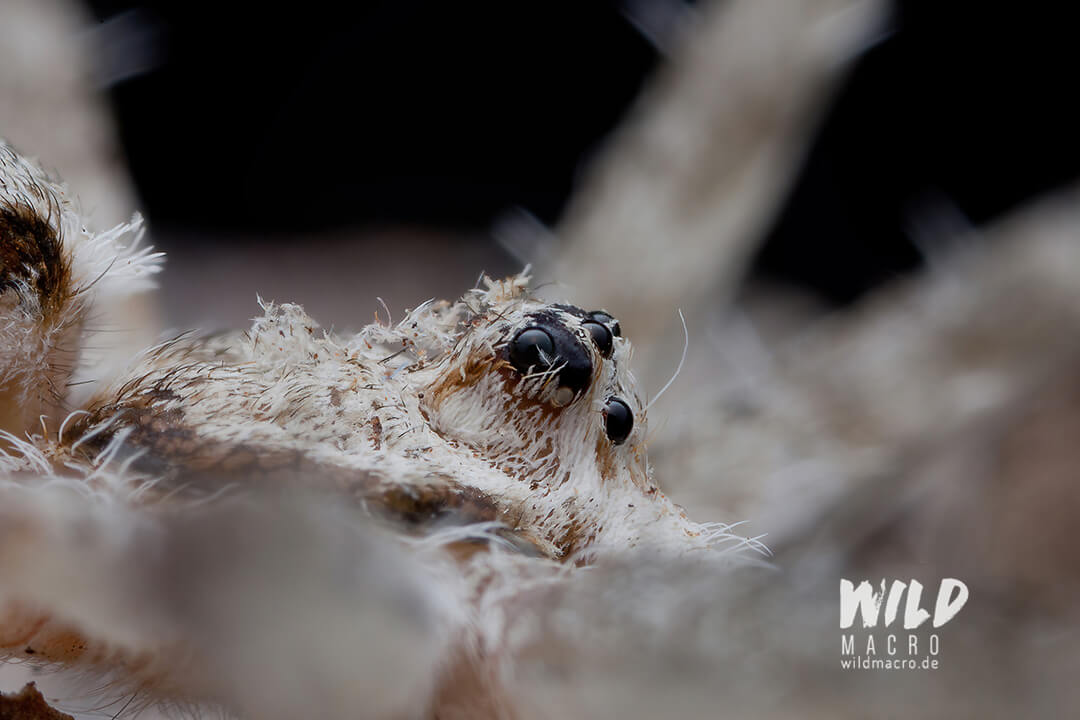

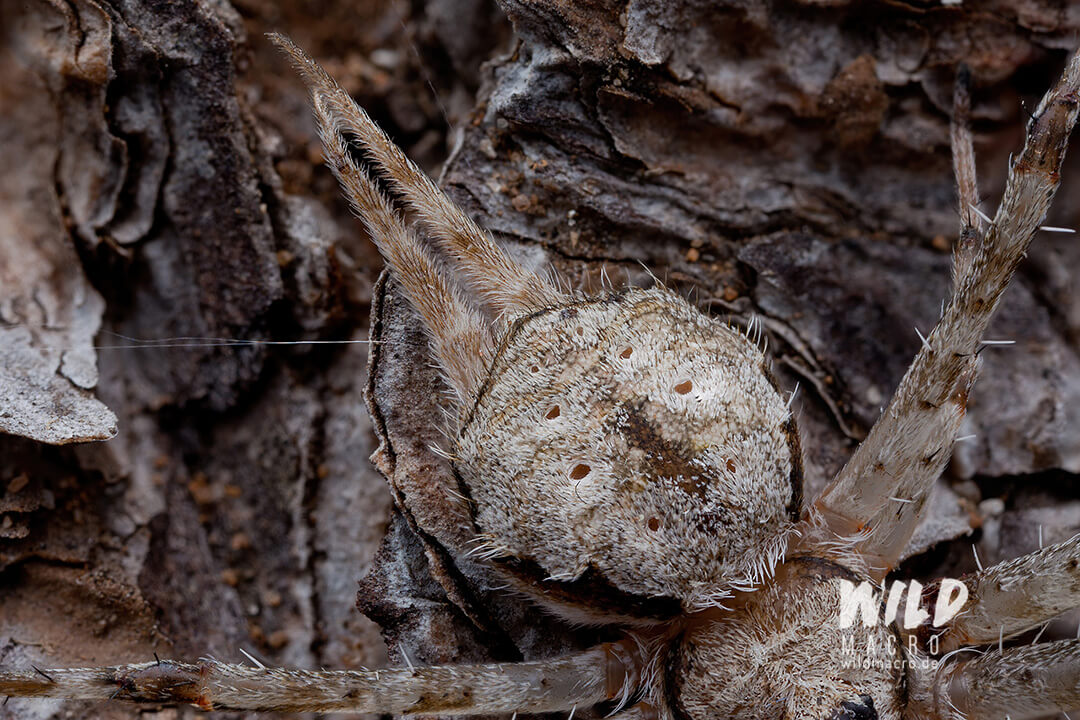
Juvenile Huntsman spider (maybe Olios sp.)
This specimen was difficult to spot during my night field trip, being almost see-through and of ghost-like appearance with its greenish tint.
At about 5-7mm it was rather small, too.
Unfortunately I was not able to get any identification on this, but i think it might be a juvenile Olios sp.
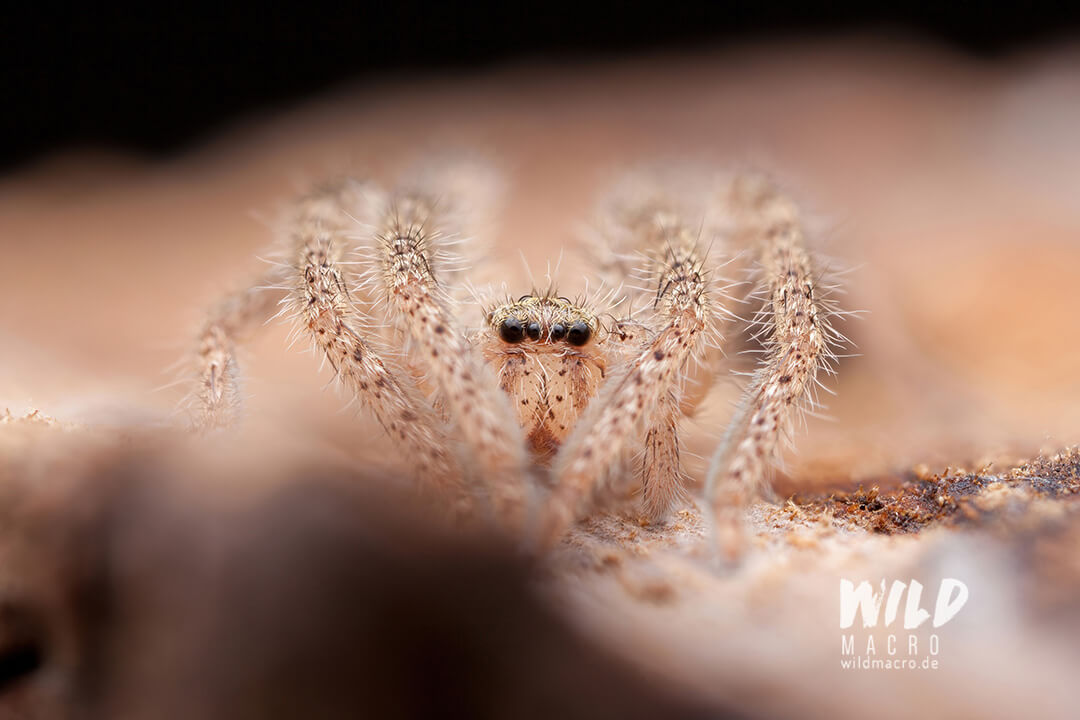

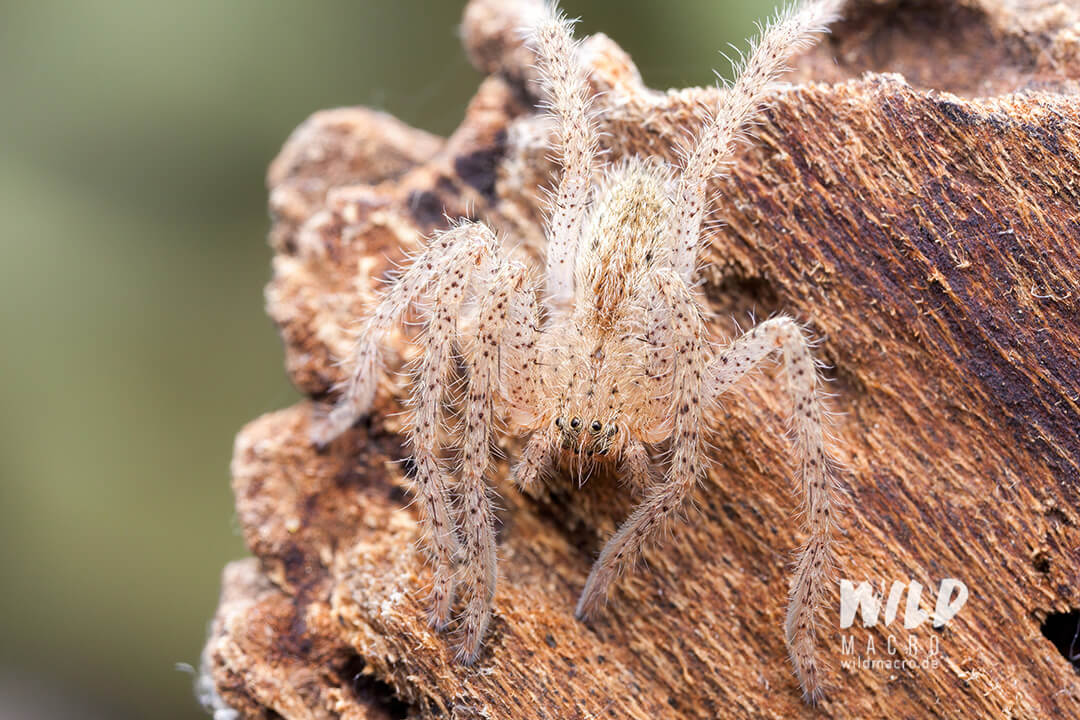
Green Lynx Spider (Peucetia viridis)
This year´s specimen was not even close to the size of the one I found in Stellenbosch the year before, but still an opportunity I could not pass.
To me, Lynx spiders are the ultimate spider predators, as they seem to combine the most effective features and hunting techniques from spiders like jumping spiders and crab spiders.
They actively hunt and ambush their prey, waiting for them on and under leaves, often near flowers and can leap a great distance.
Some species seem to prefer plants that have a certain stickyness to them, which does not affect the Lynx spider´s agility but makes their prey struggle.
Their legs have massive spines, which assist in grabbing prey.
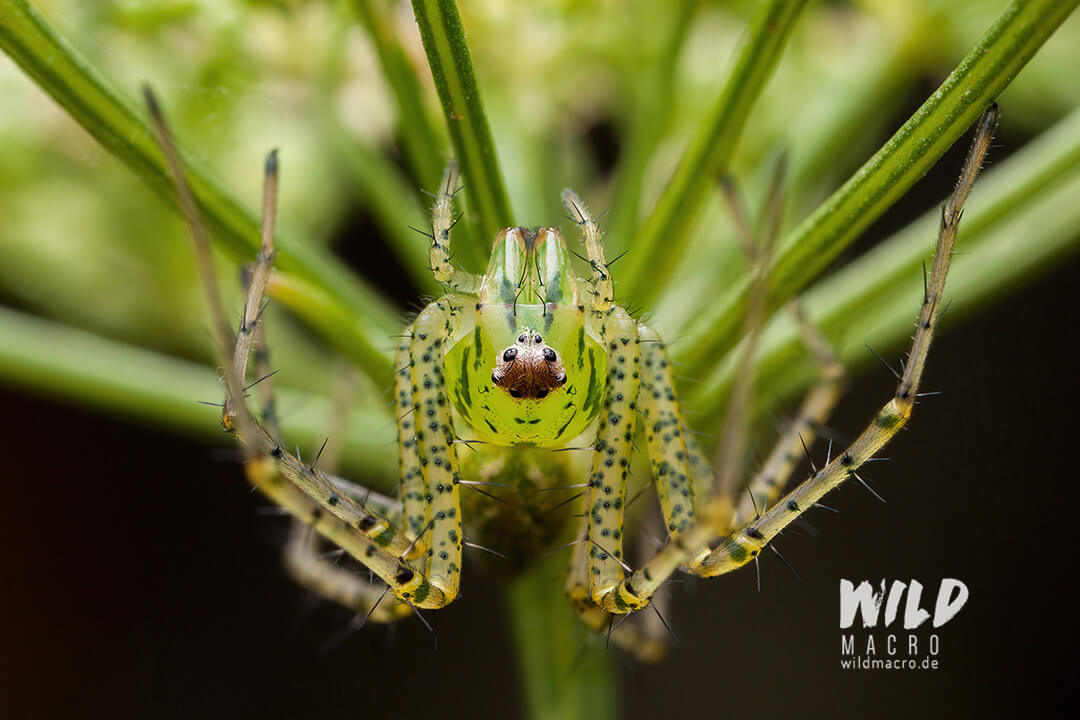
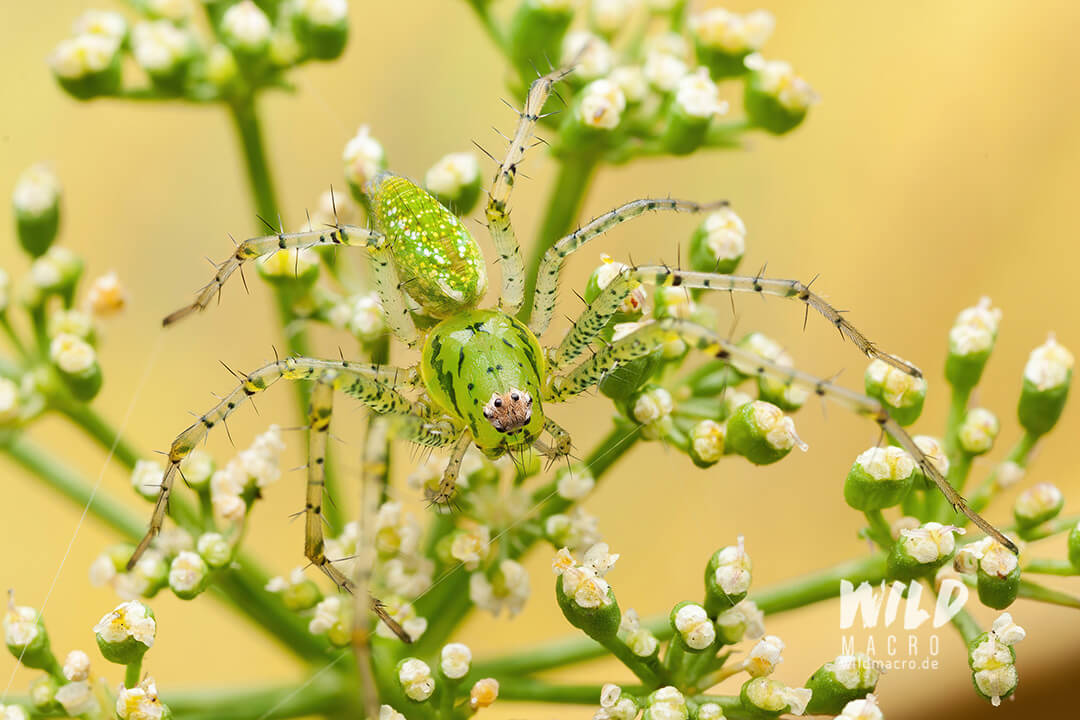
Micaria felix ant-mimicking spider
Micaria spp. are small (1.85–5 mm) ant-like gnaphosid spiders.
I have found two specimens living in direct proximity of an ant nest.
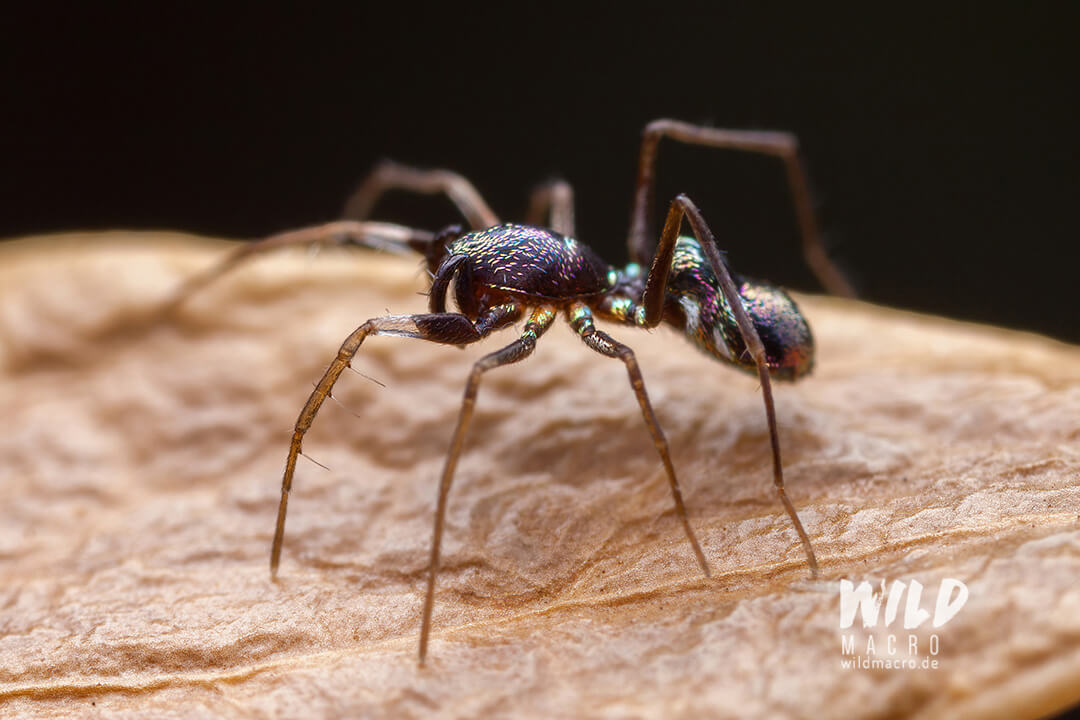

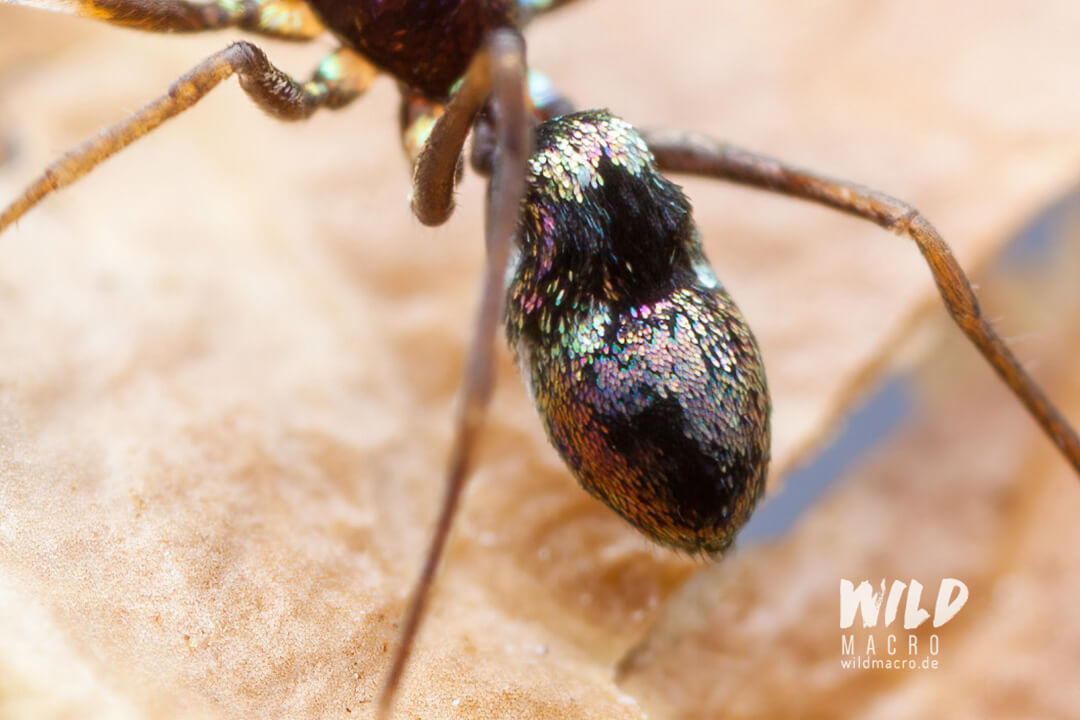
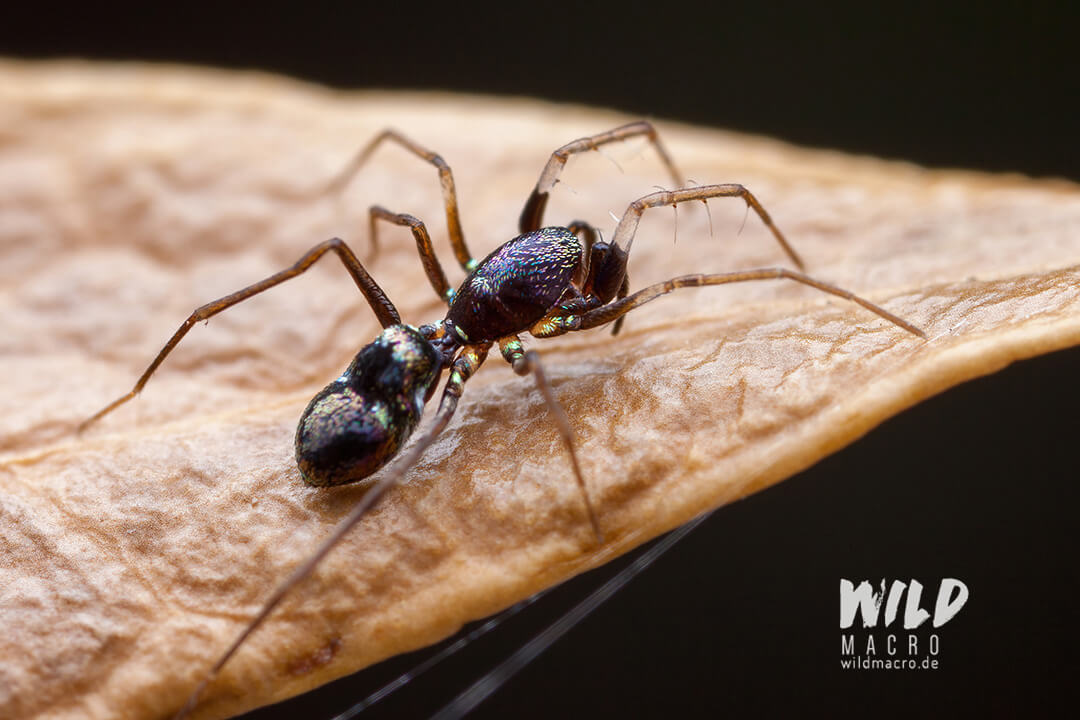
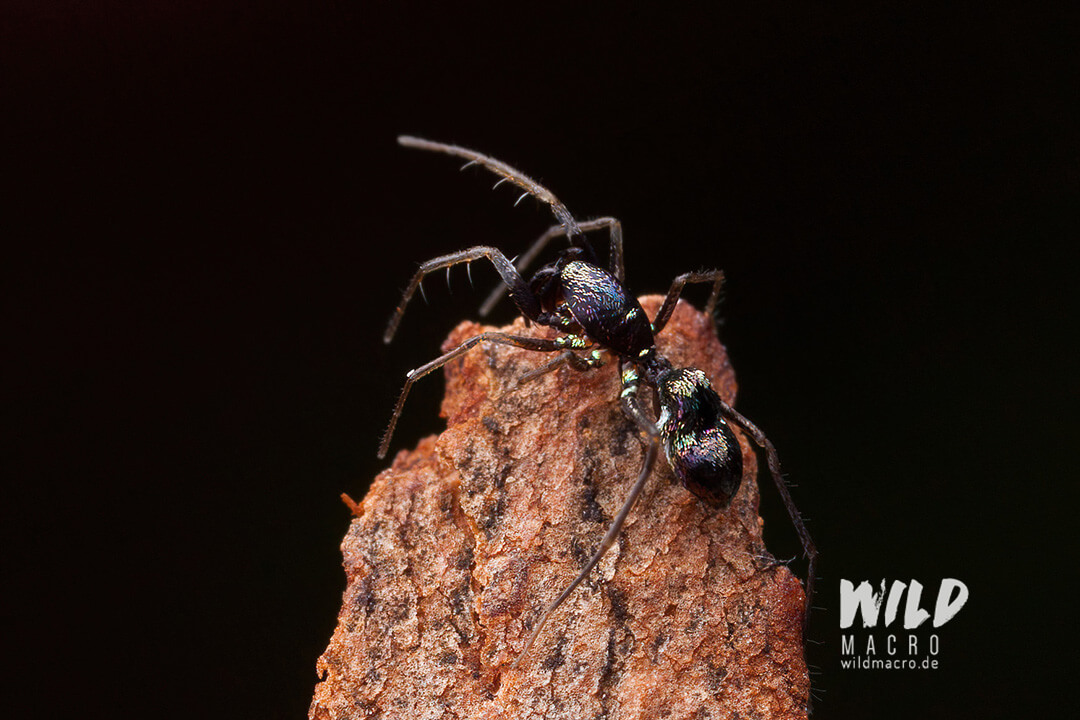
I am glad I could contribute to Ruan Booysen´s and Charles Haddad´s revision of the Micaria genus with the photo above, which was included in the paper.
If you want to read more about the Micaria Westring genus, check out the publication here.
Griswoldia robusta (Zoropsidae)
The species of the genus Griswoldia (in the family Zoropsidae) are all found exclusively in South Africa. As of 2017 there were 12 known species.
Griswoldia robusta is of dark colour with lighter brown patterns.
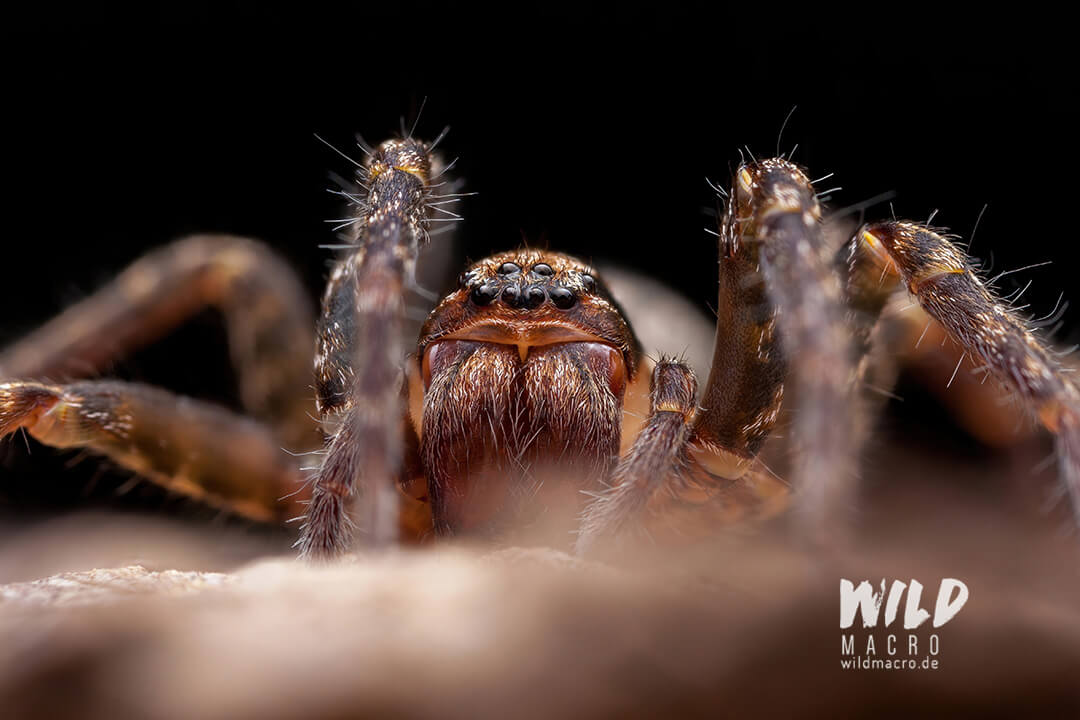
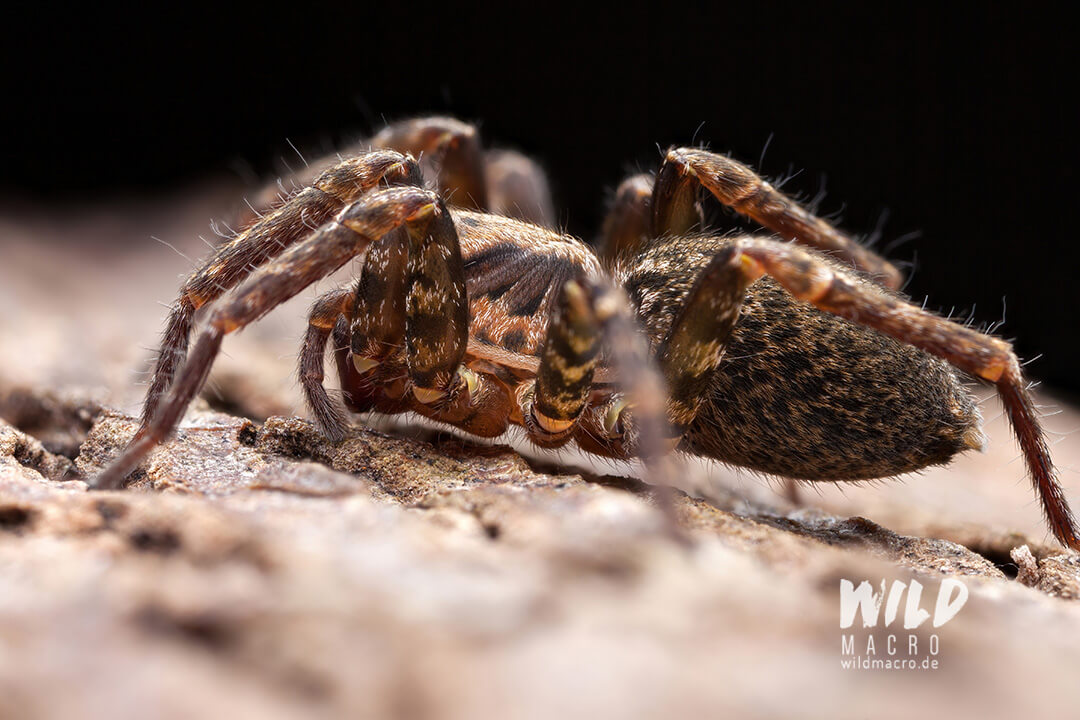
The abdominal pattern of the specimen I found, resembles a Lion´s head or face, bringing up memories of Scar, the notorious villain from Disney´s ‘The Lion King’ in particular.
You can read more about its interesting pattern here.
It was only after writing the article, that i realized that the lion face pattern shows on other Zoropsidae species as well.
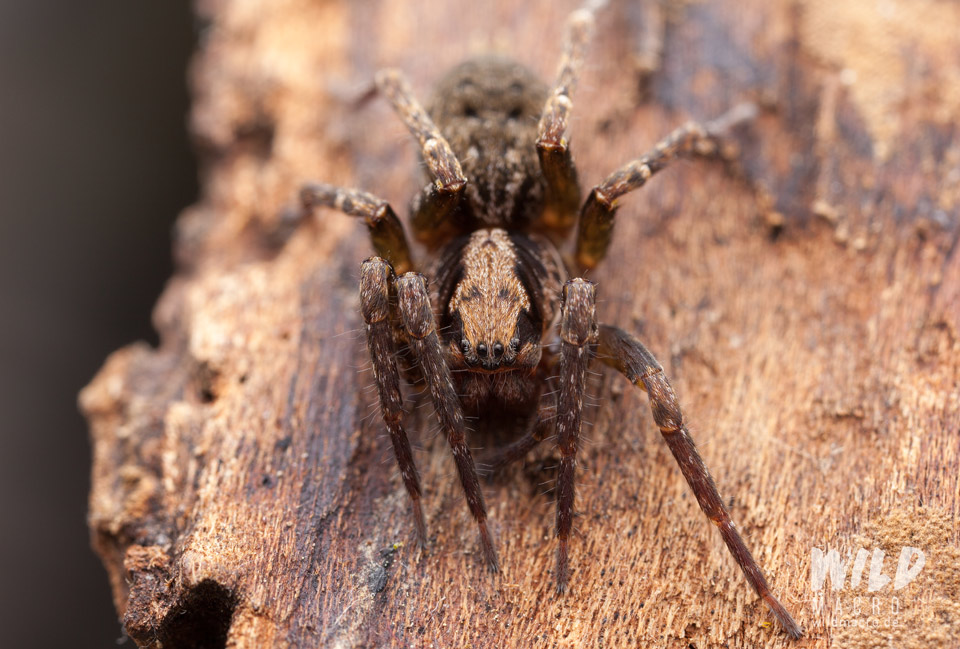

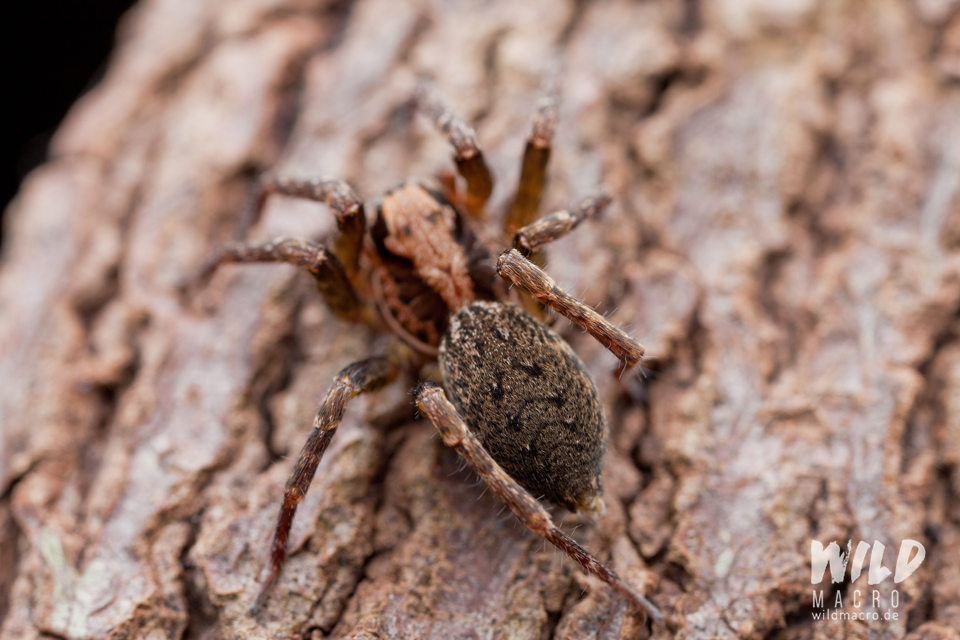
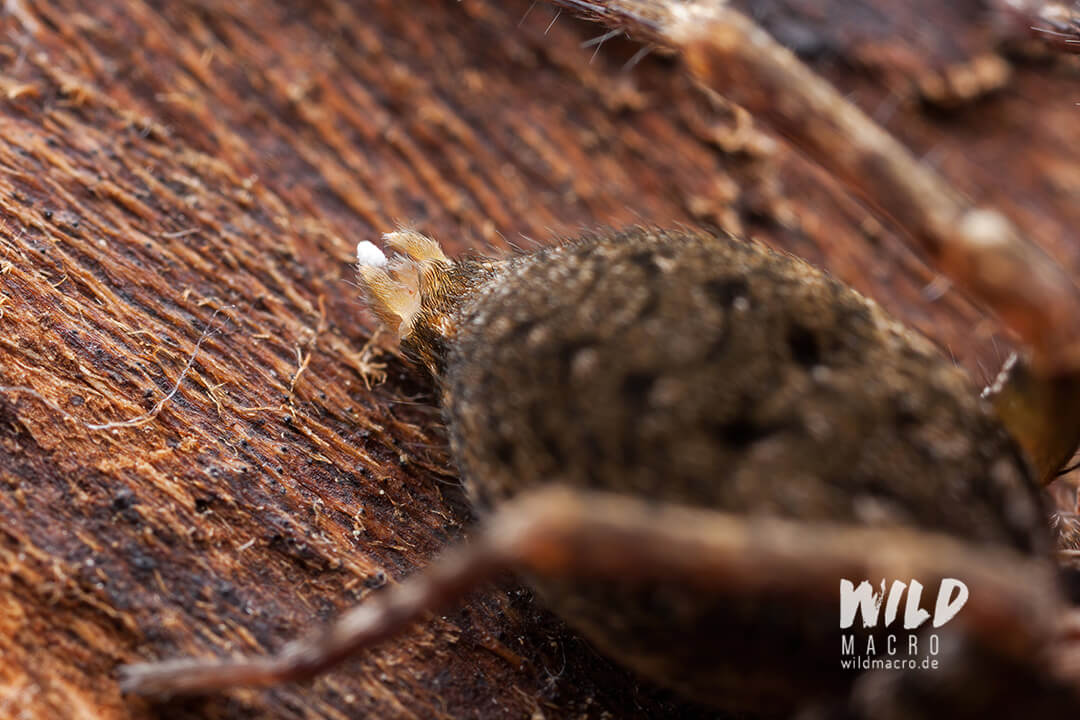
Tmarus sp.
Tmarus, a genus of crab spiders in the family Thomisidae, have a distinct eye pattern and are often long-bodied and cryptically coloured.
While resting, these spiders stretch their legs to the front and press themselves flat to the surface they sit on.
Looking at the coloration alone, I am guessing Tmarus africanus or maybe Tmarus comellinii.
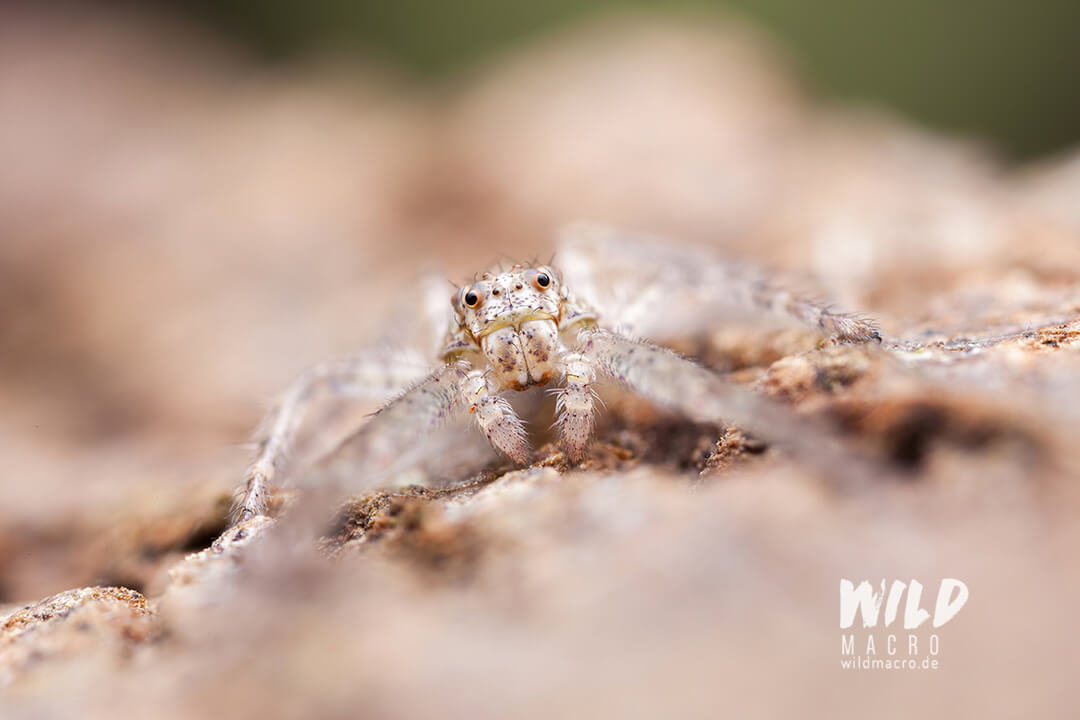
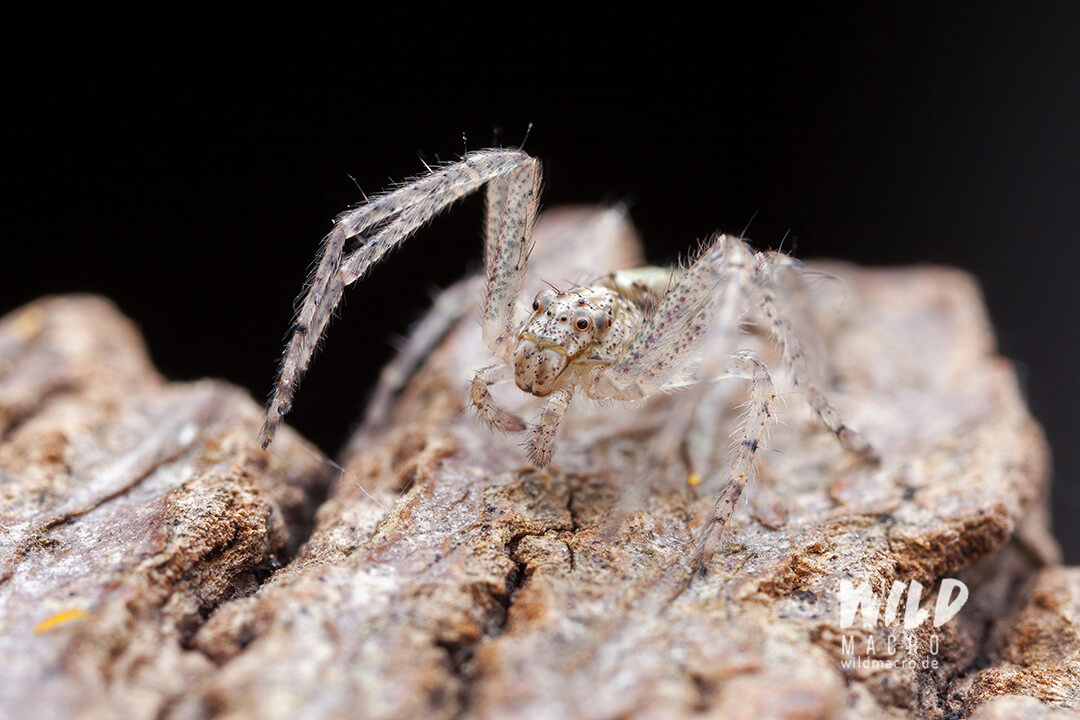
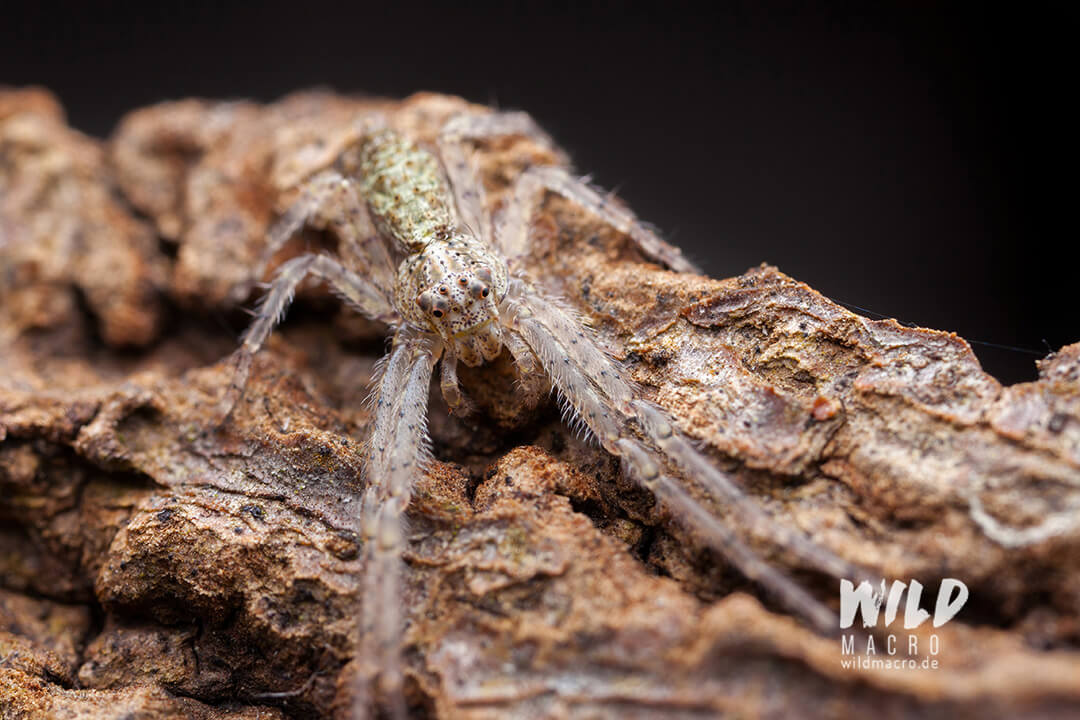
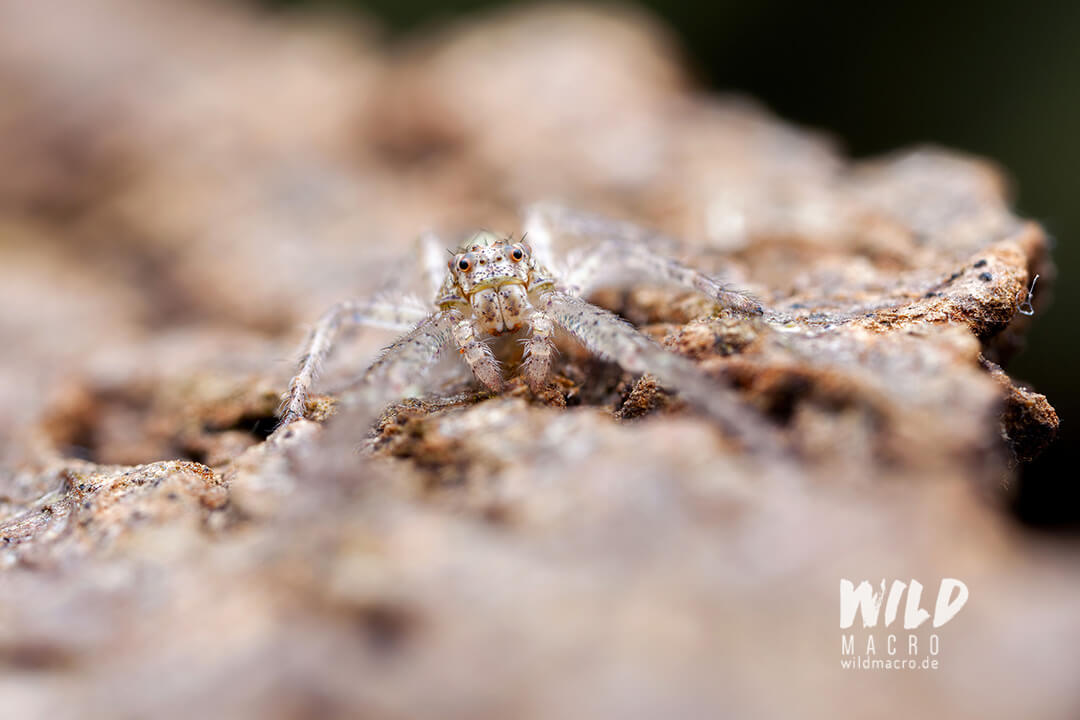
Argiope australis male
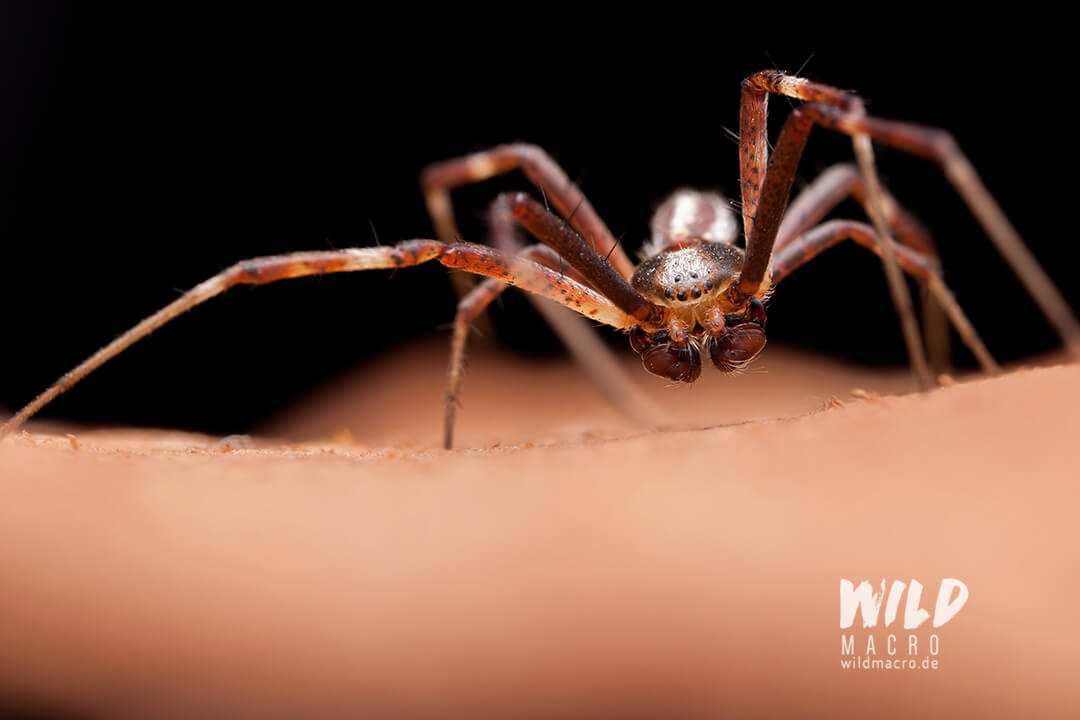
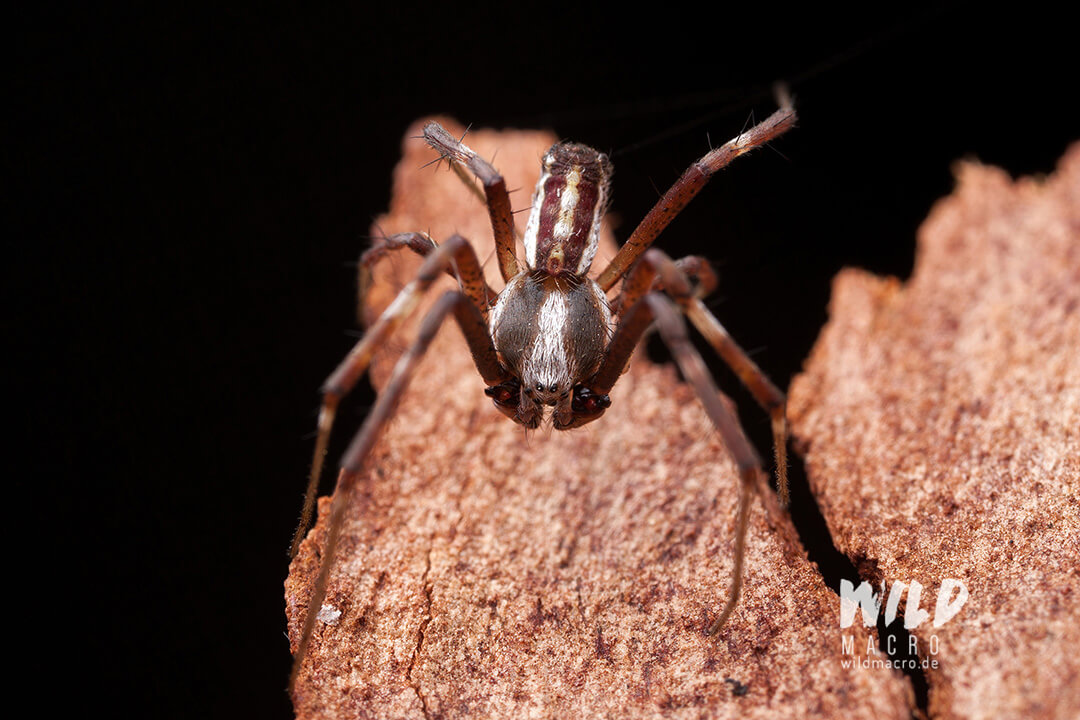
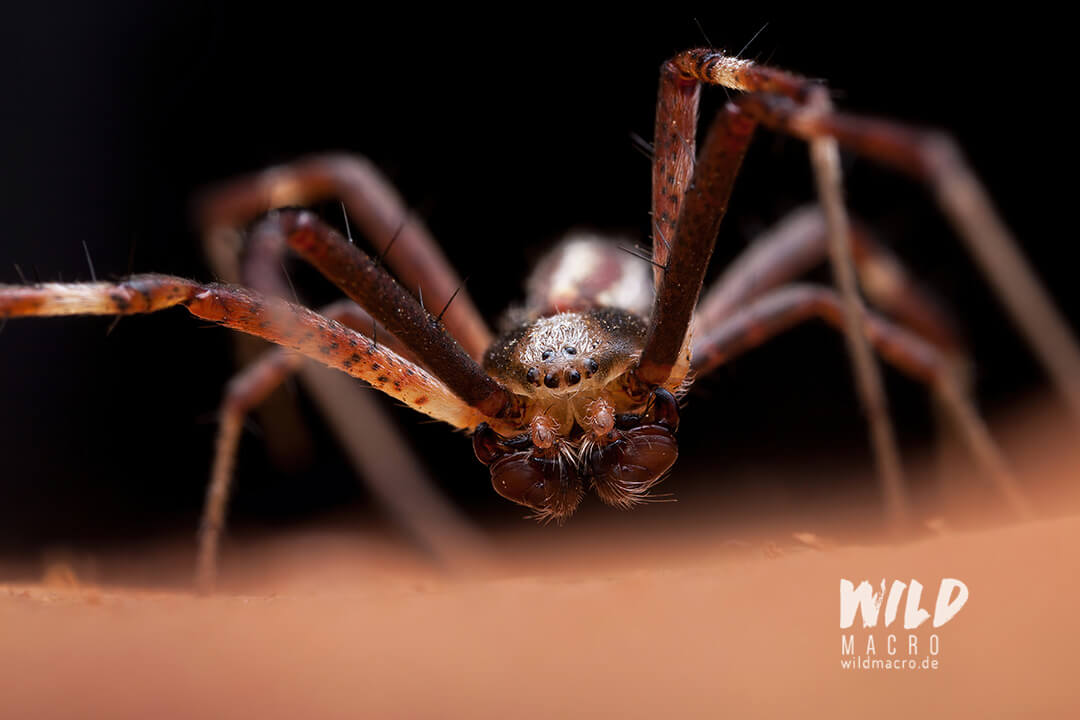
Various other spiders
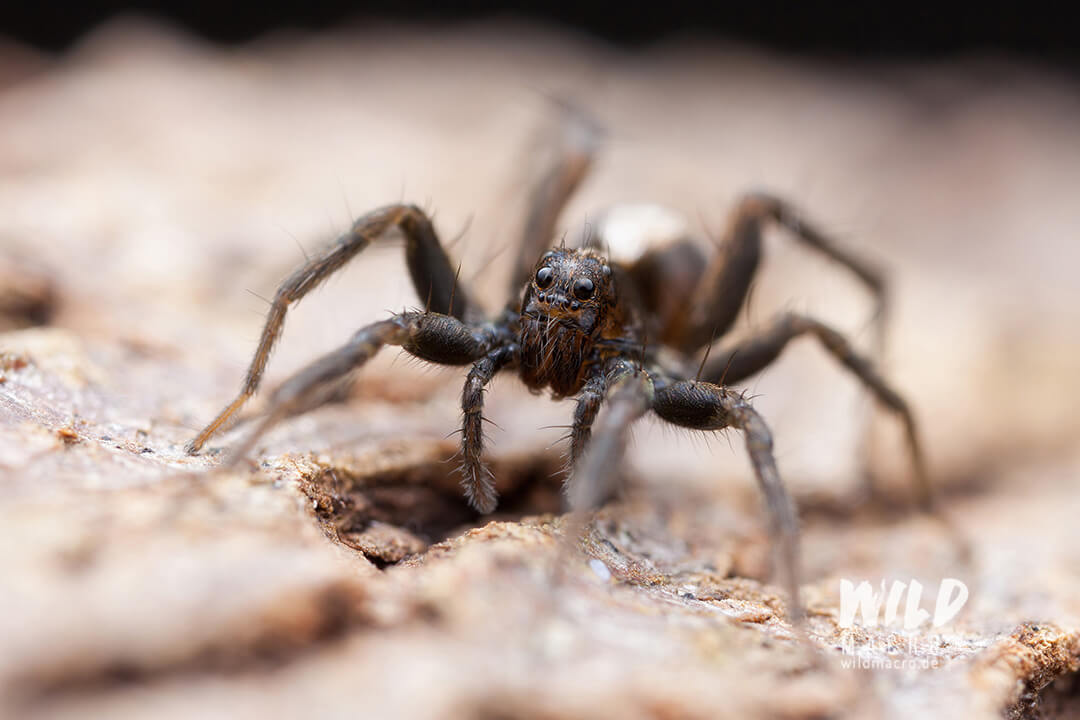
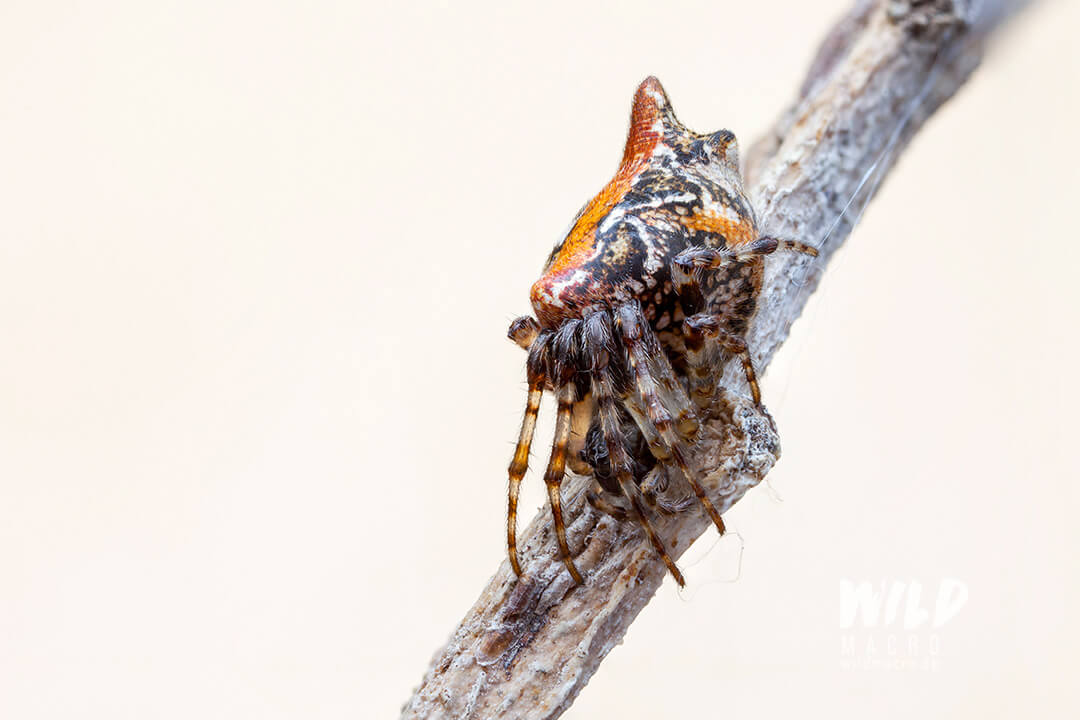
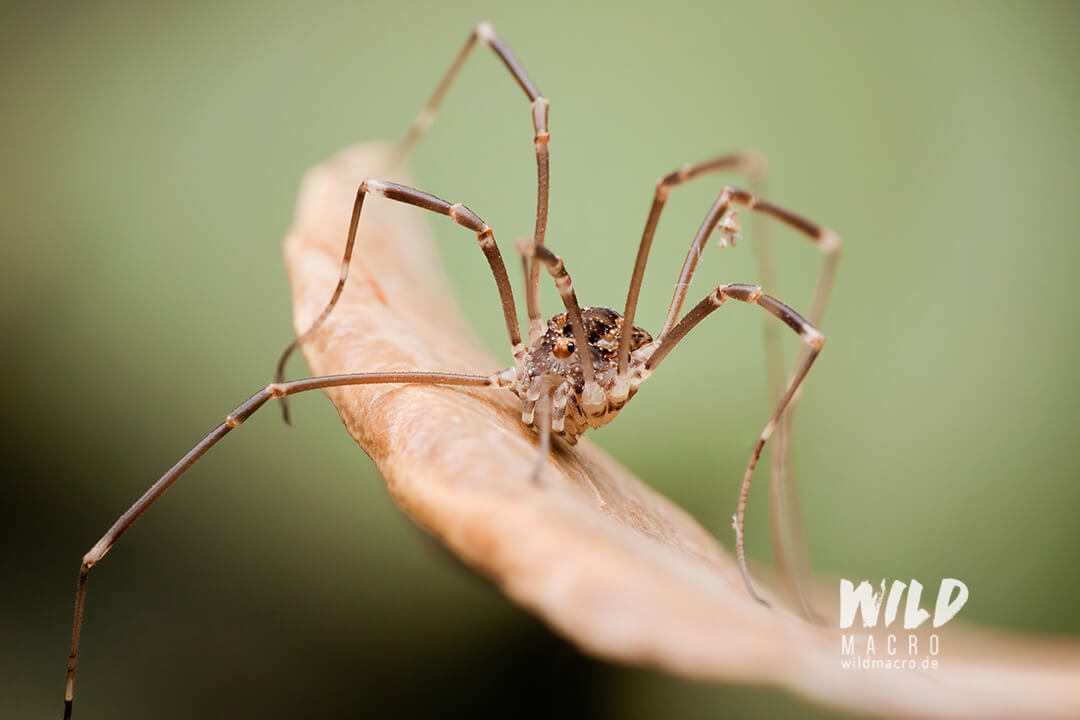
Various other invertebrates
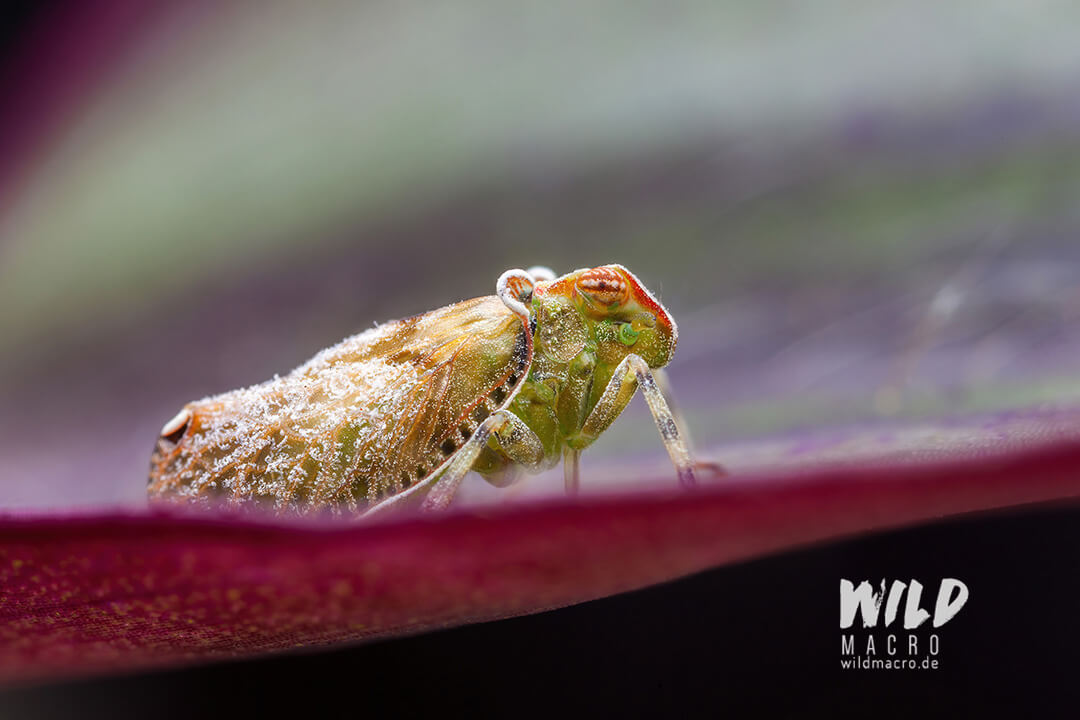
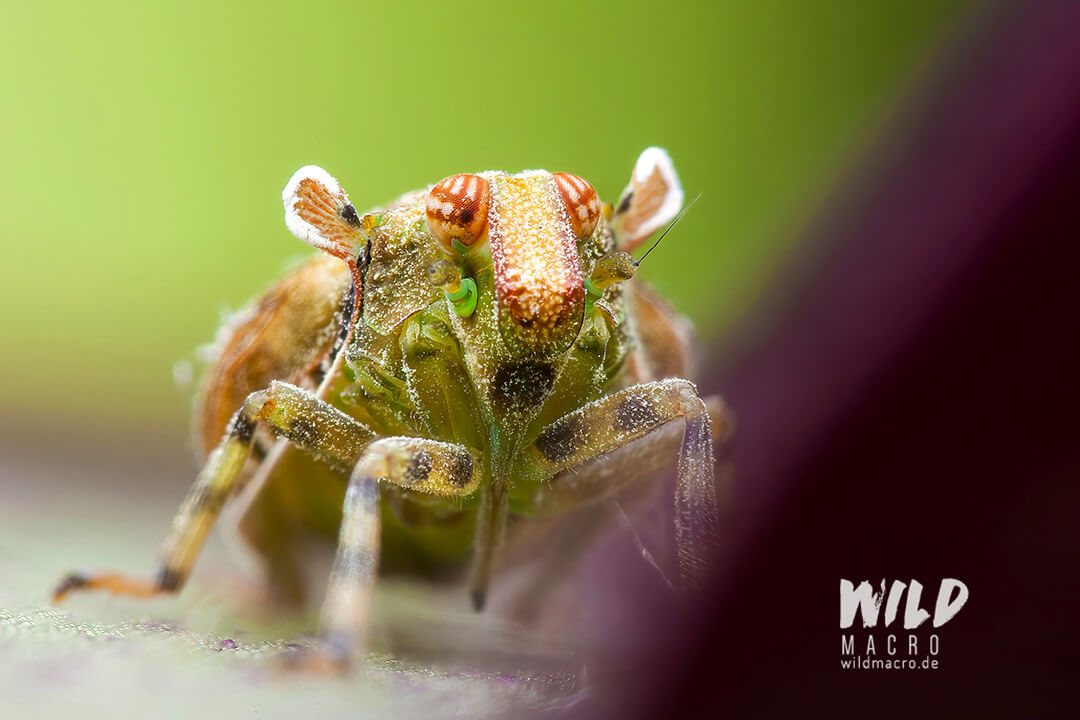
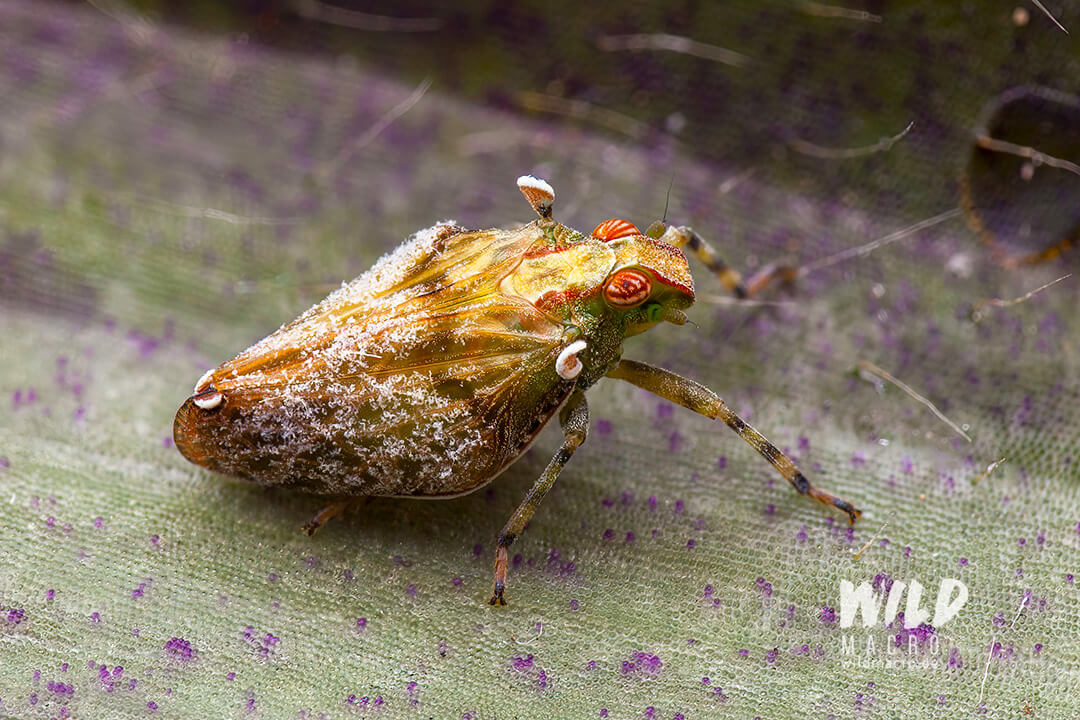
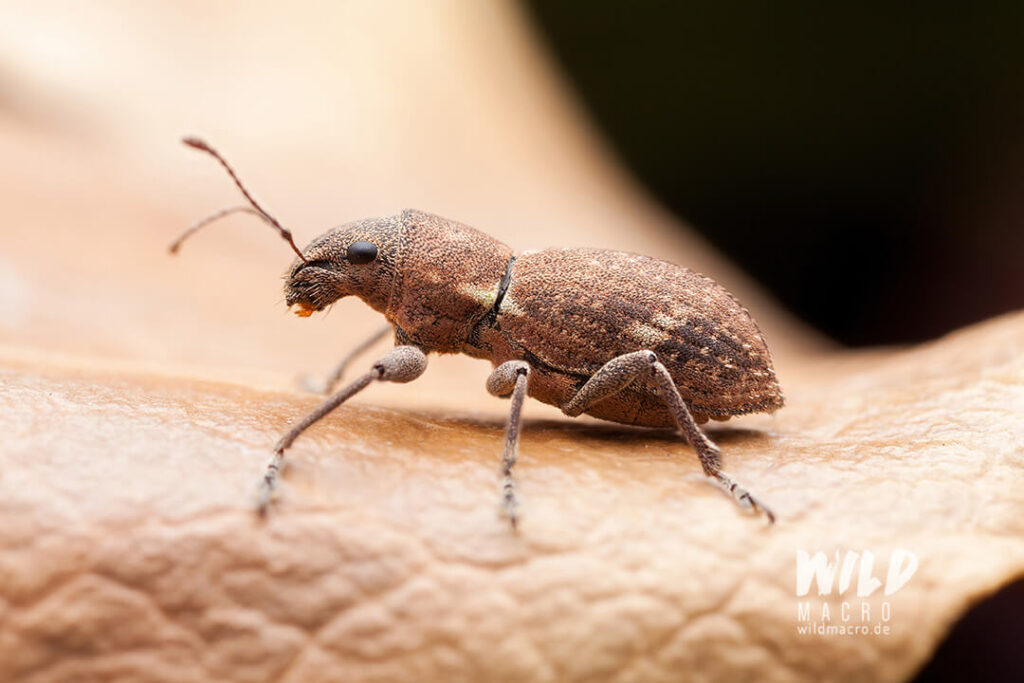
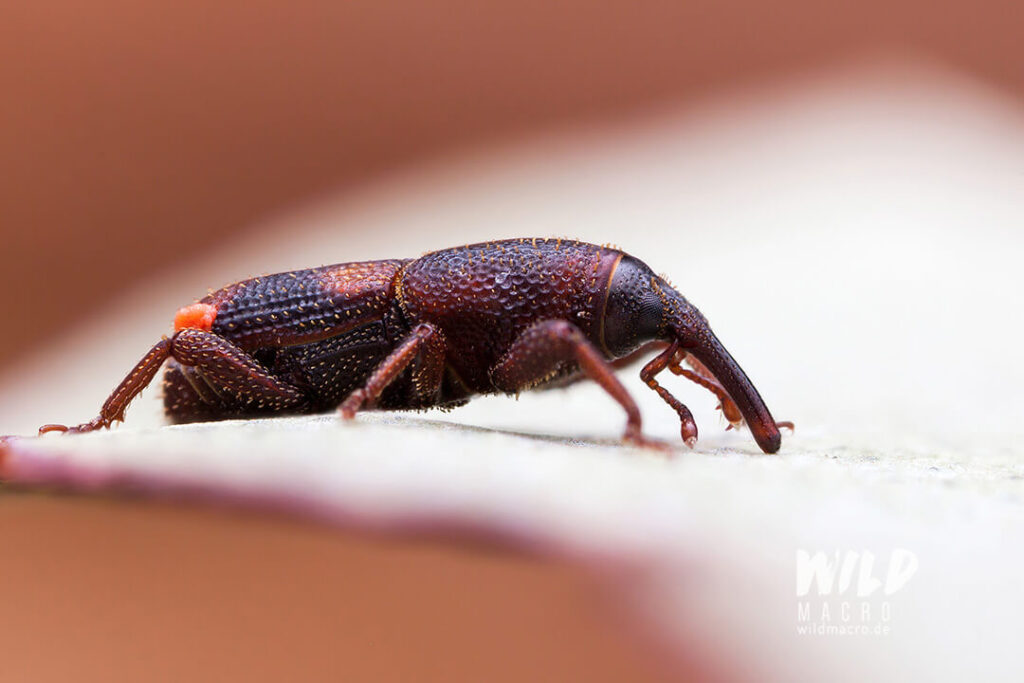
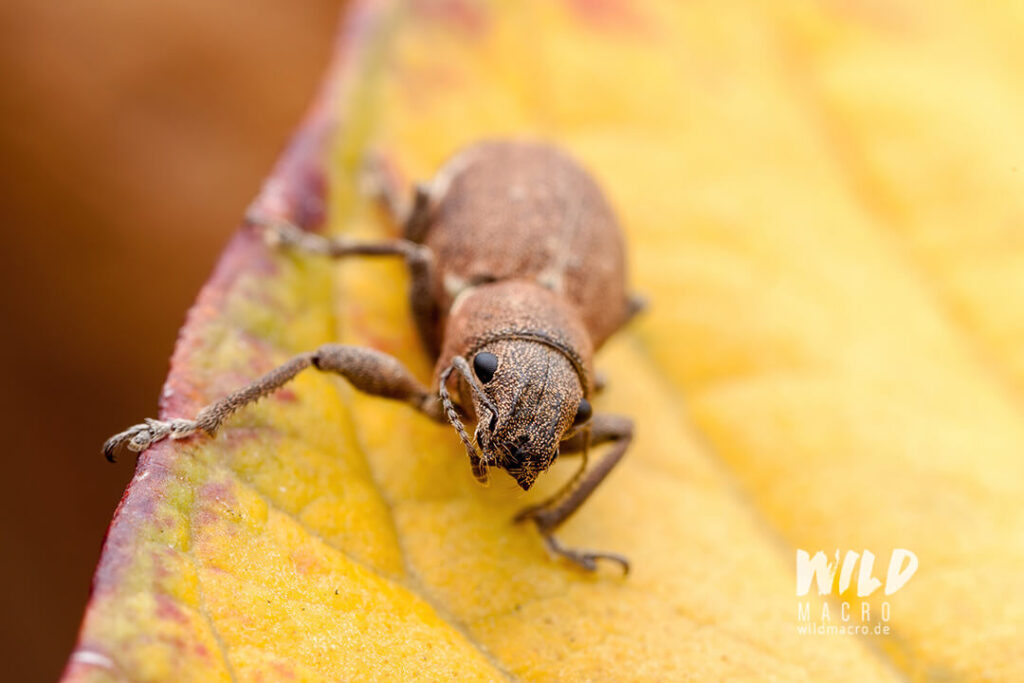
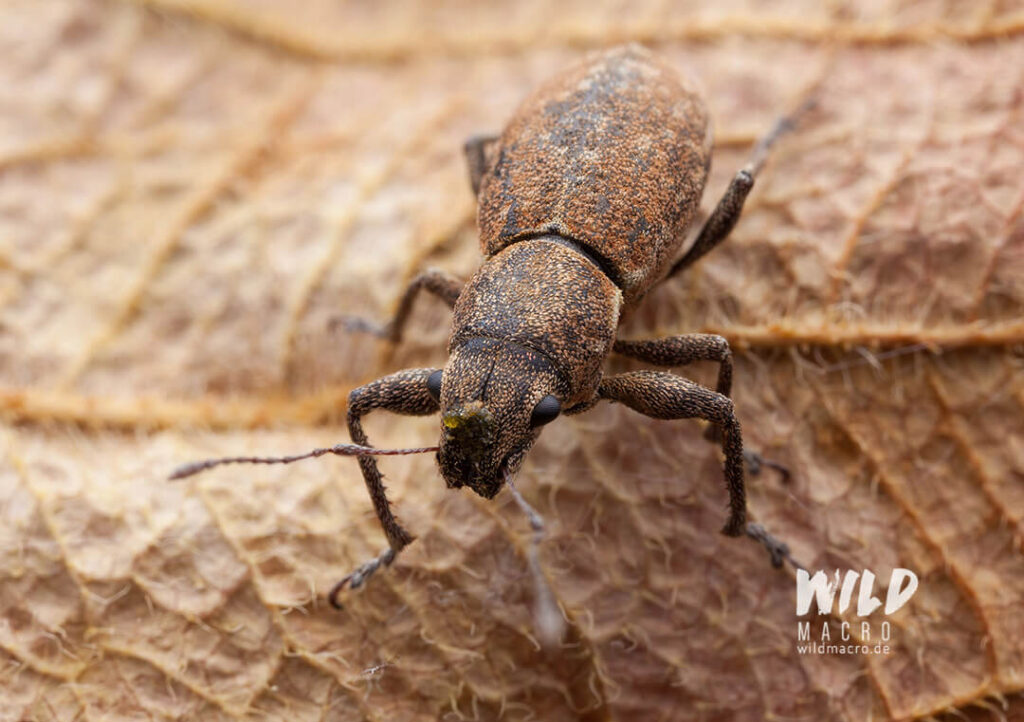
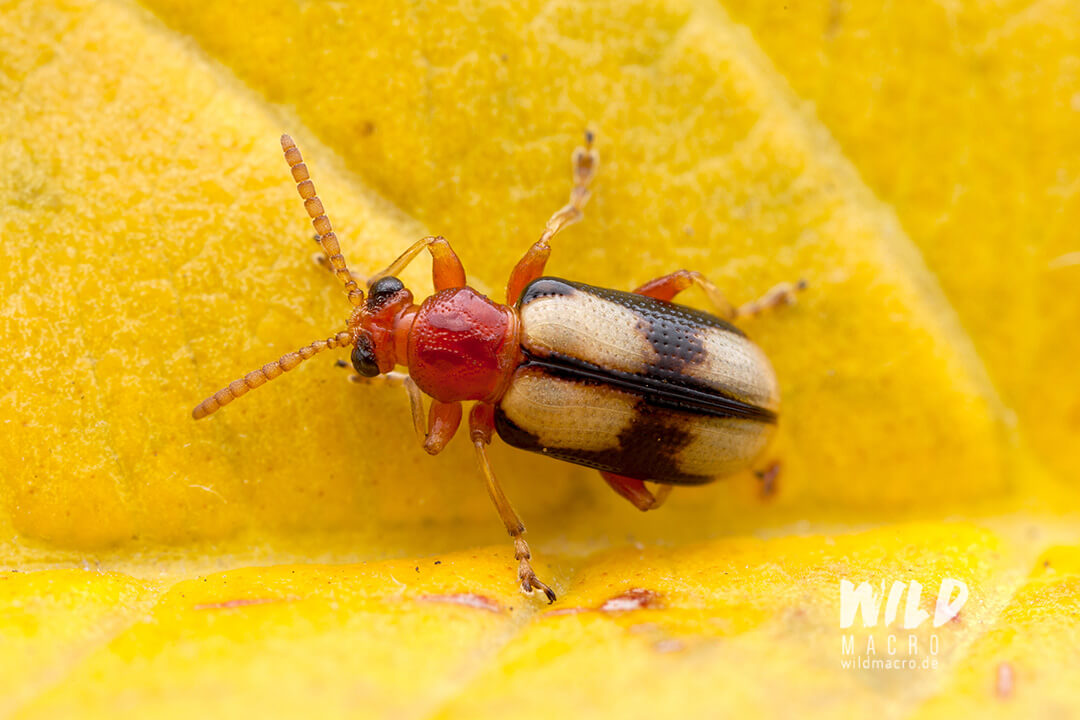
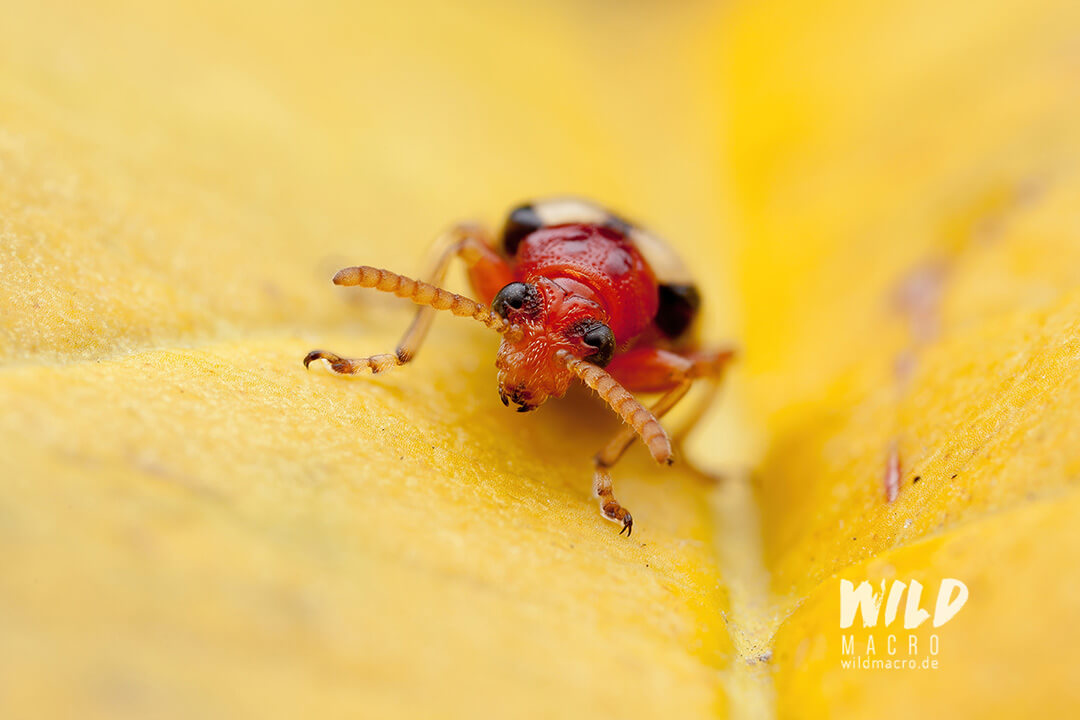
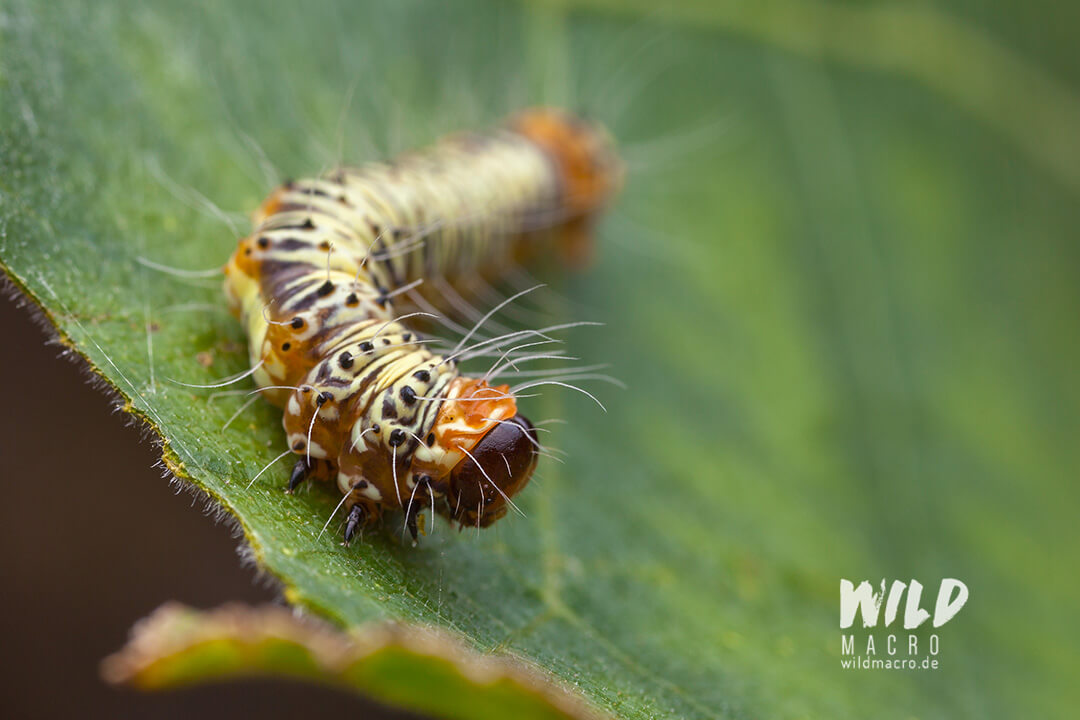
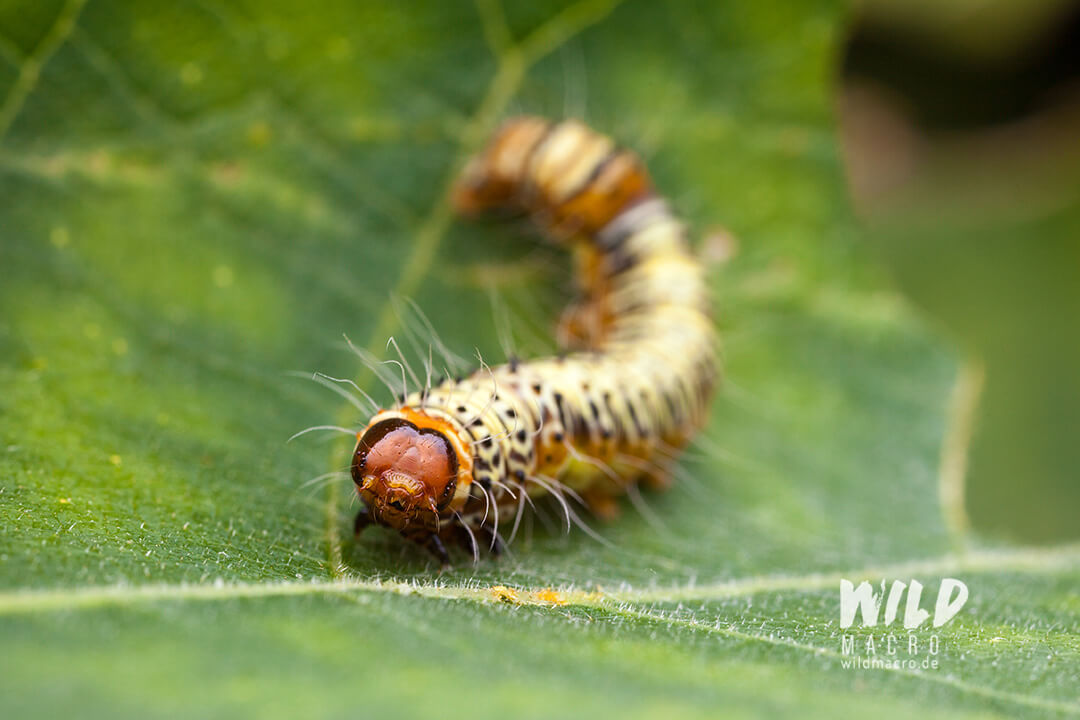
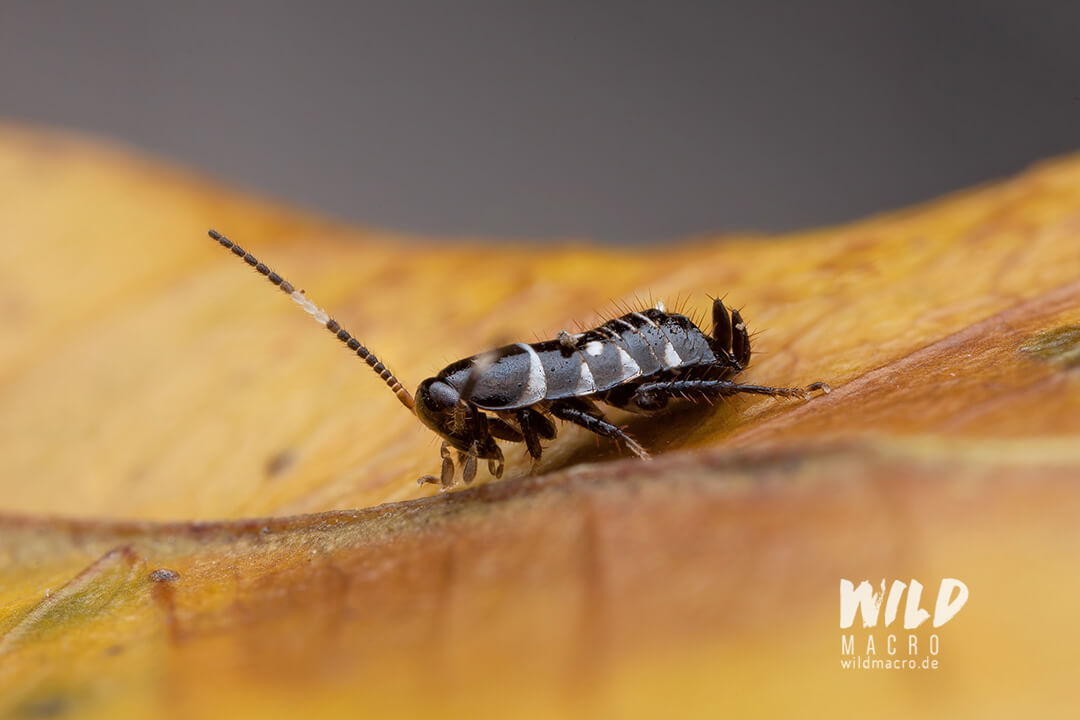
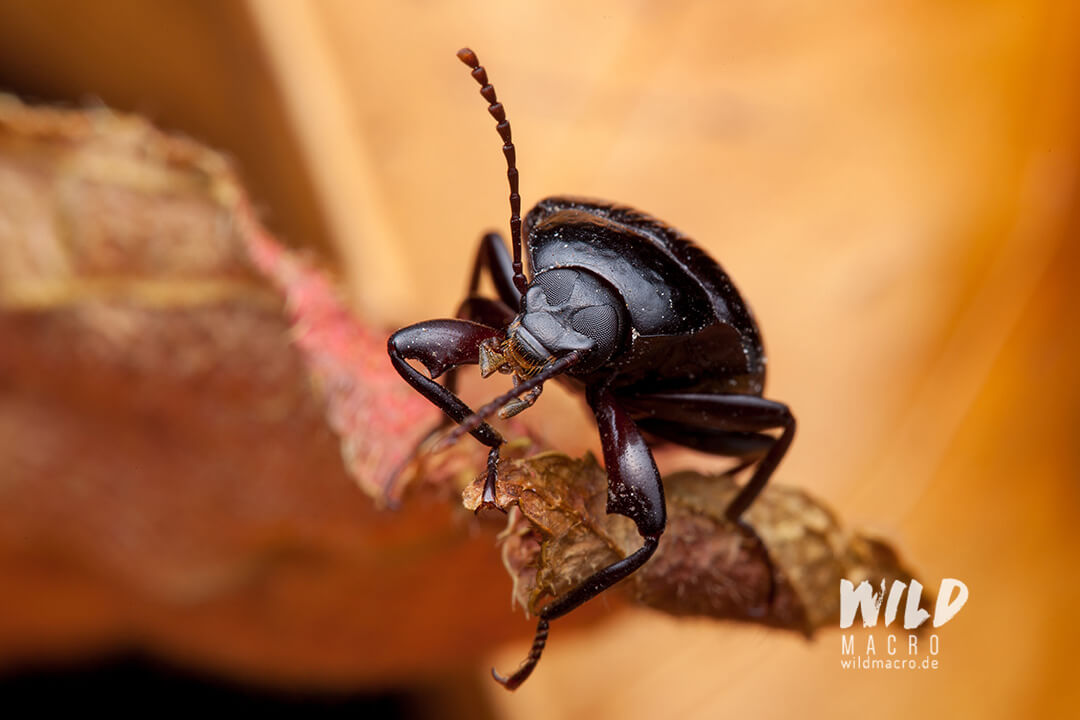
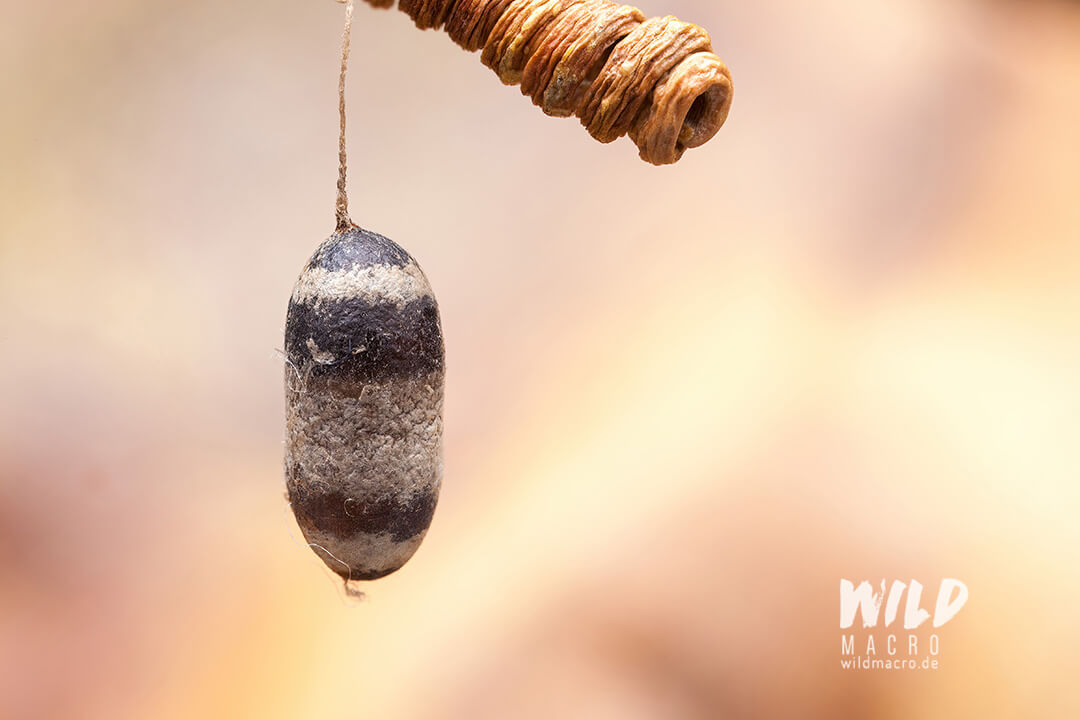
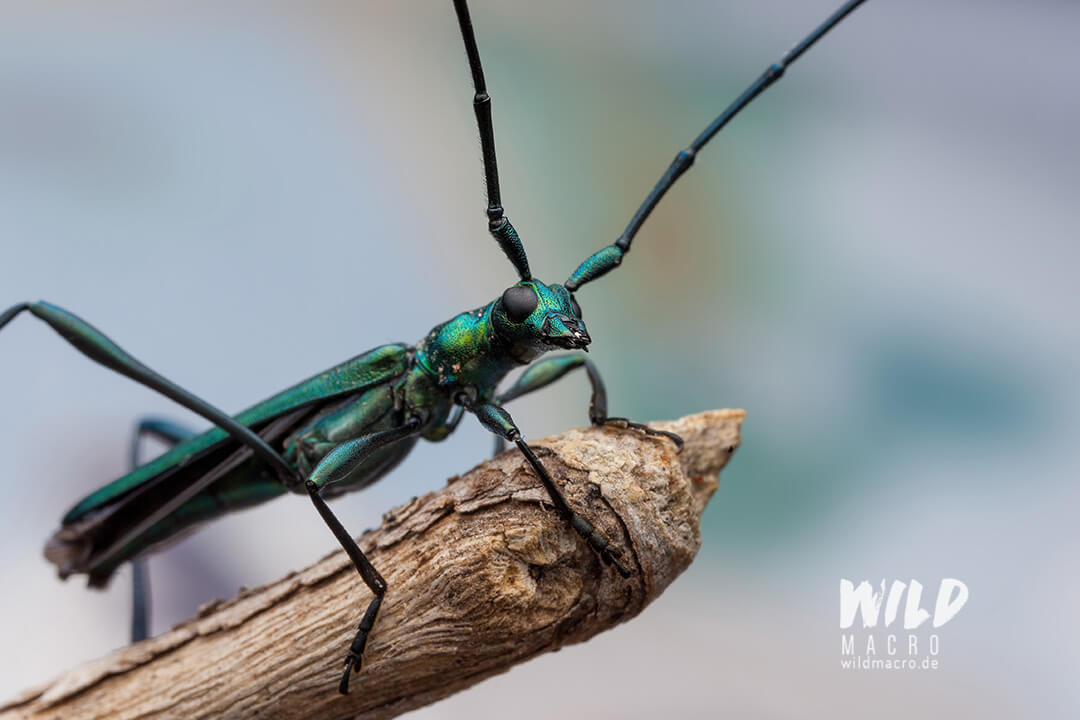
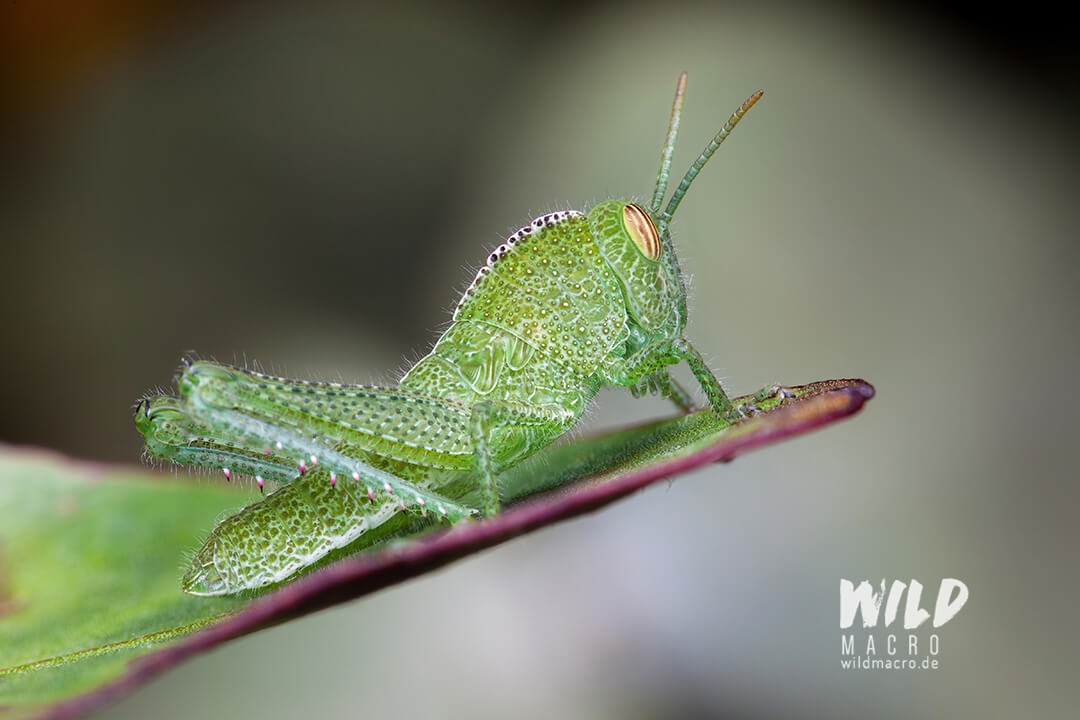
Acrida sp. Grasshopper
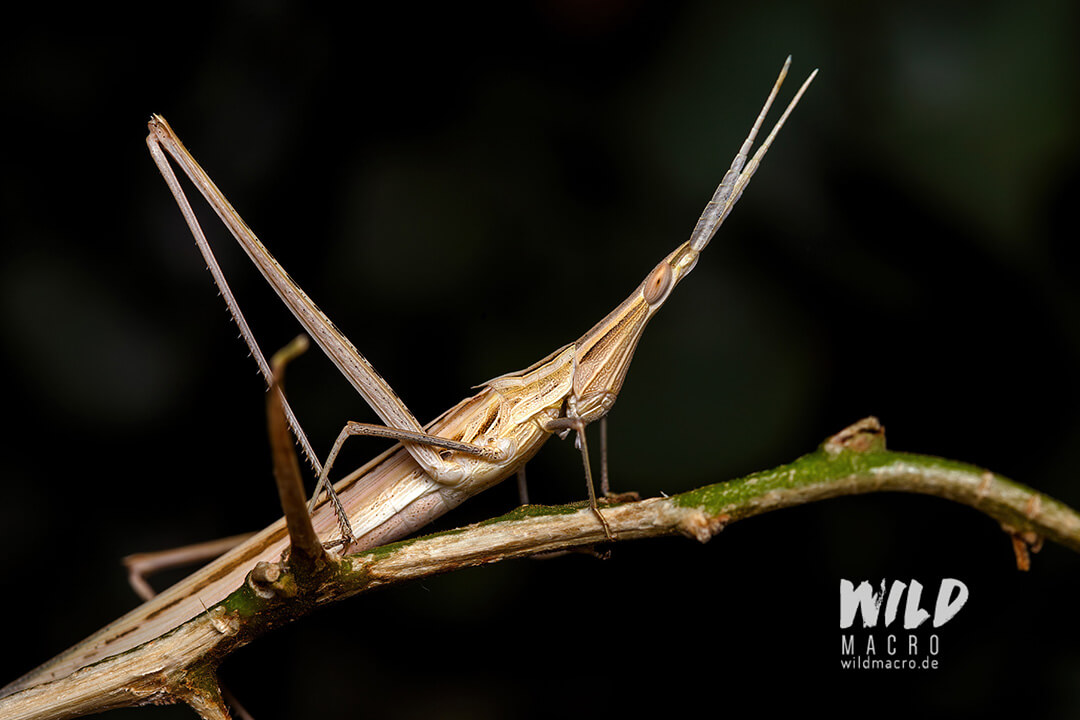
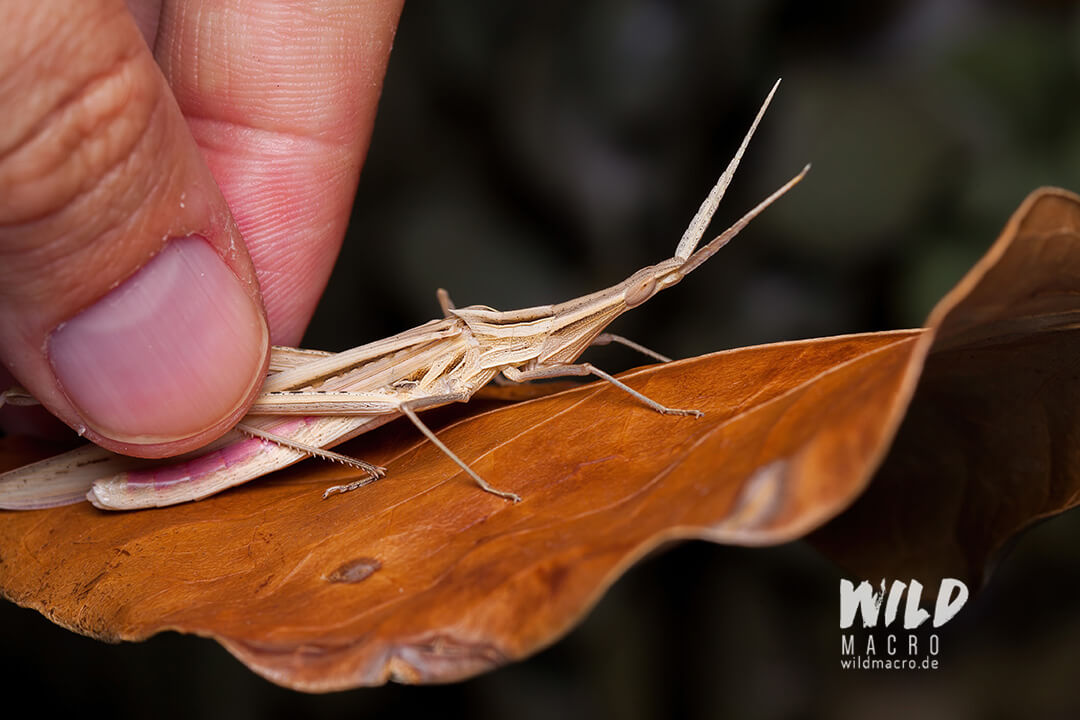
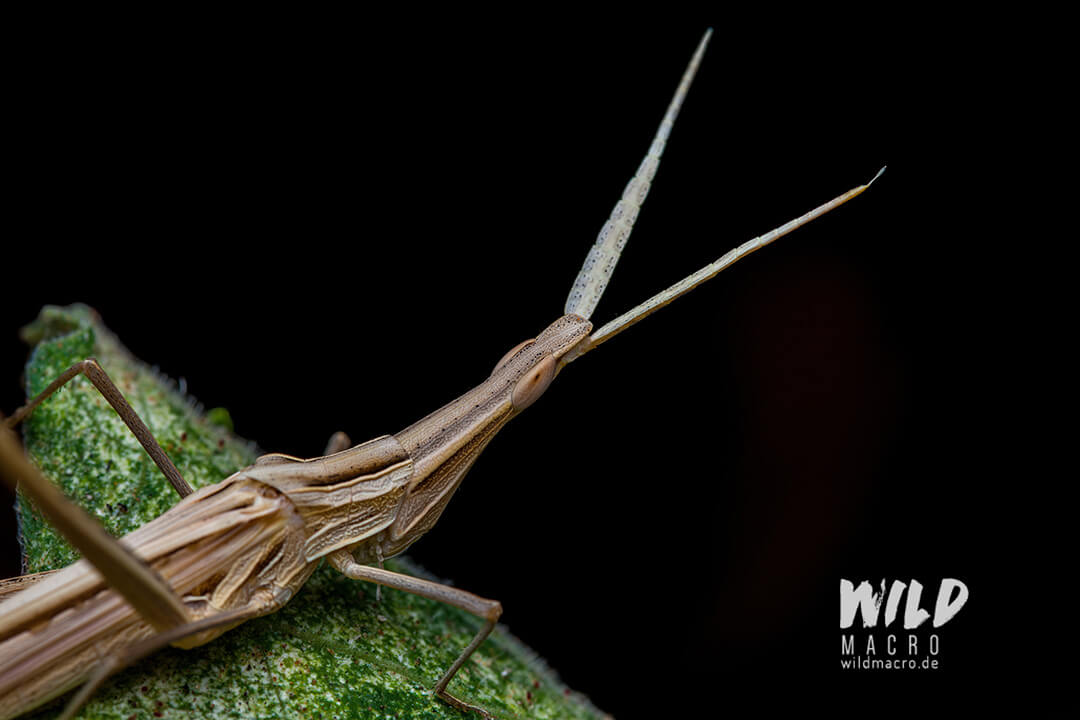
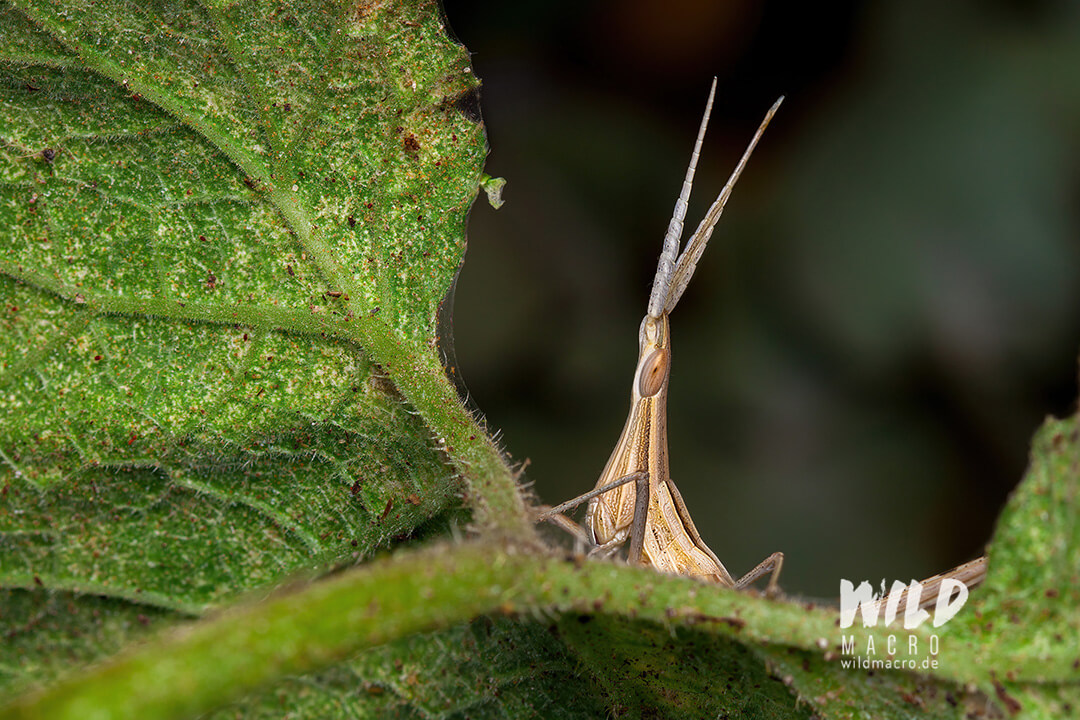
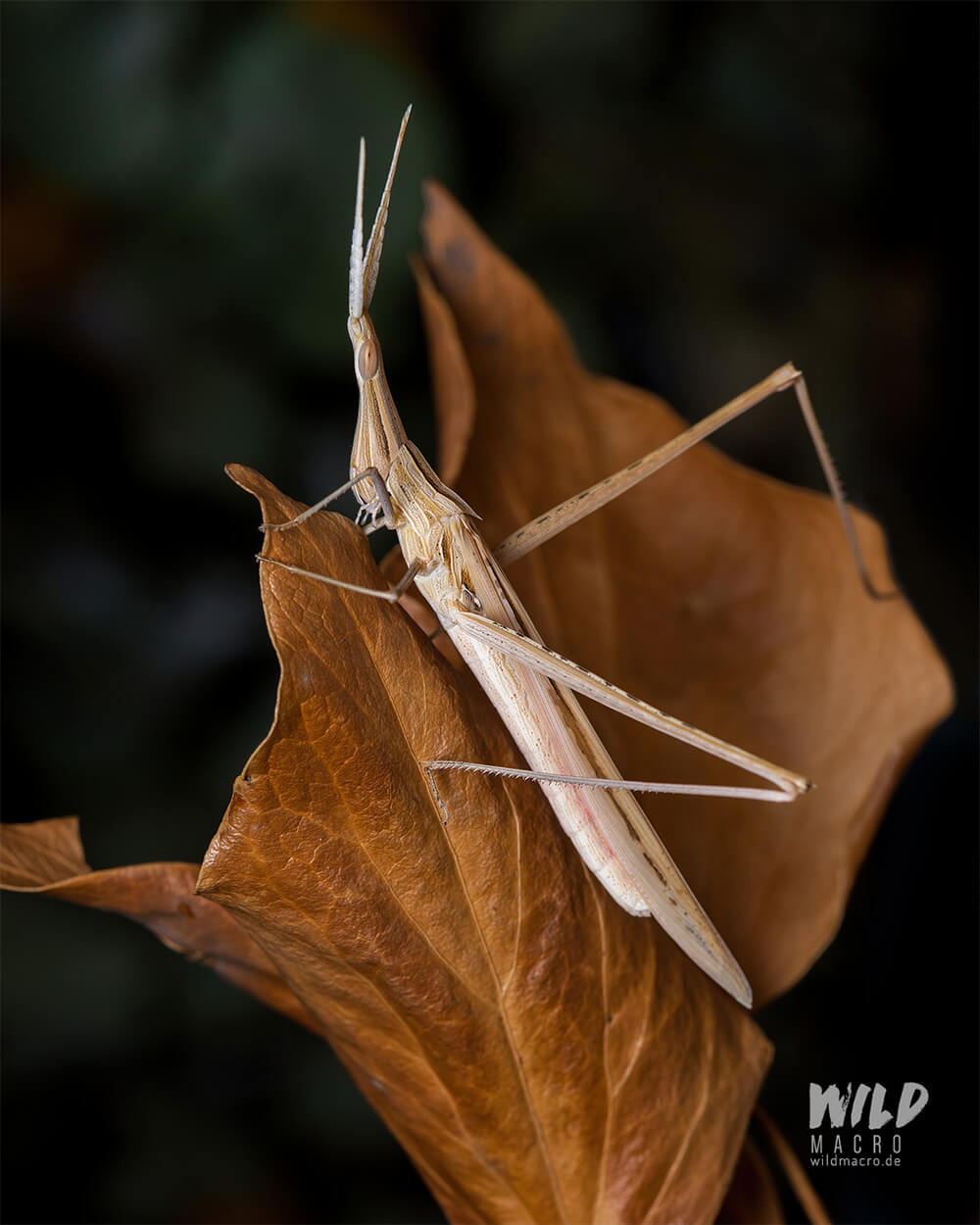
More wide angle macro with the Laowa 15mm f4
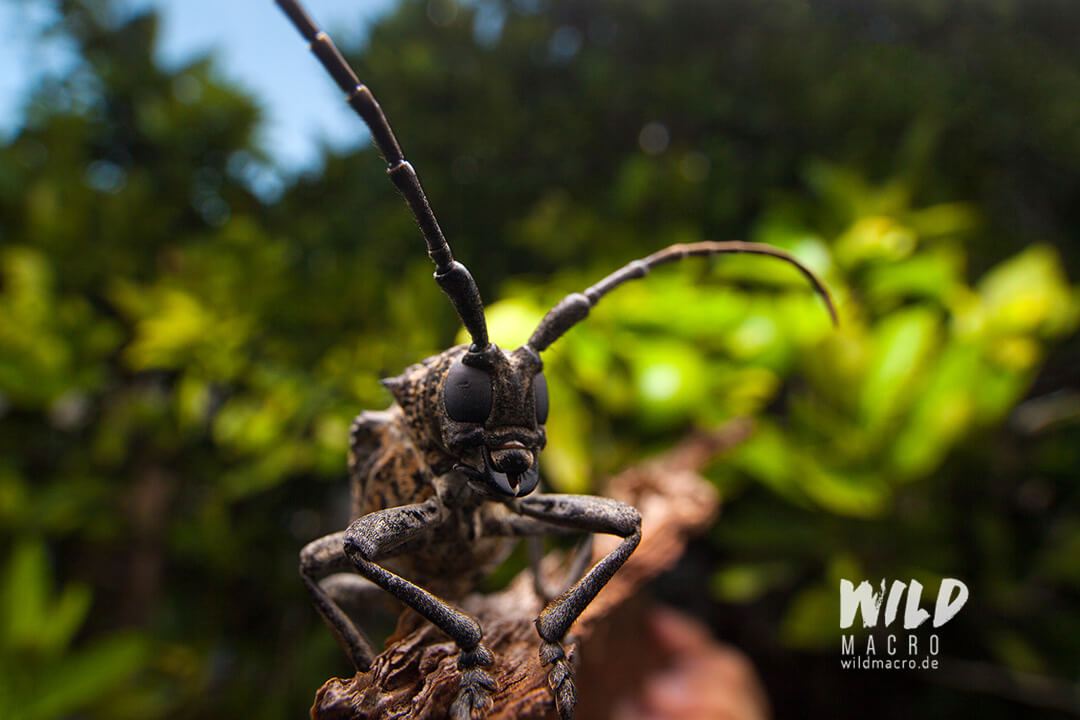
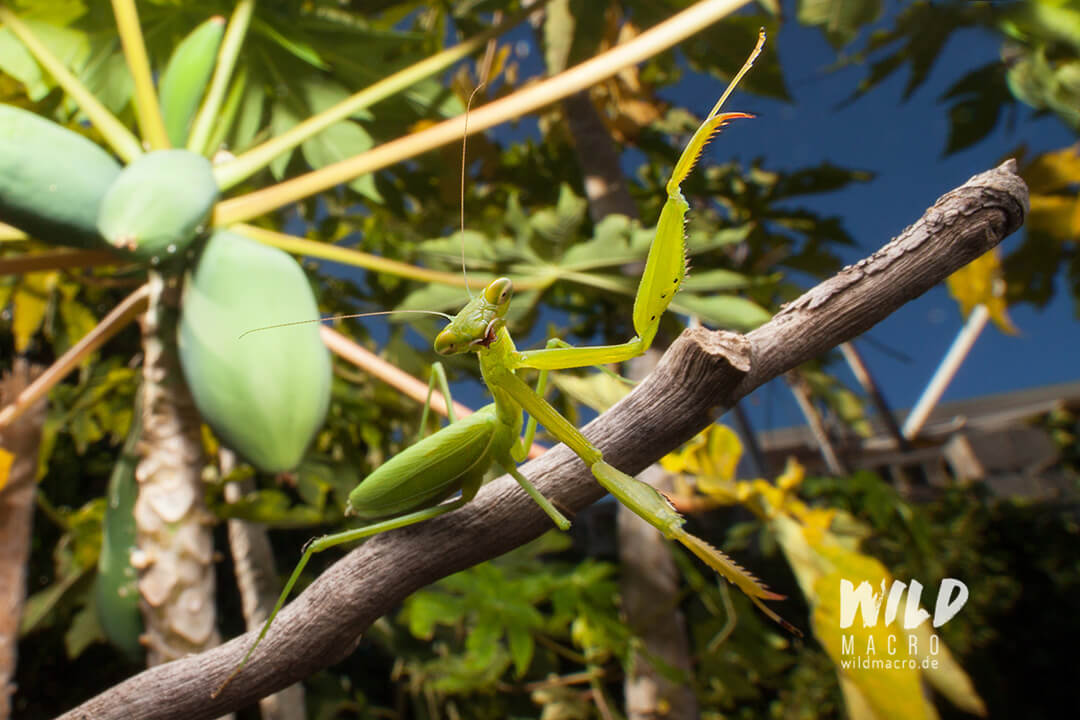
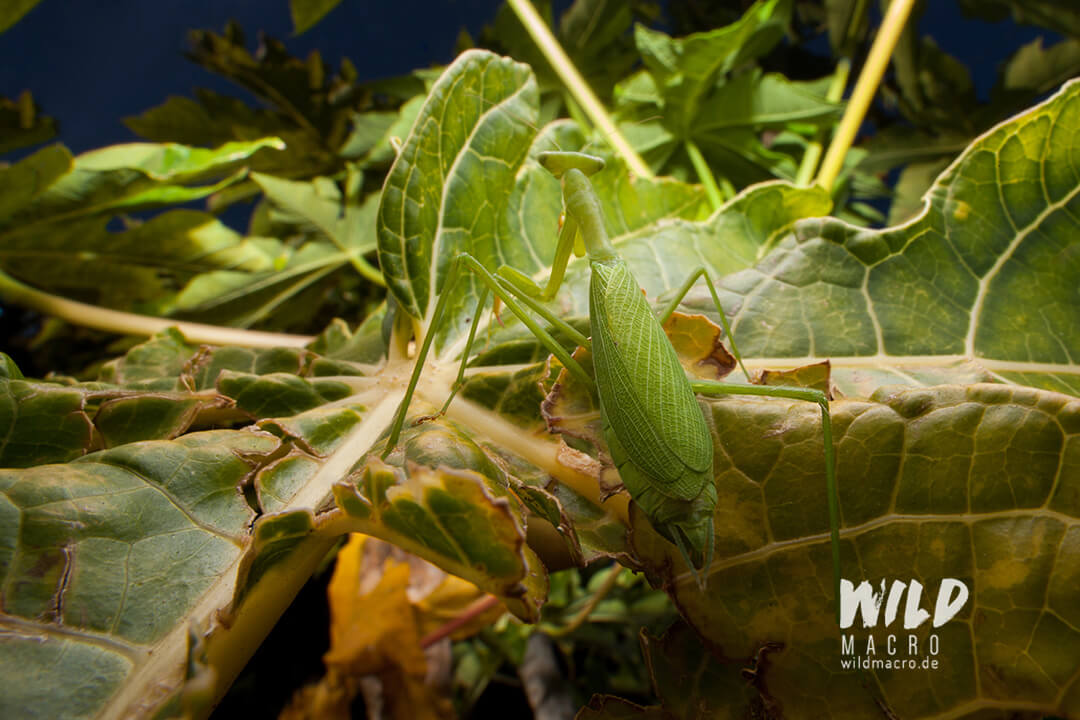
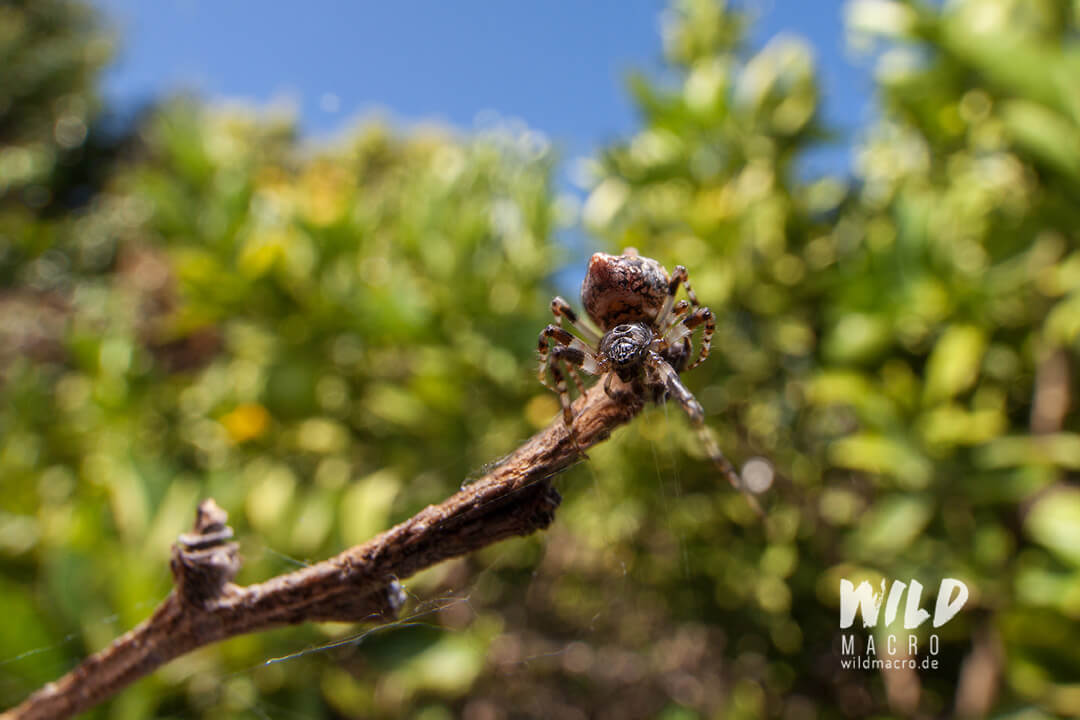
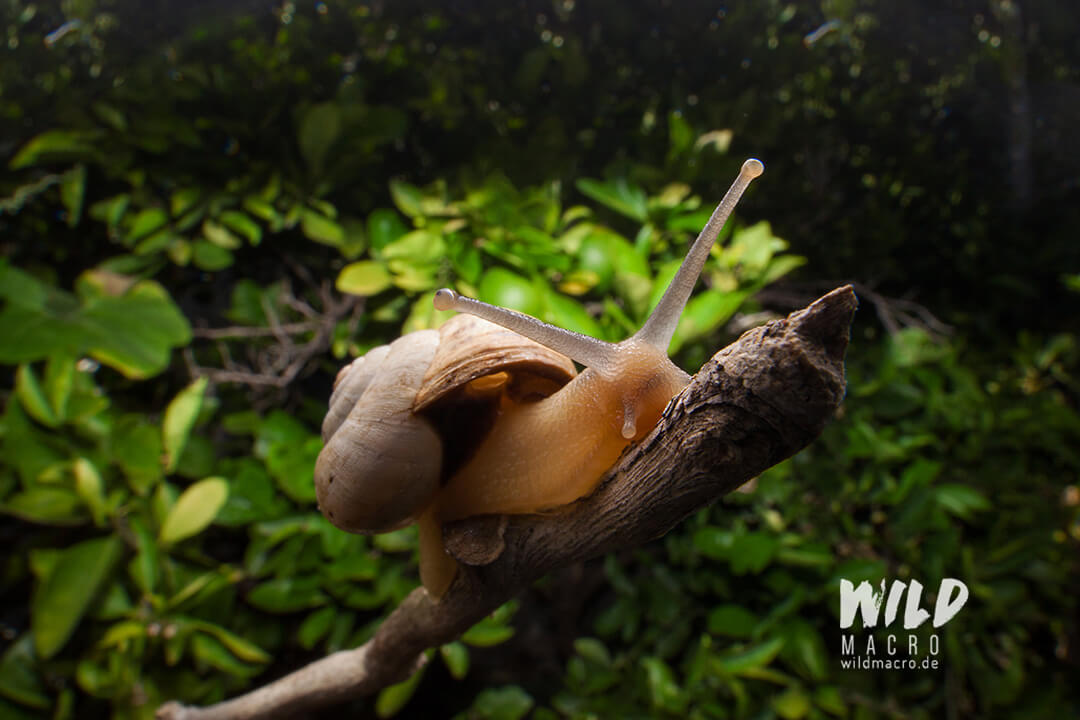
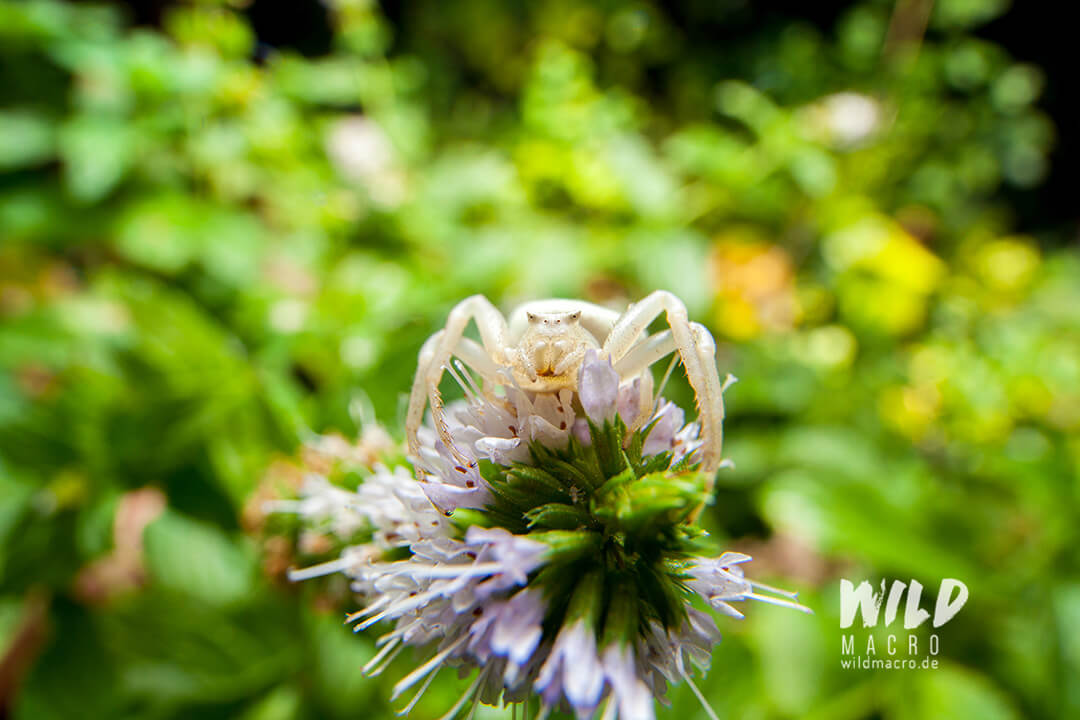
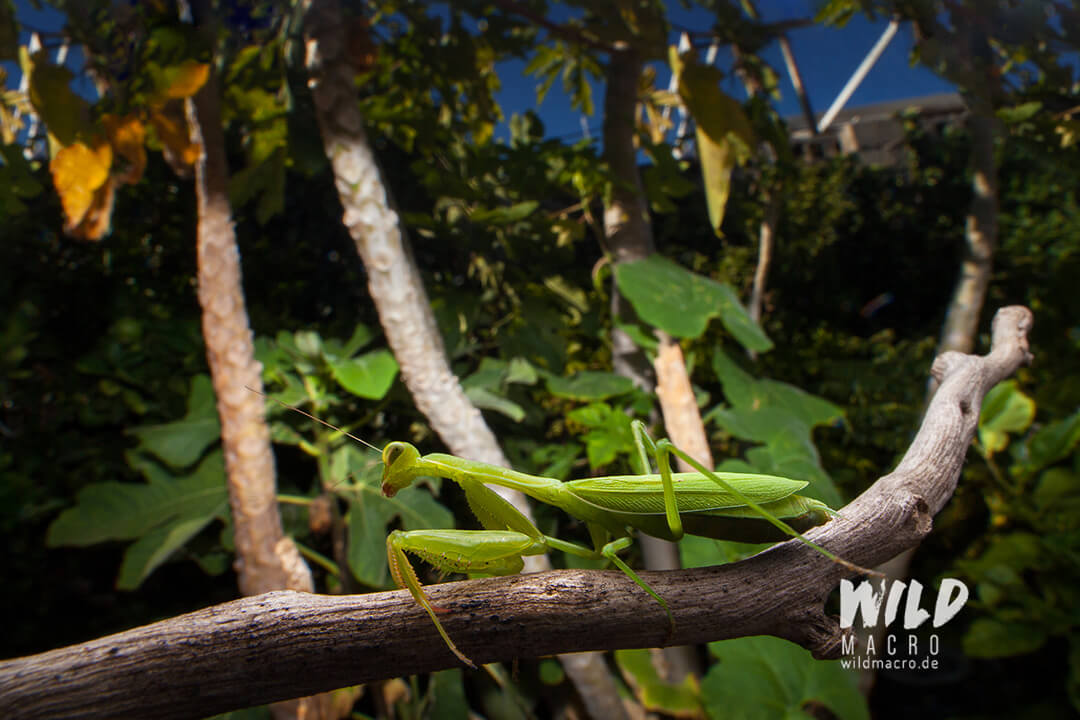
Gear
For these photos I used a Canon 5D Mark II with the Canon Mp-E65 and the Laowa 15mm f/4.
The Godox V1 flash was paired with custom made macro diffusers.
Conclusion
The 2020 South Africa trip had a lot of memorable events and findings.
Despite having only a few opportunities to photograph, I was very pleased with the results.
A stand-out experience was the night trip with Norman and it was a real pleasure meeting and discussing so many species with him.
Update: we met again in 2023 and went to look for the bark spiders in Newland forest.
You can read more about that memorable night trip in the South Africa 2023 recap article, here.
See you again soon, hopefully, my beloved Cape Town.
More Macro Photography in South Africa / Cape Town
Sign up for the newsletter mailing list & free ebook

Did you enjoy these tips and want to learn more or improve your macro photography skills?
Stay up to date with new blog posts, reviews and tutorial- and ebook-releases.
Sign up below to get notified when the free edition of my ebook
‘How to master spider & insect macro photography’ is ready for download.



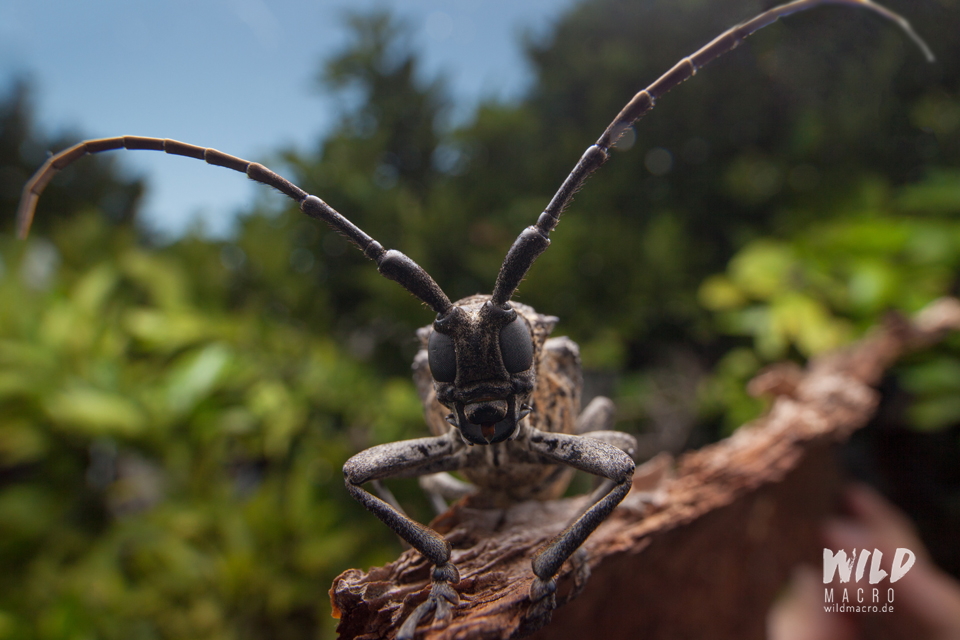

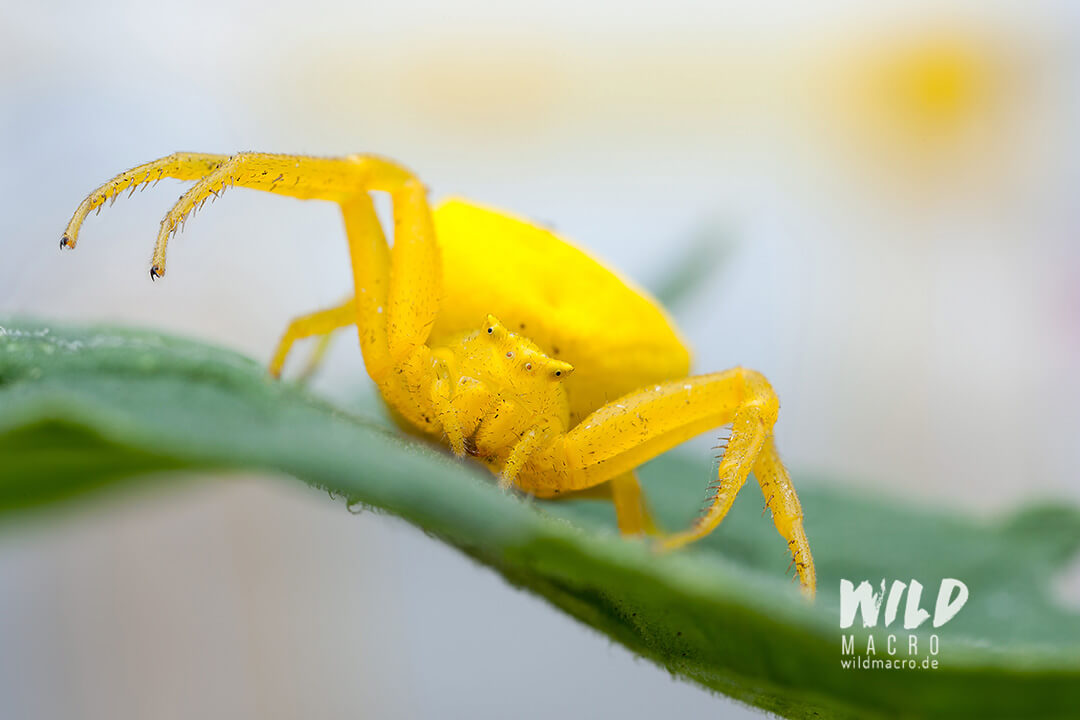
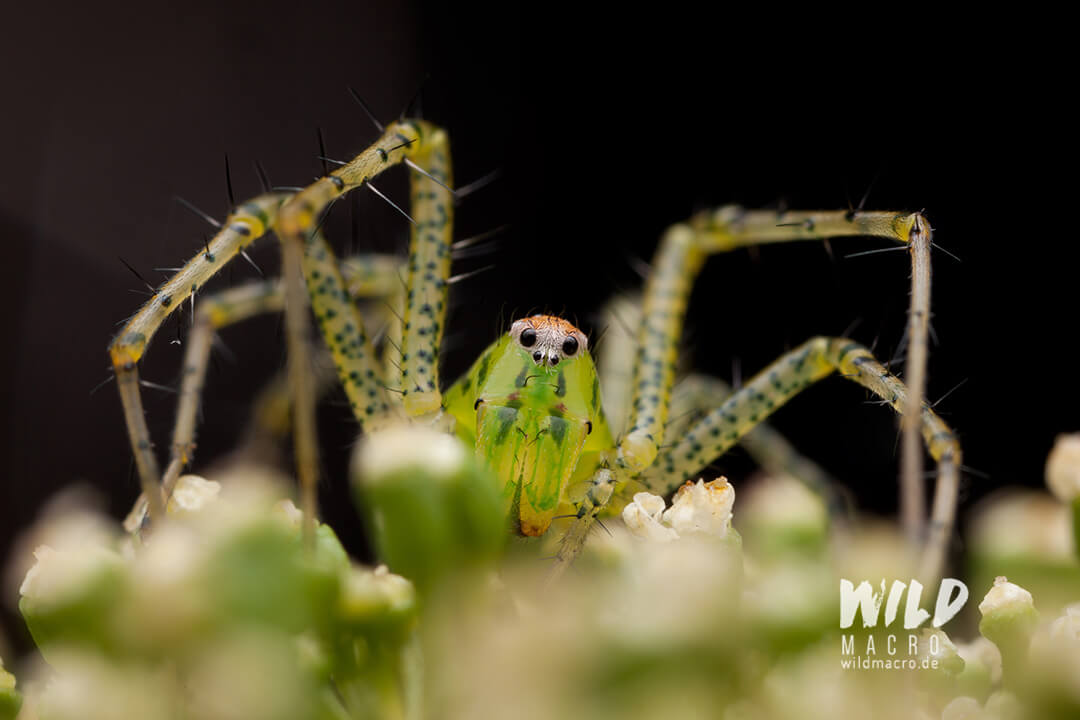
No Comments